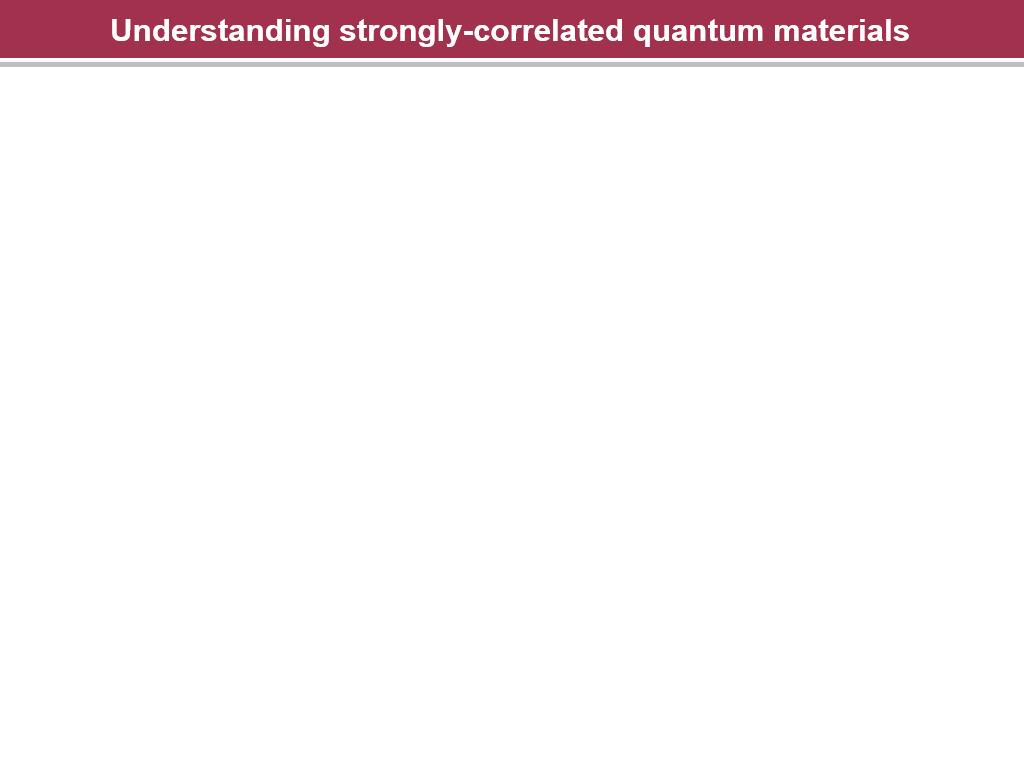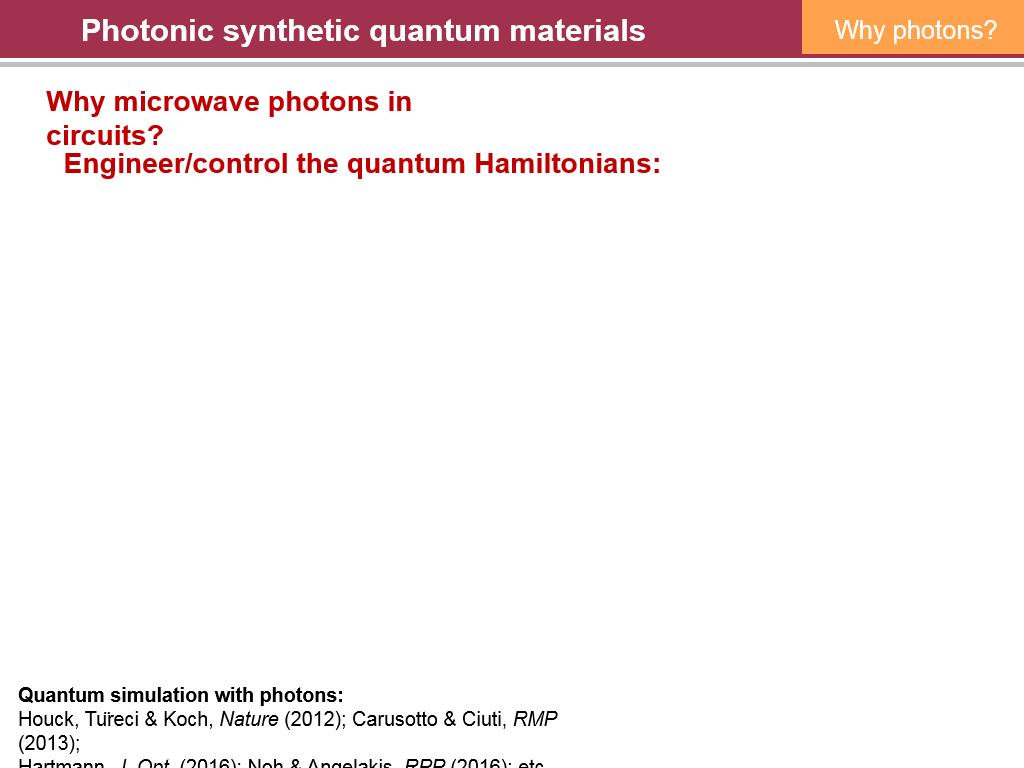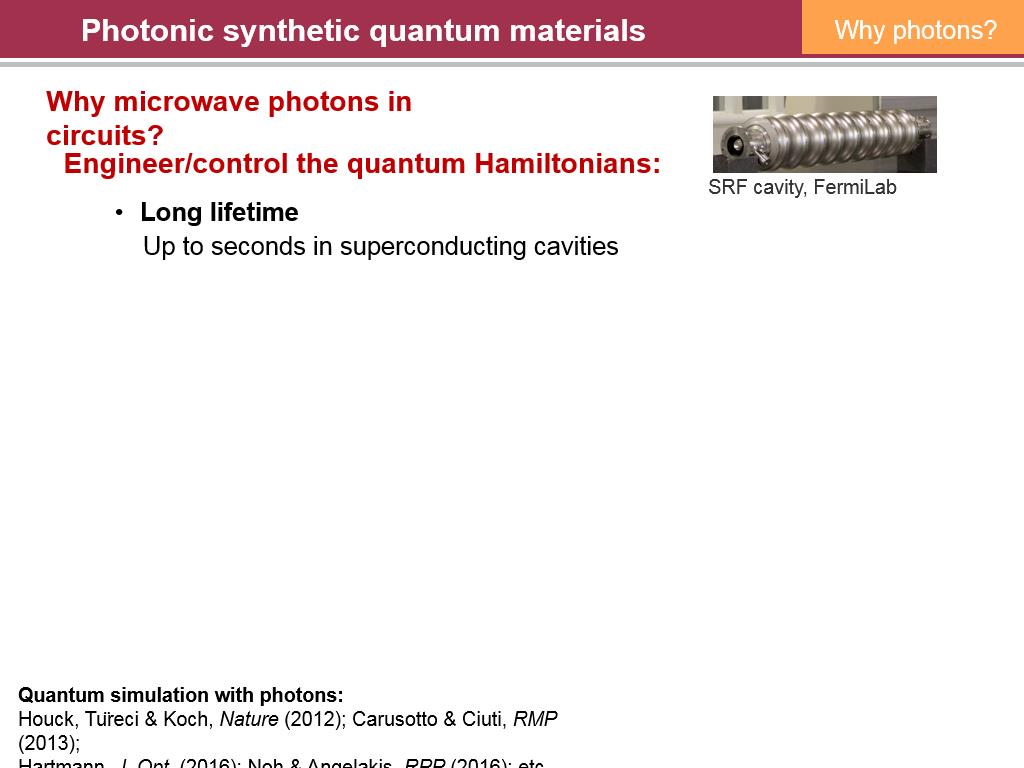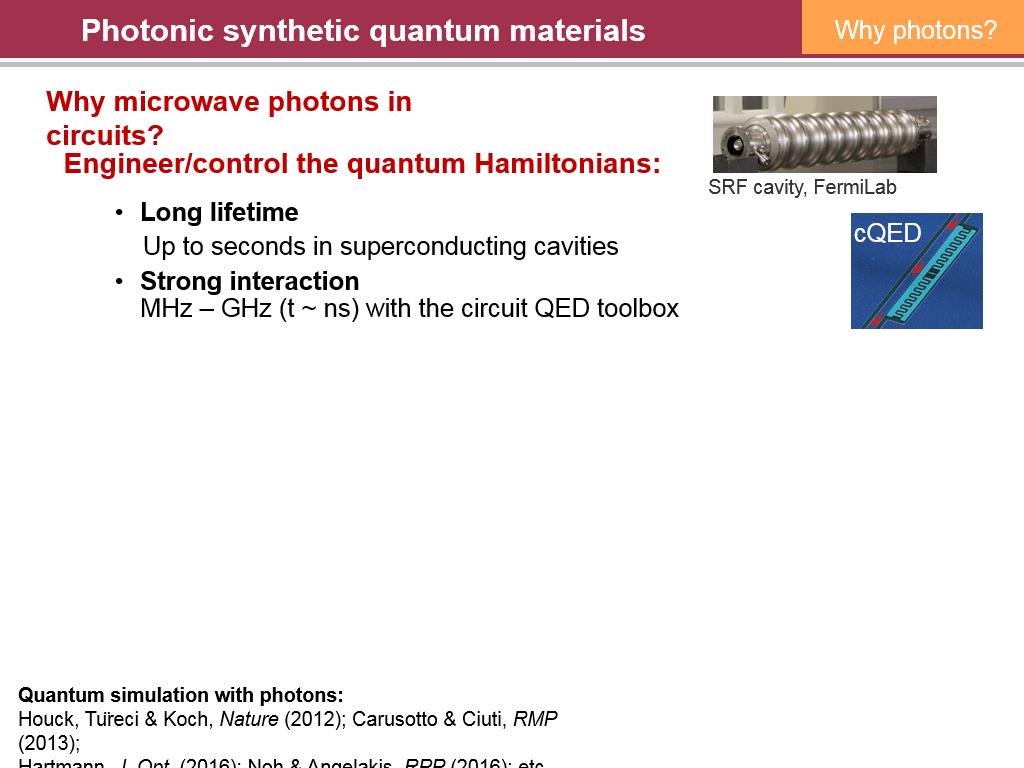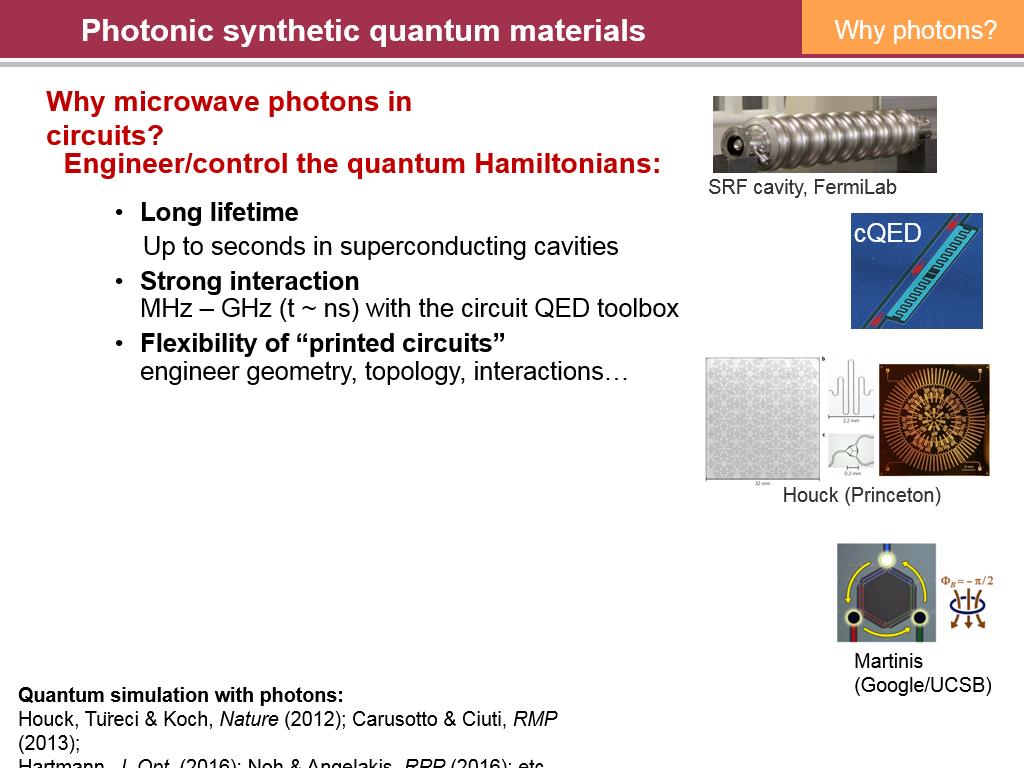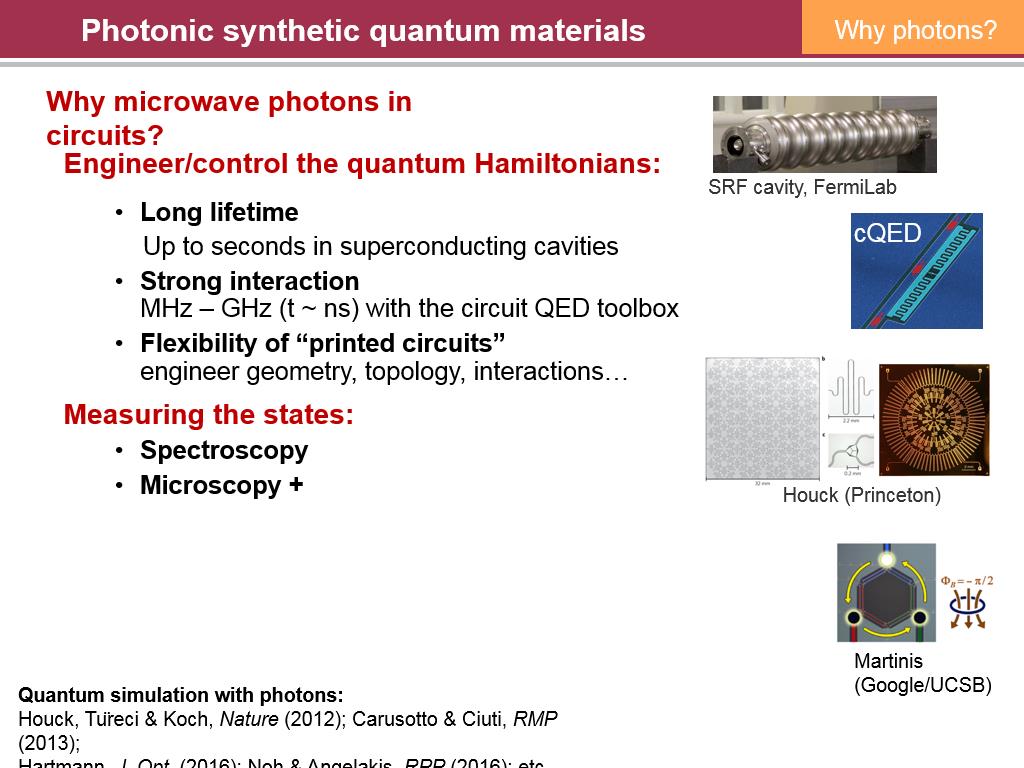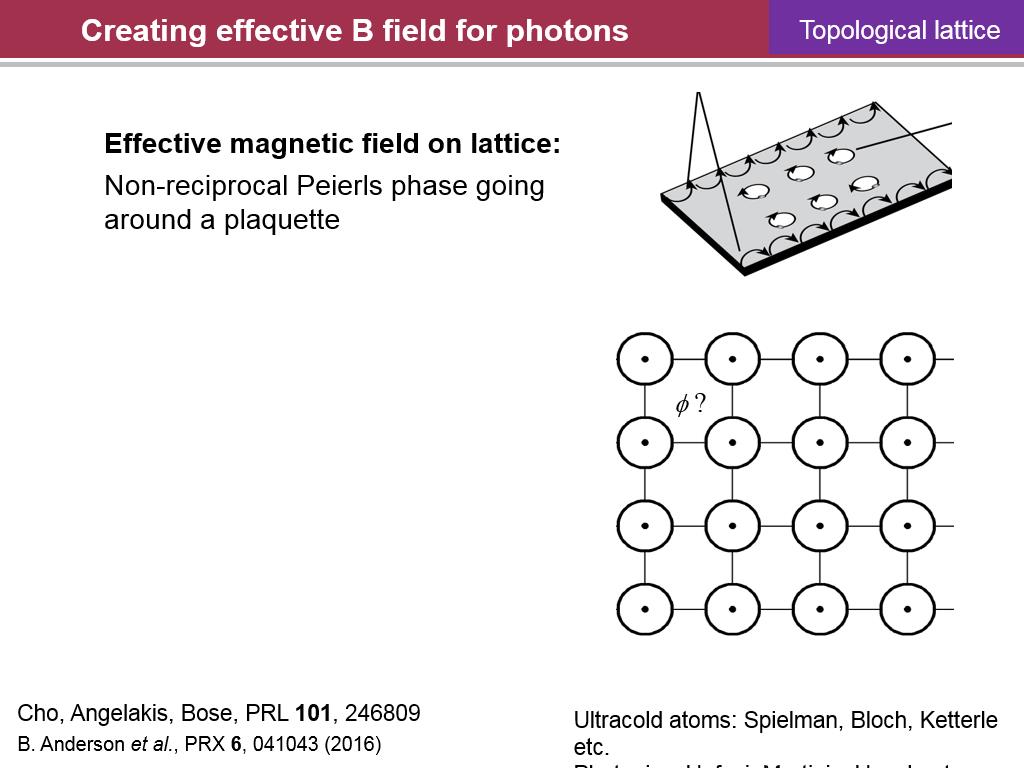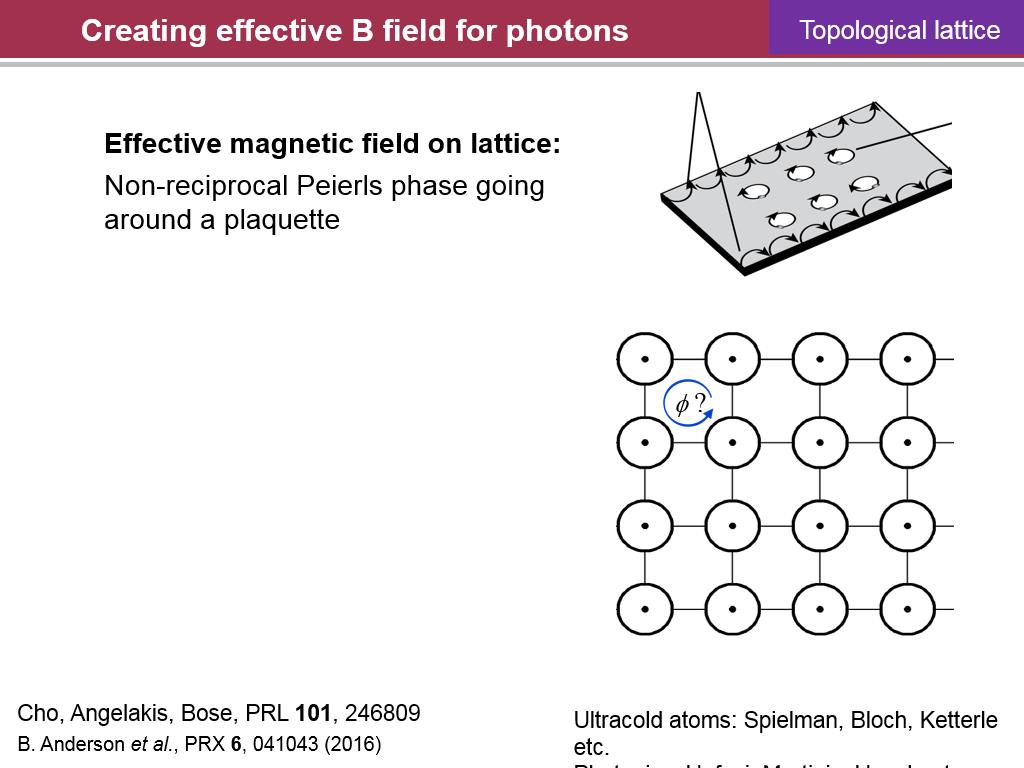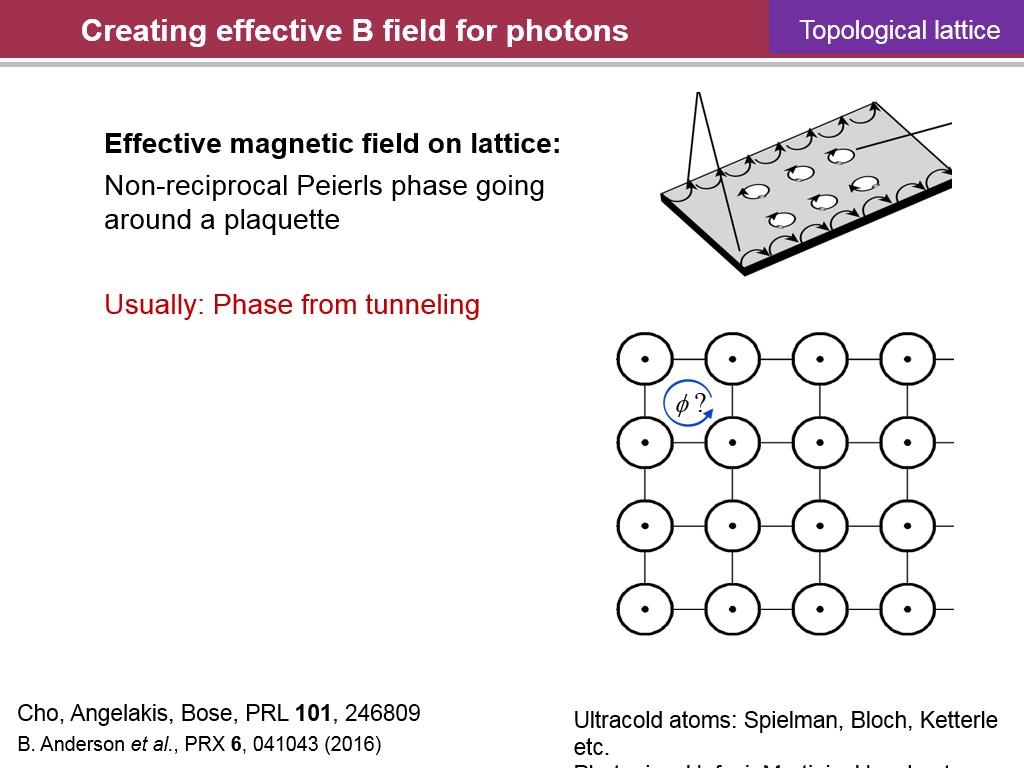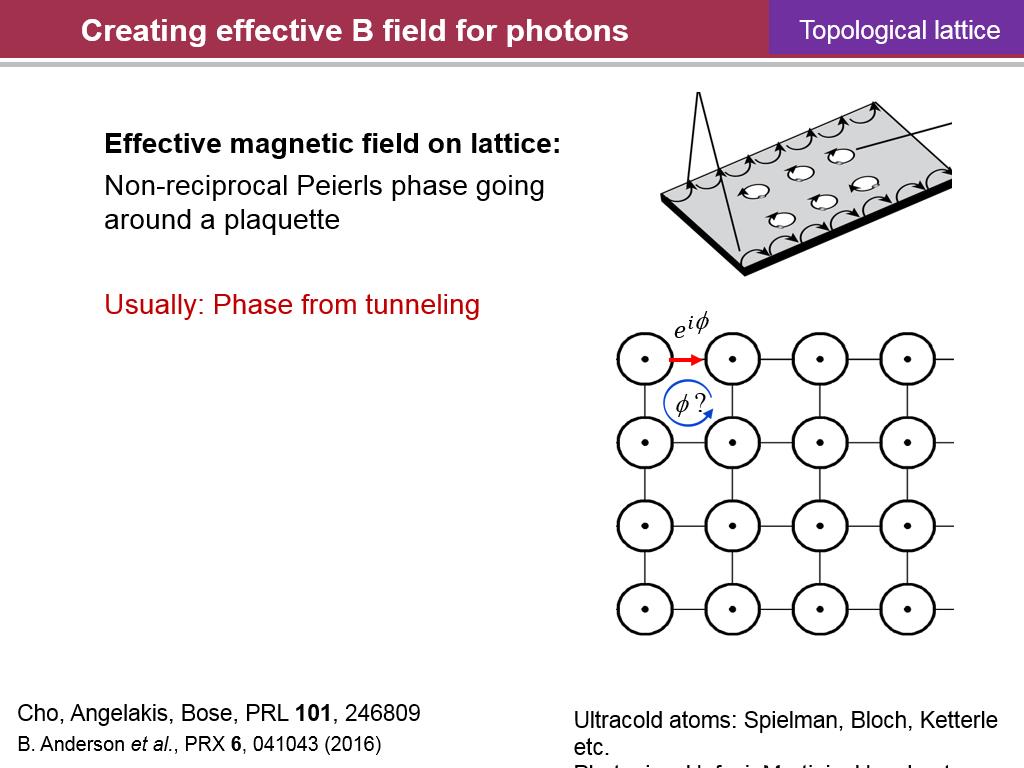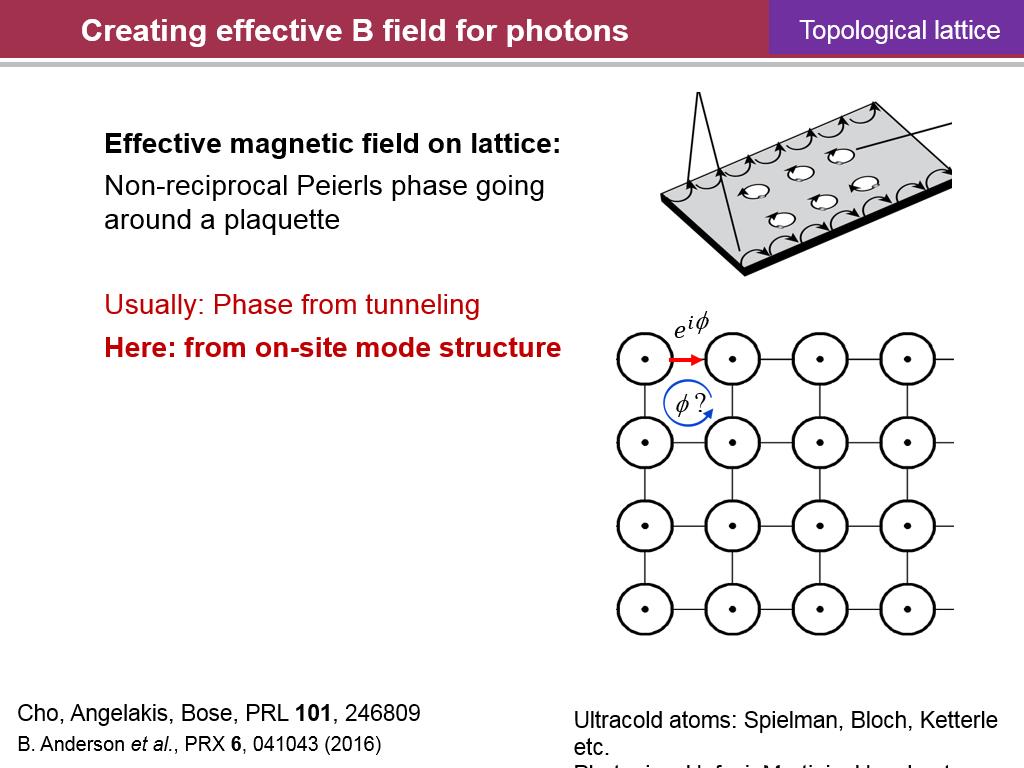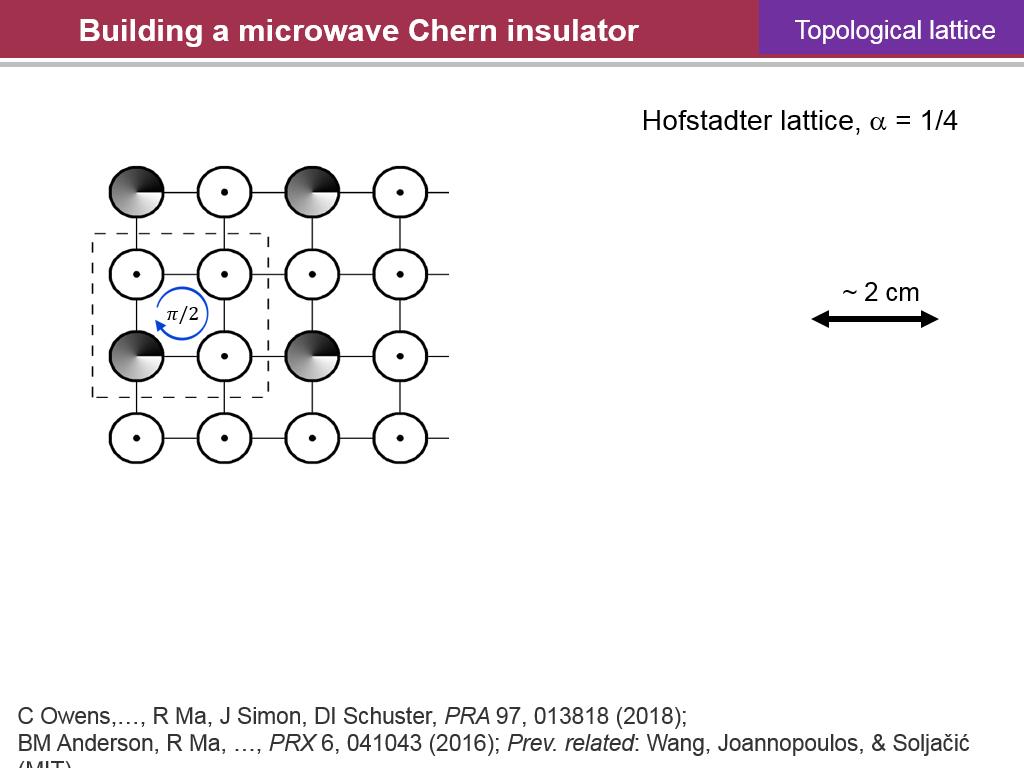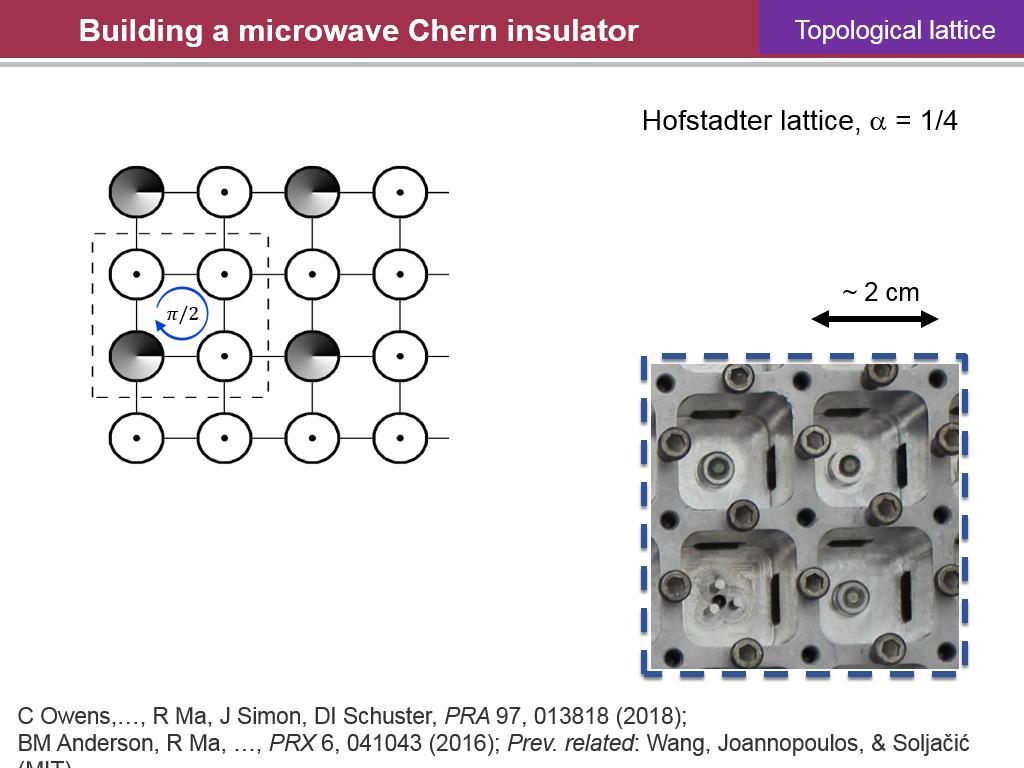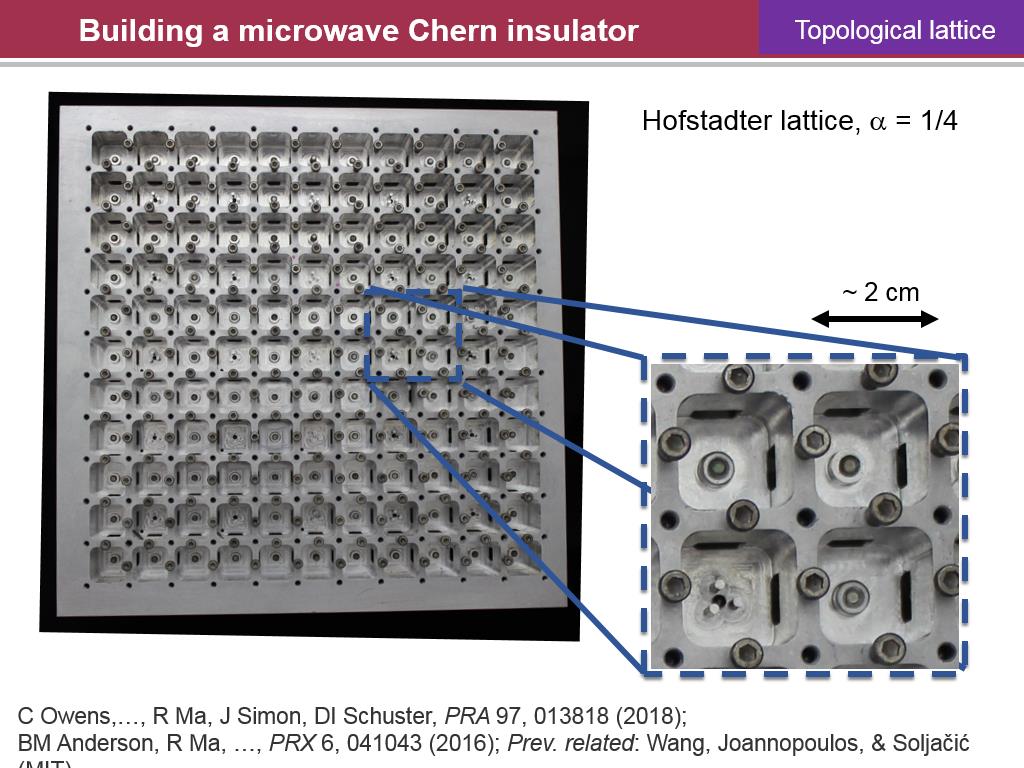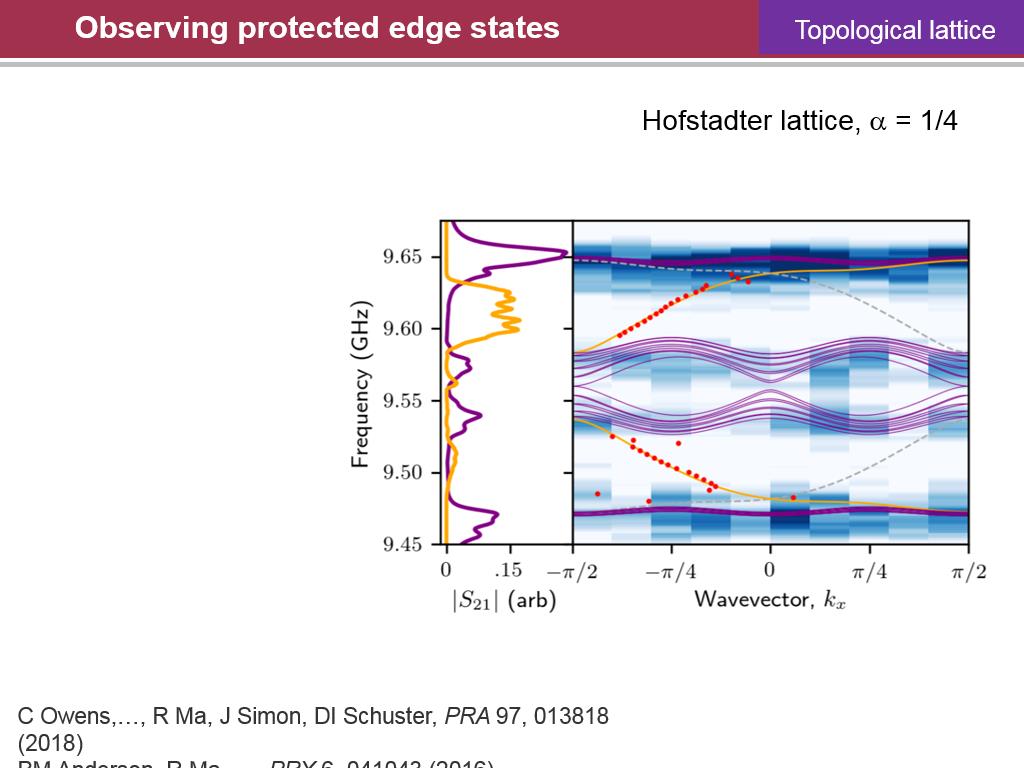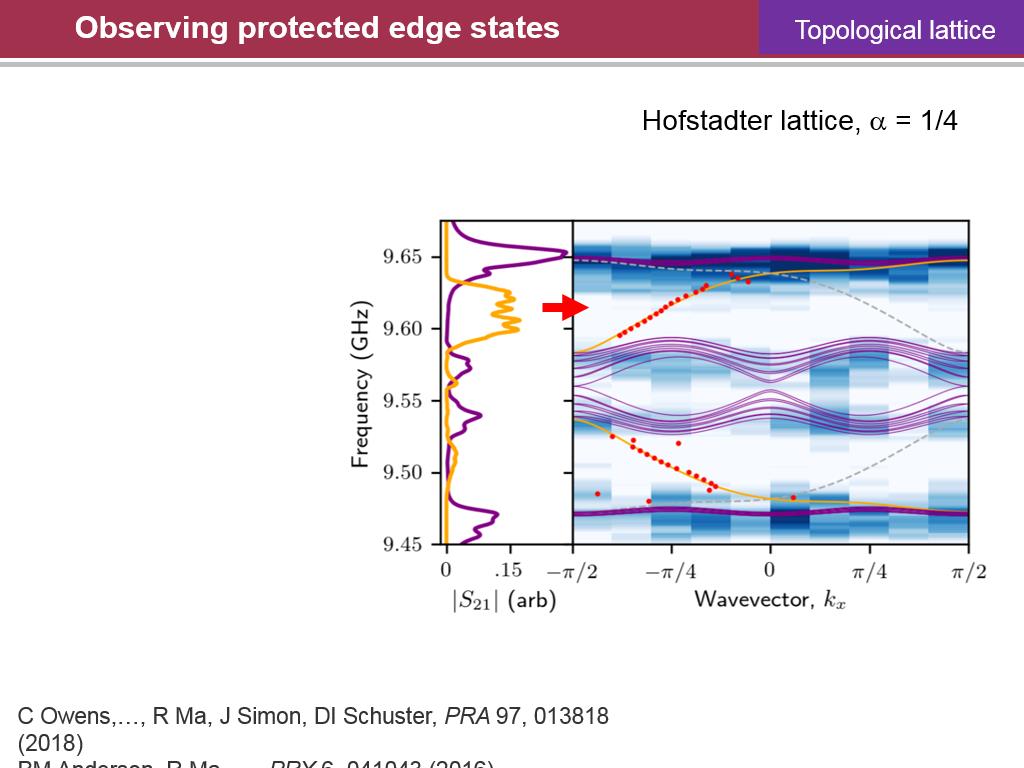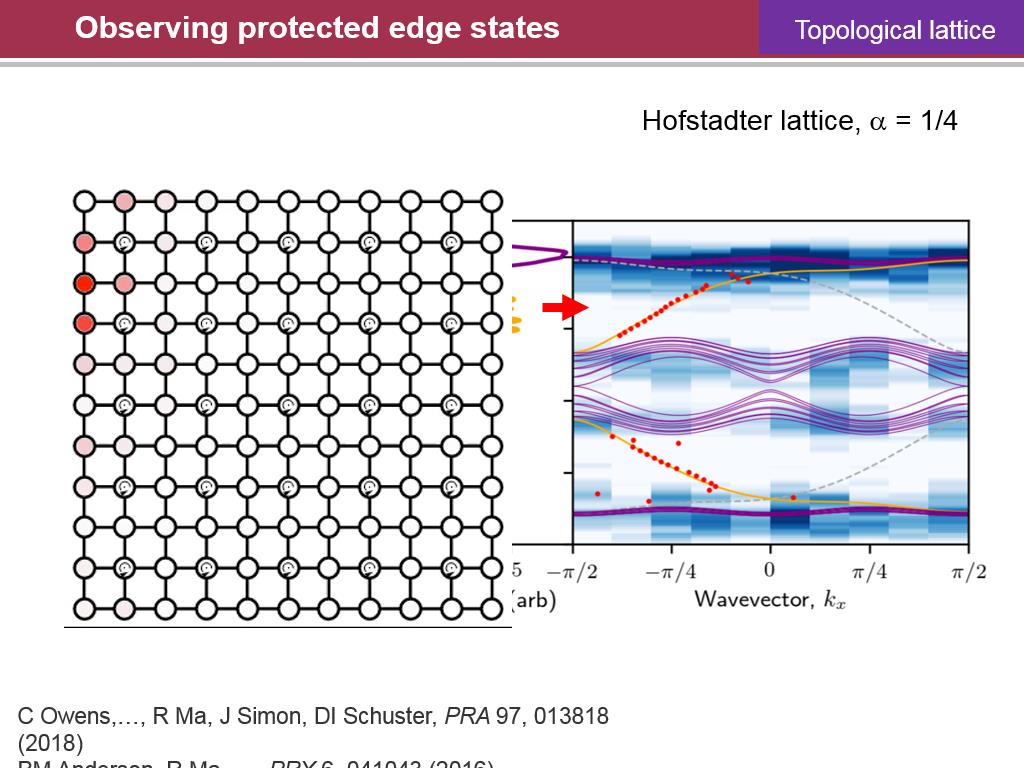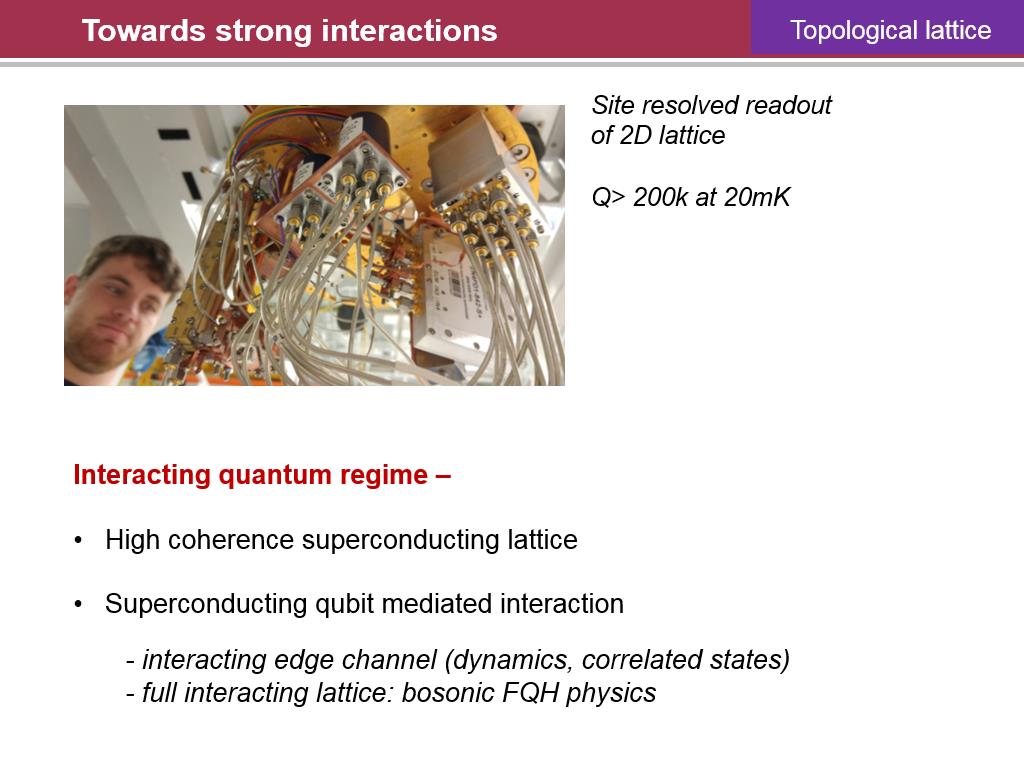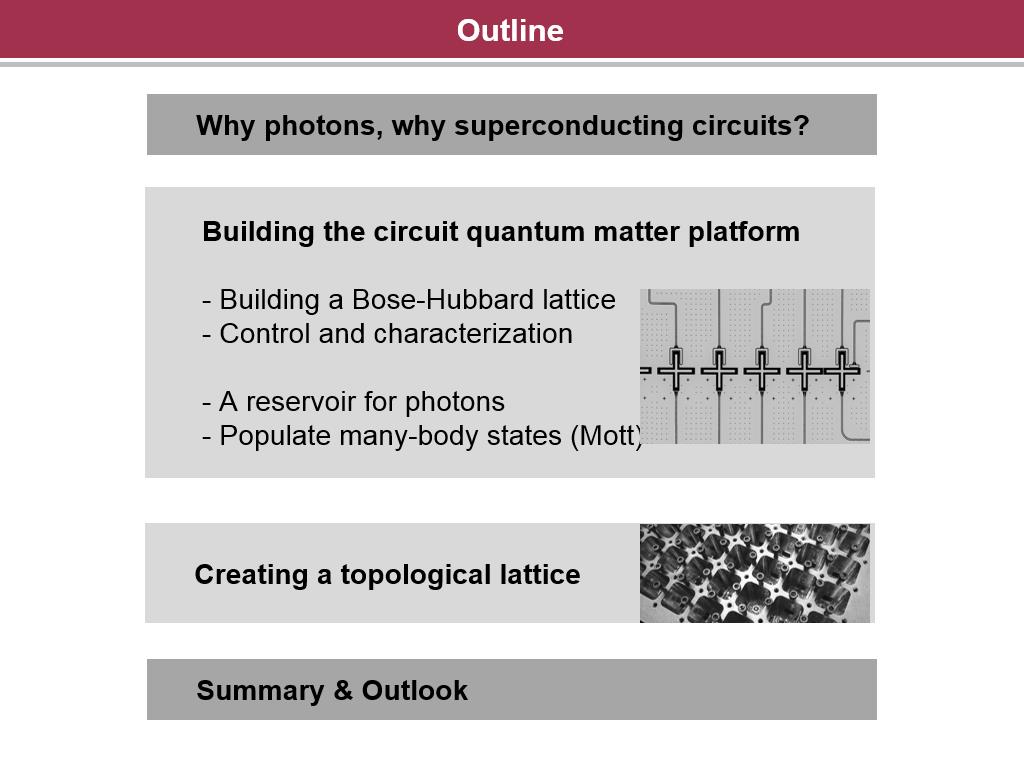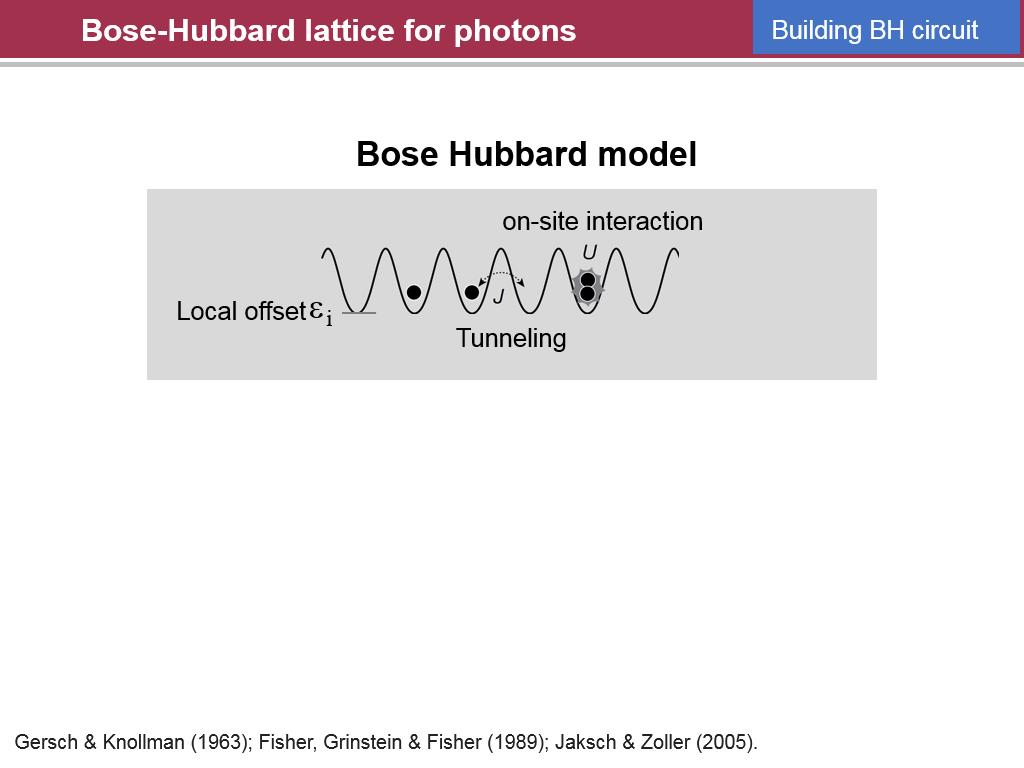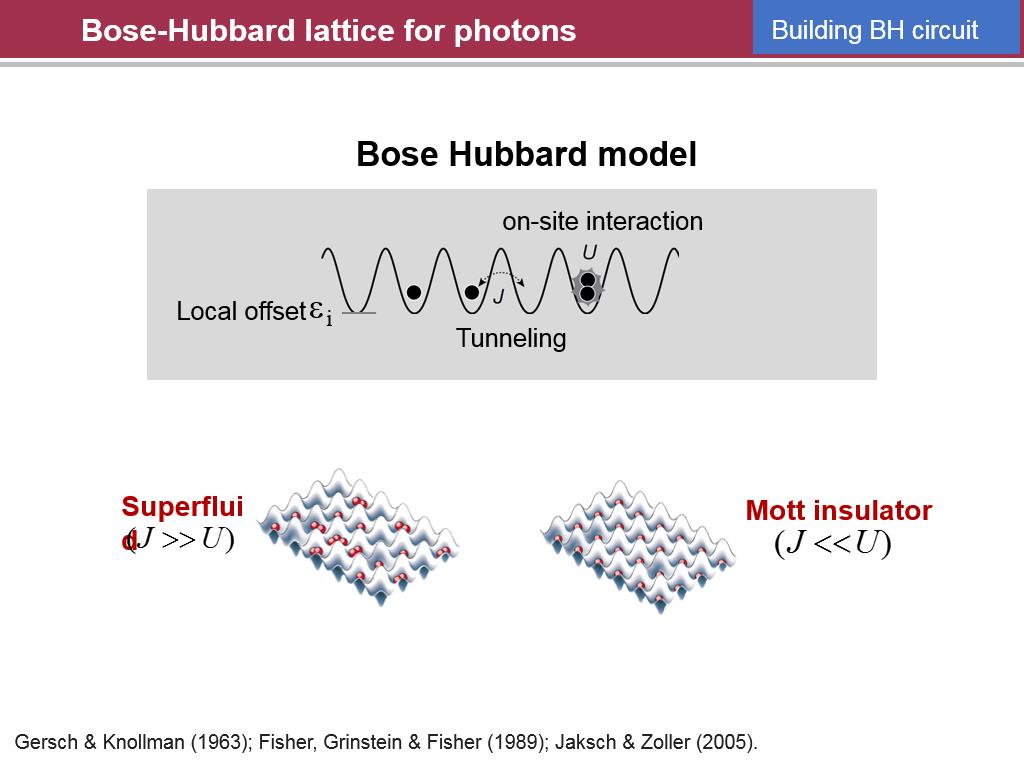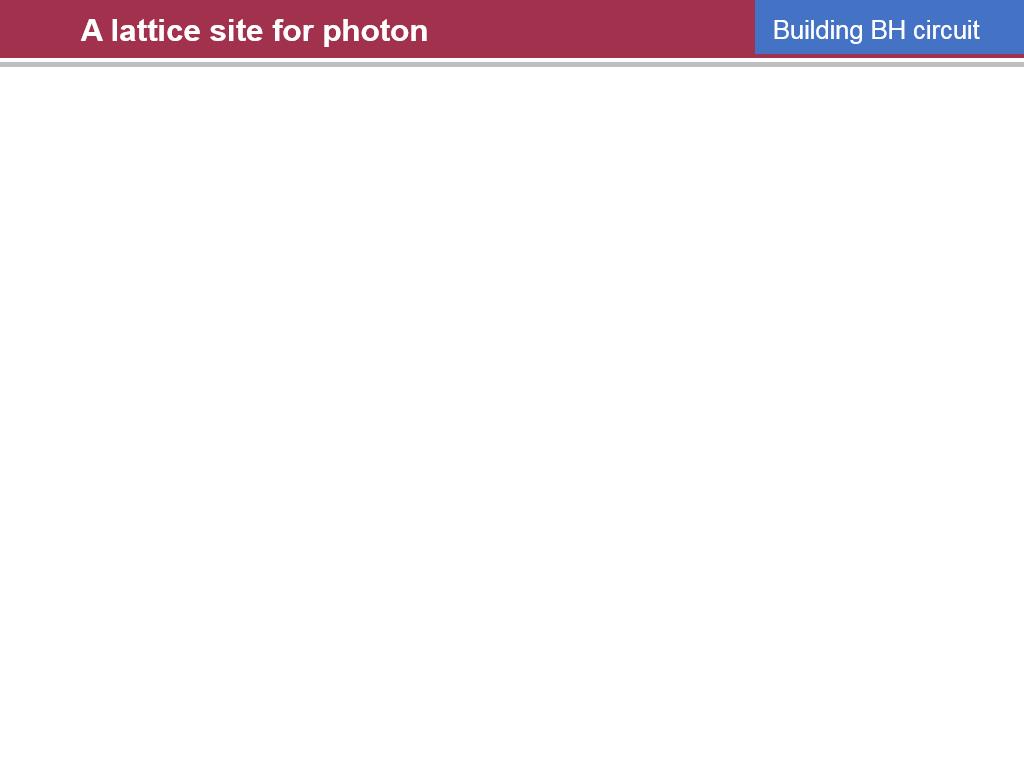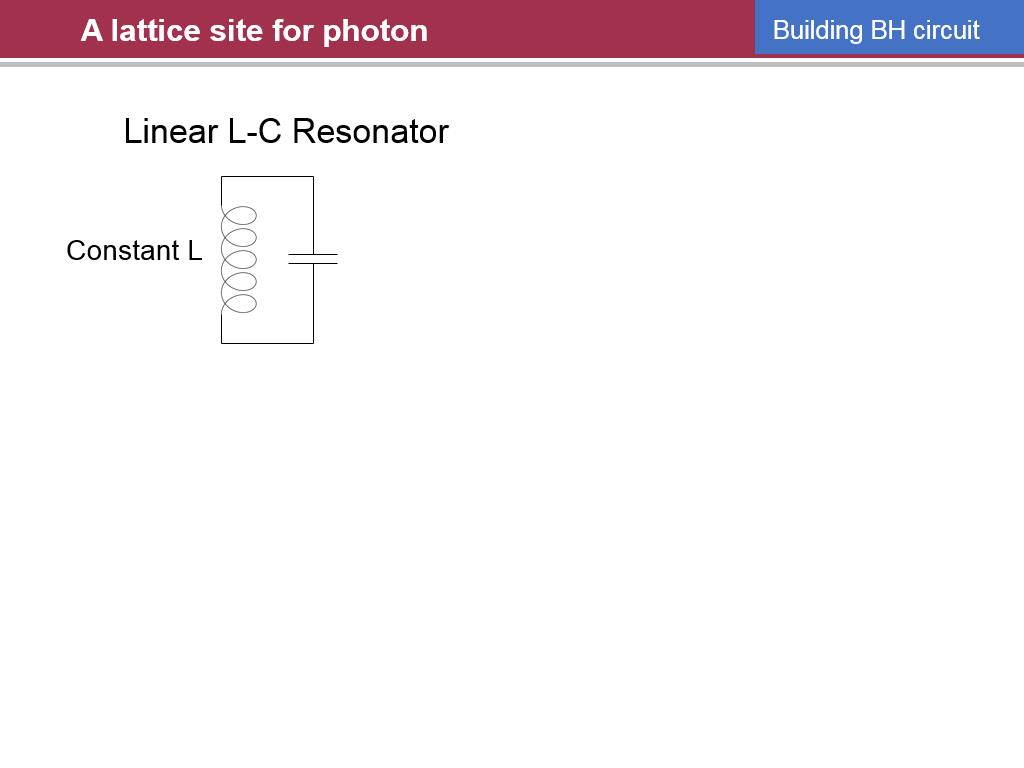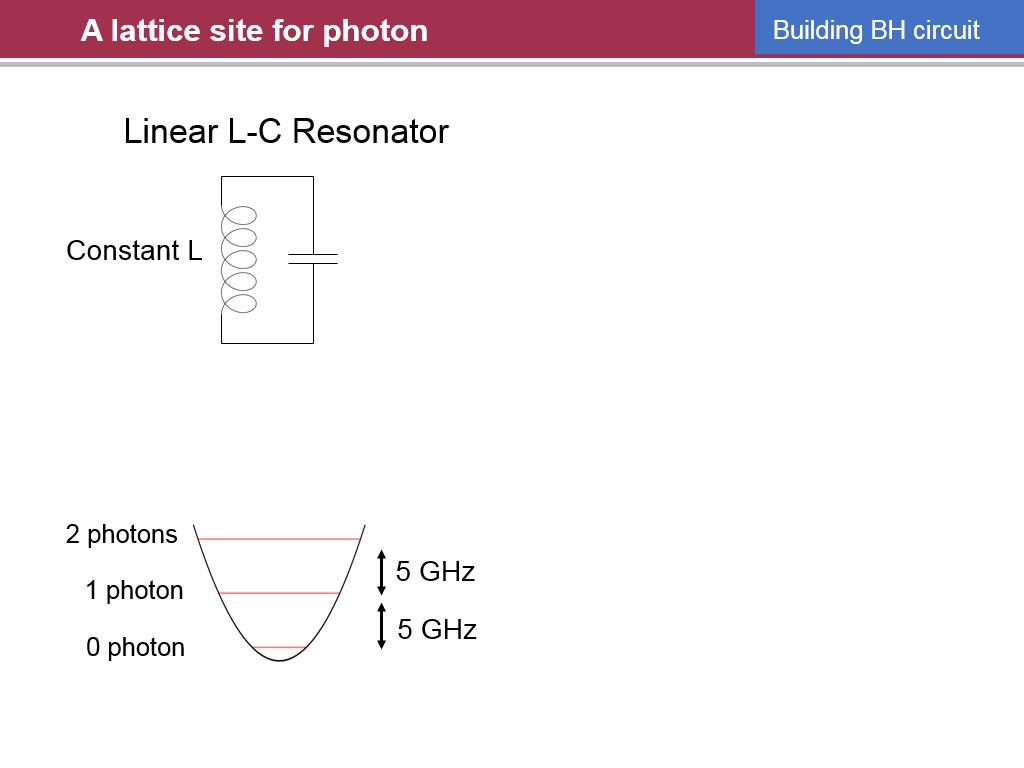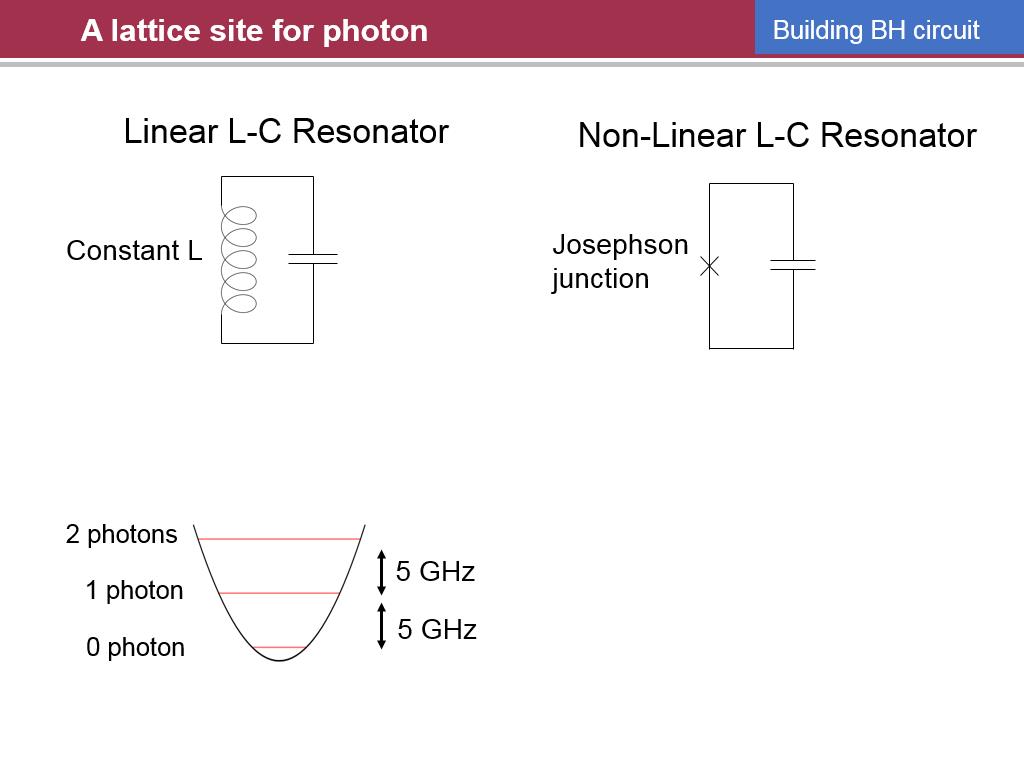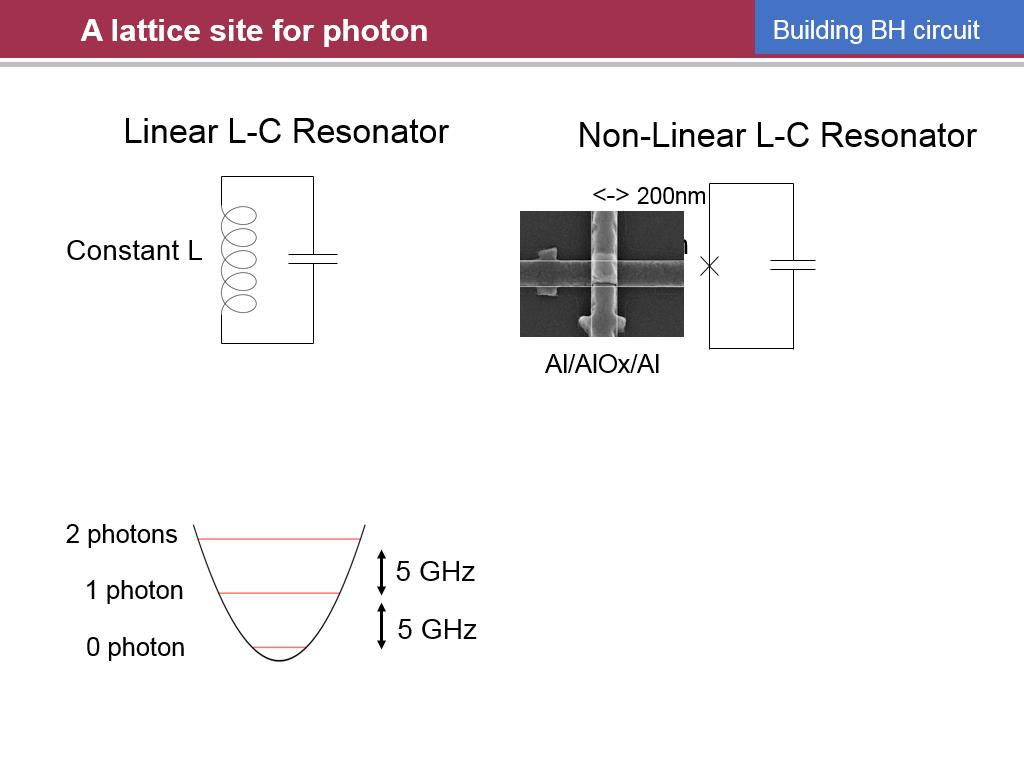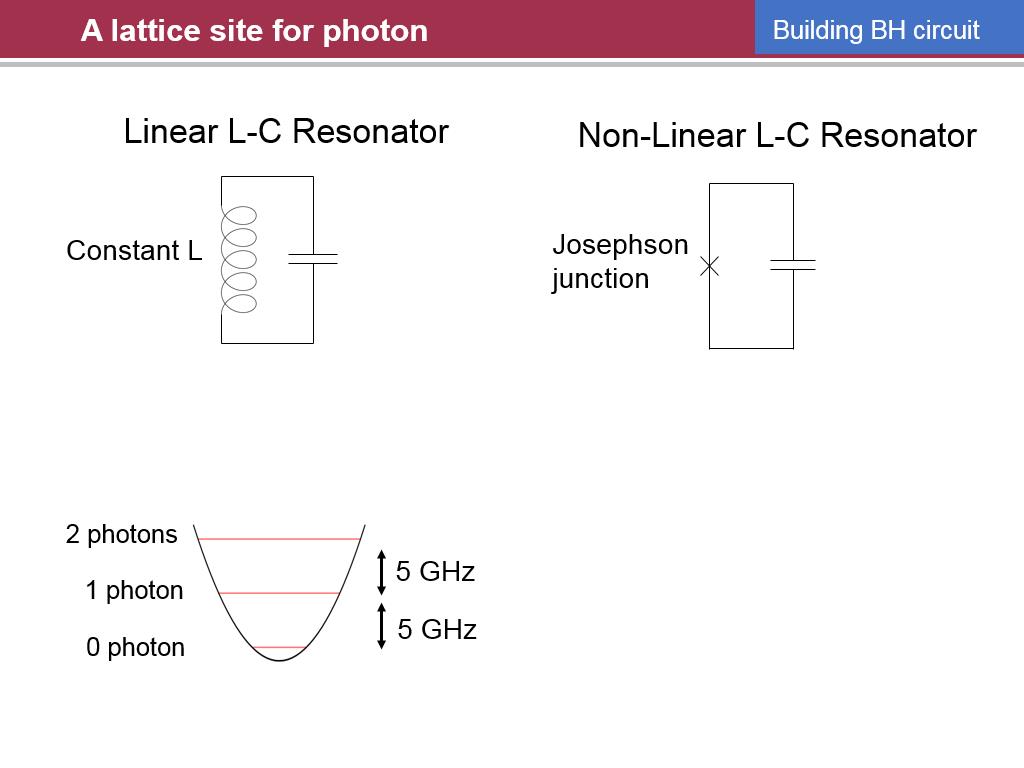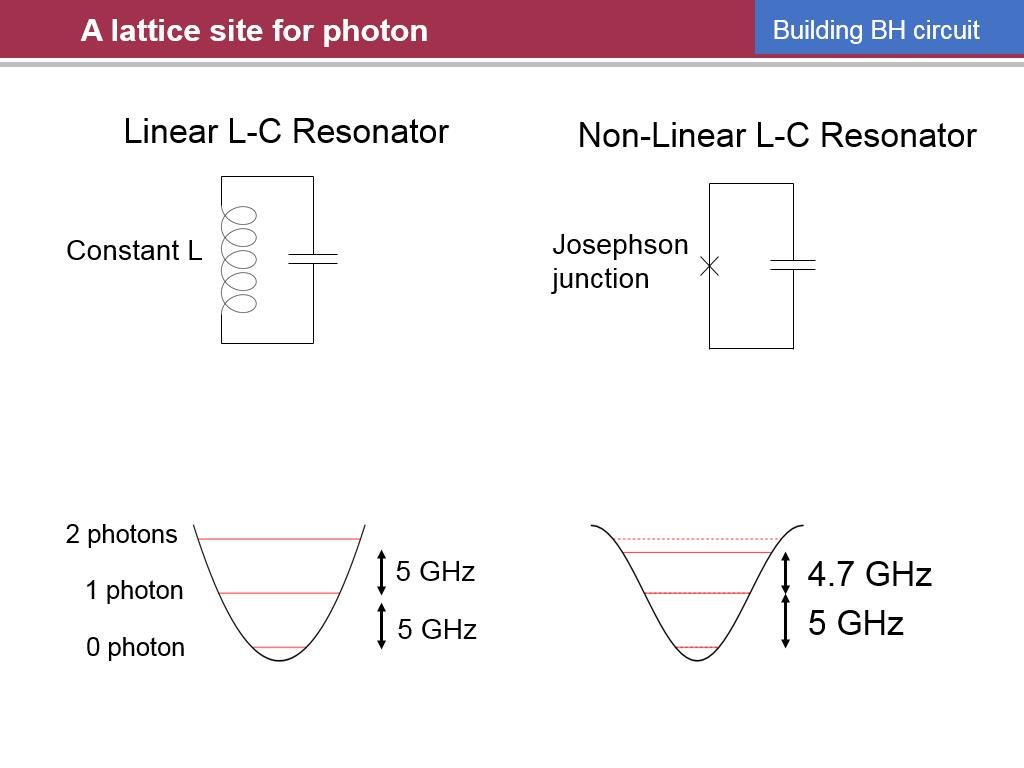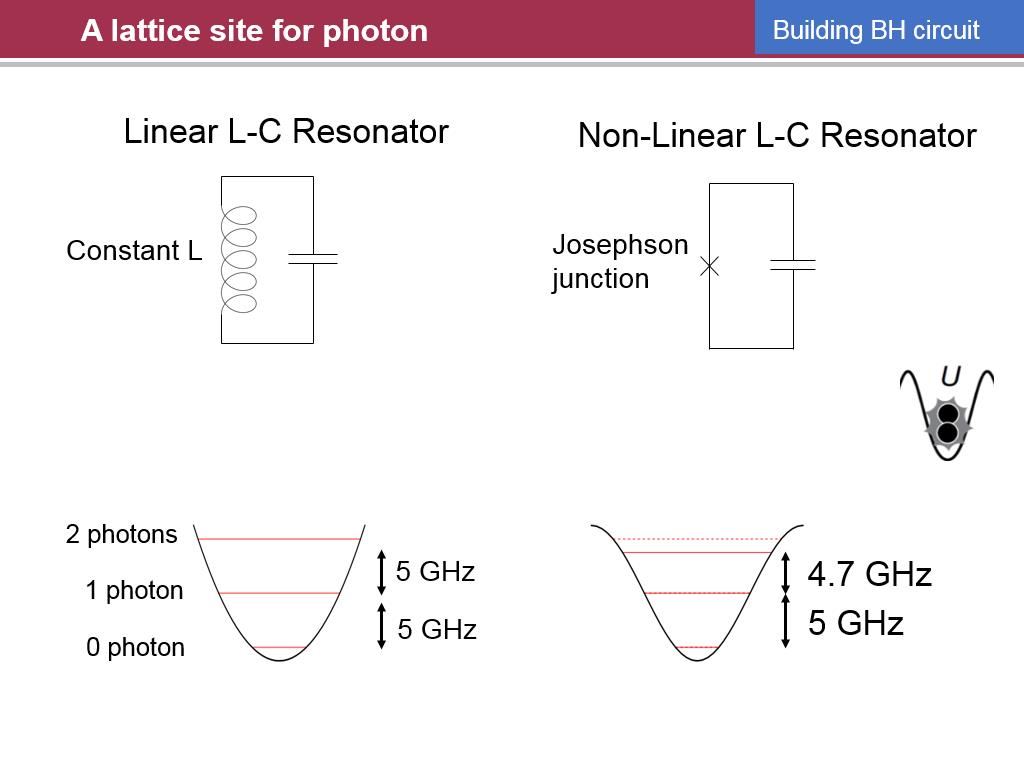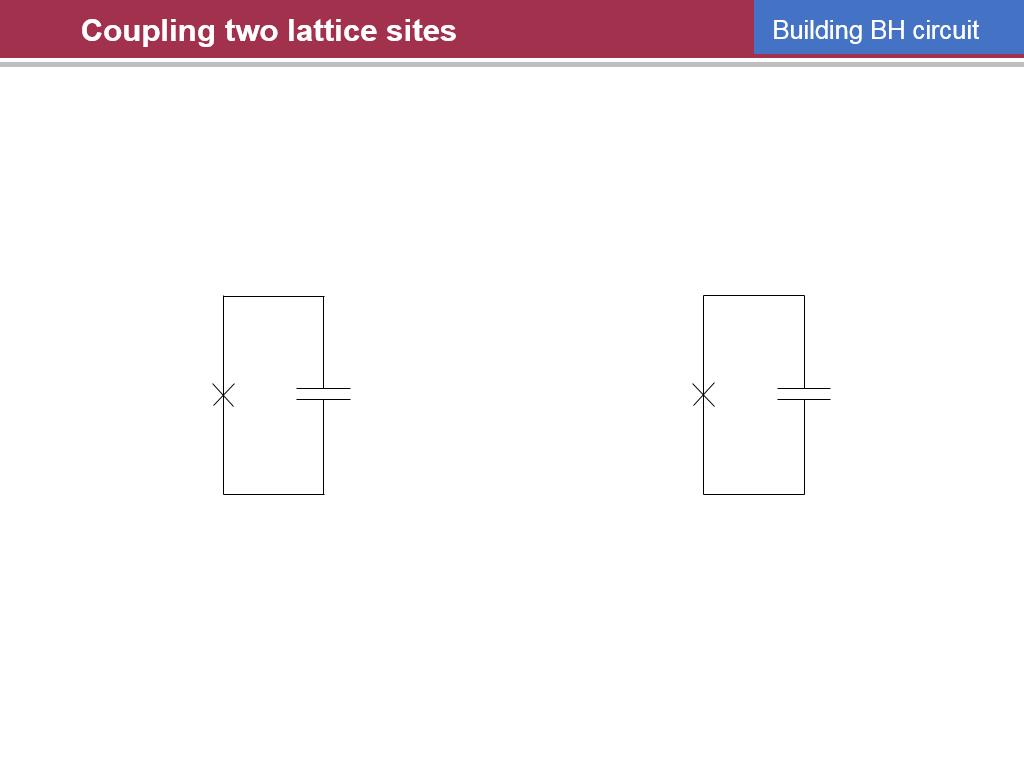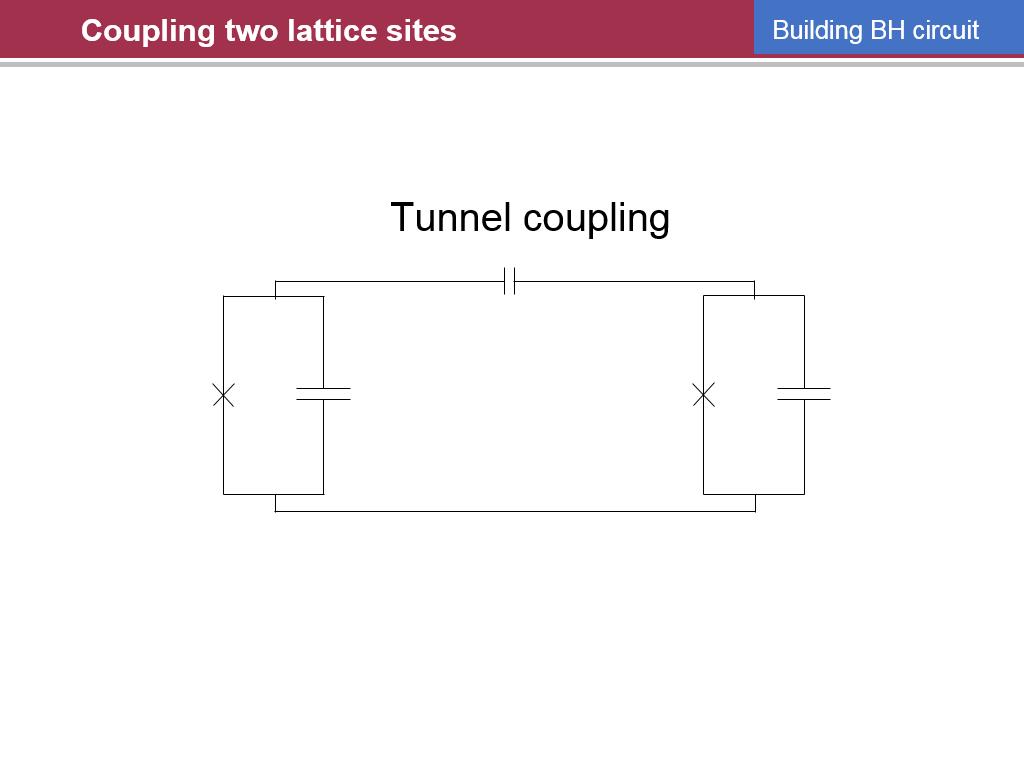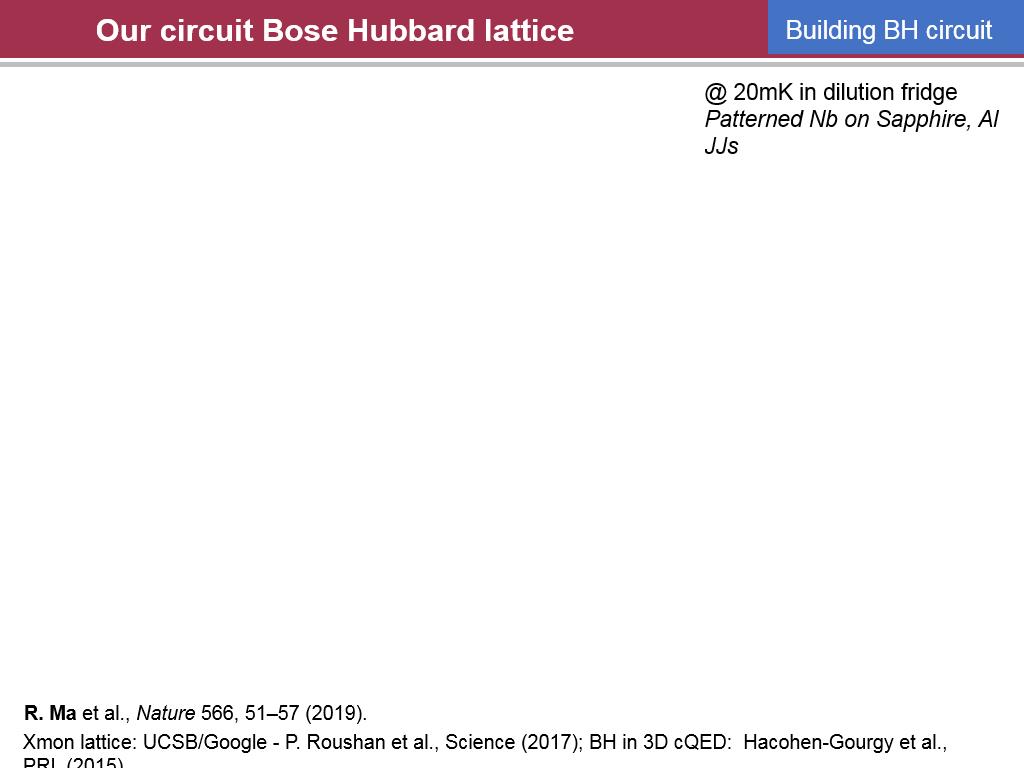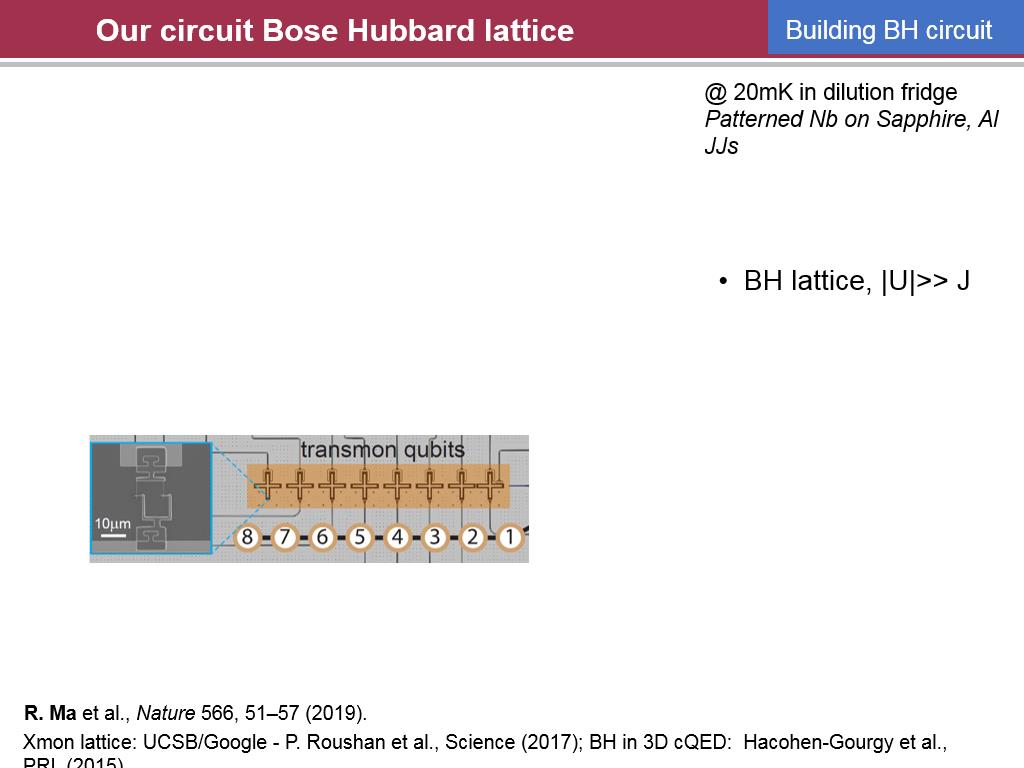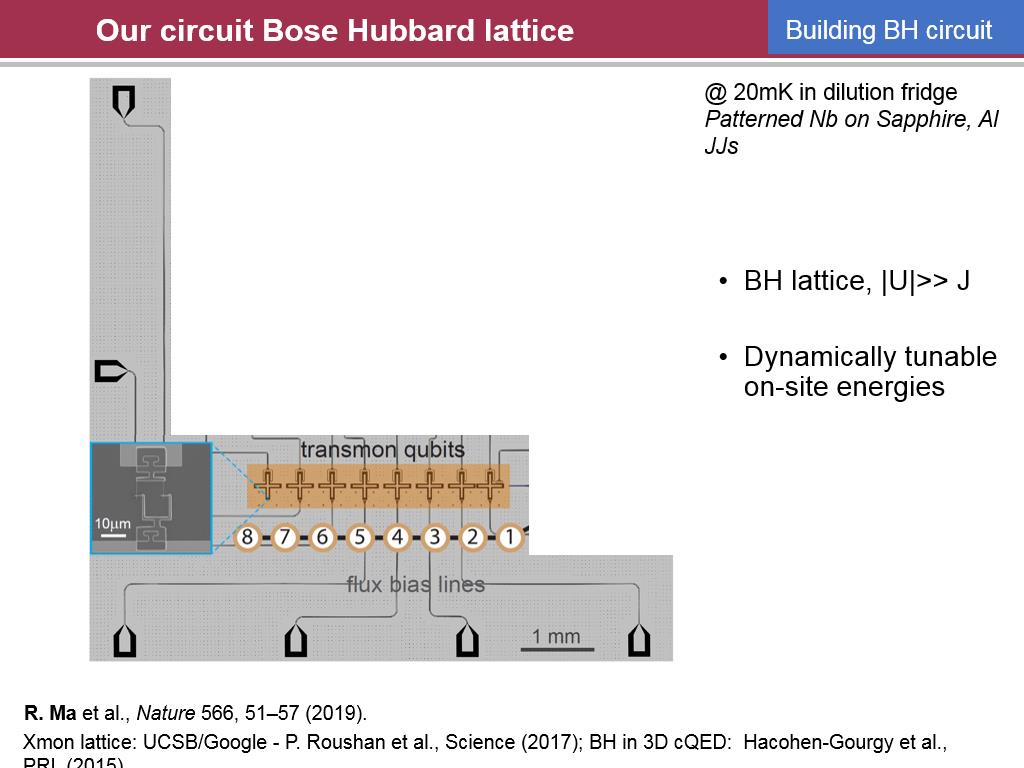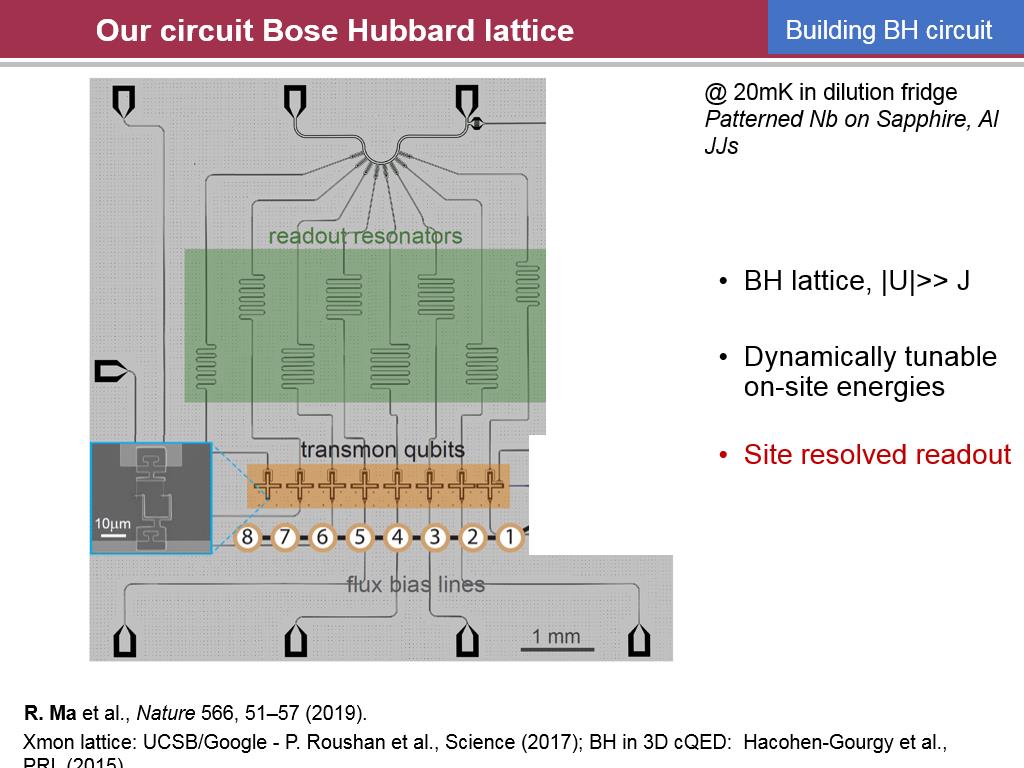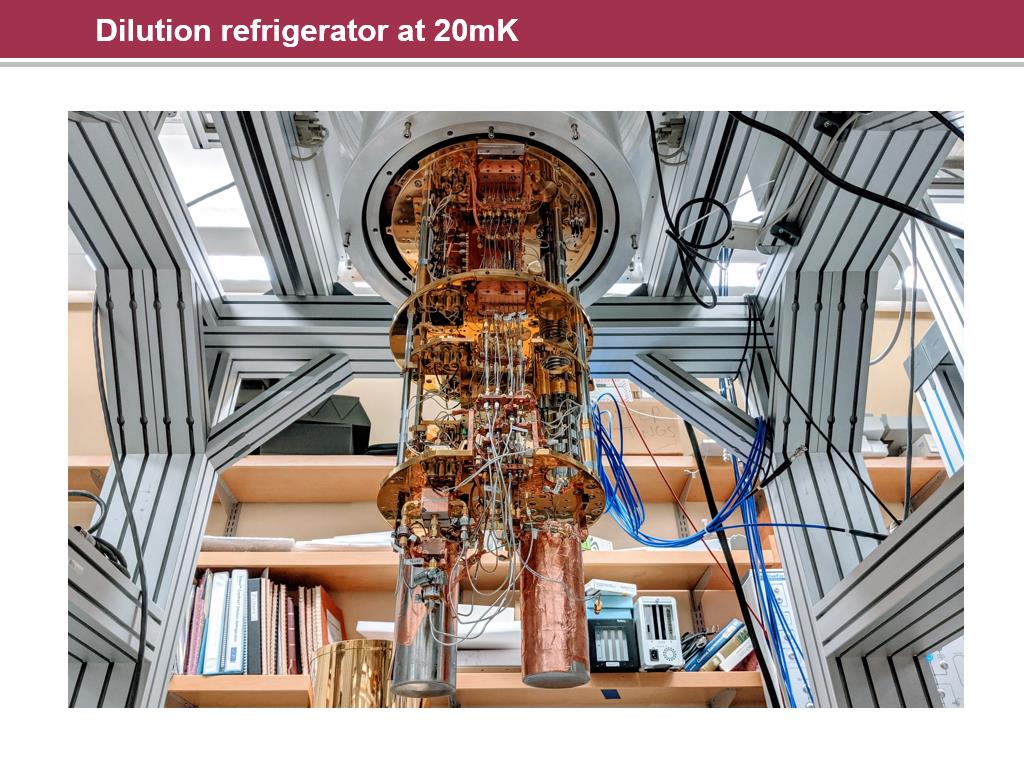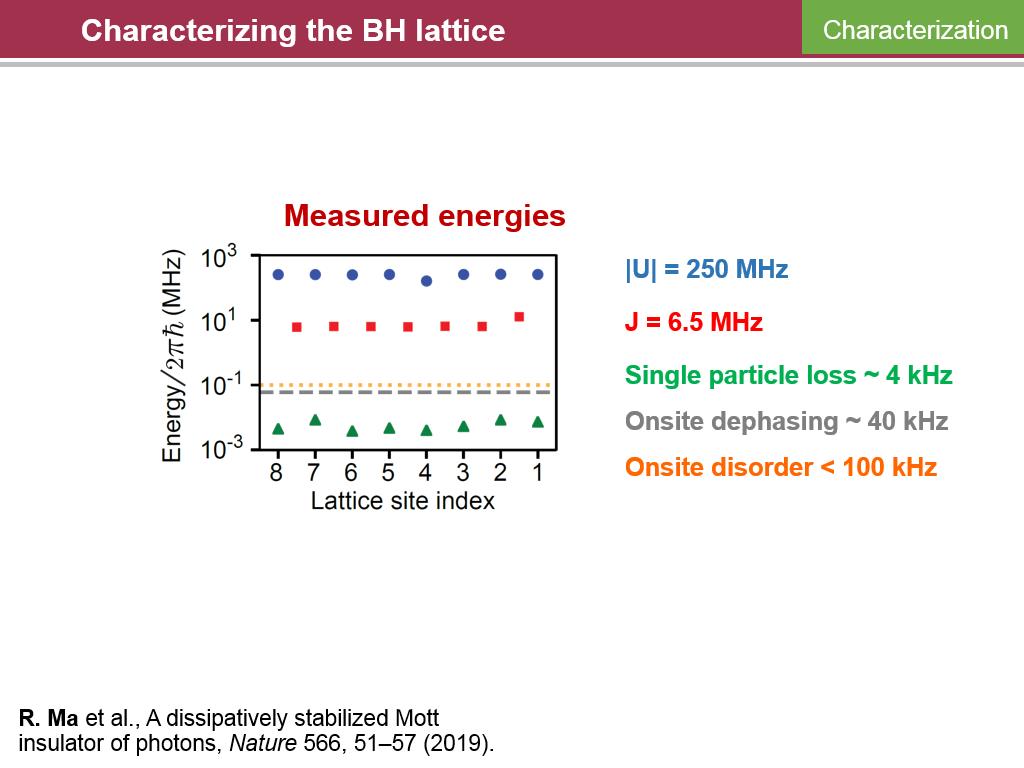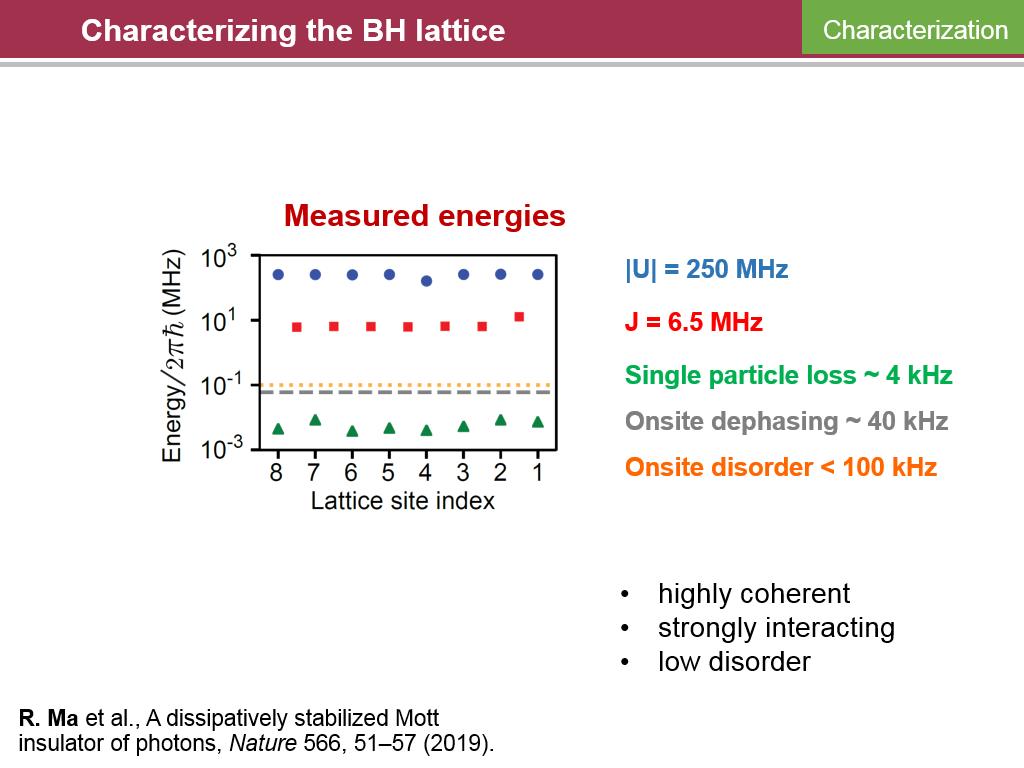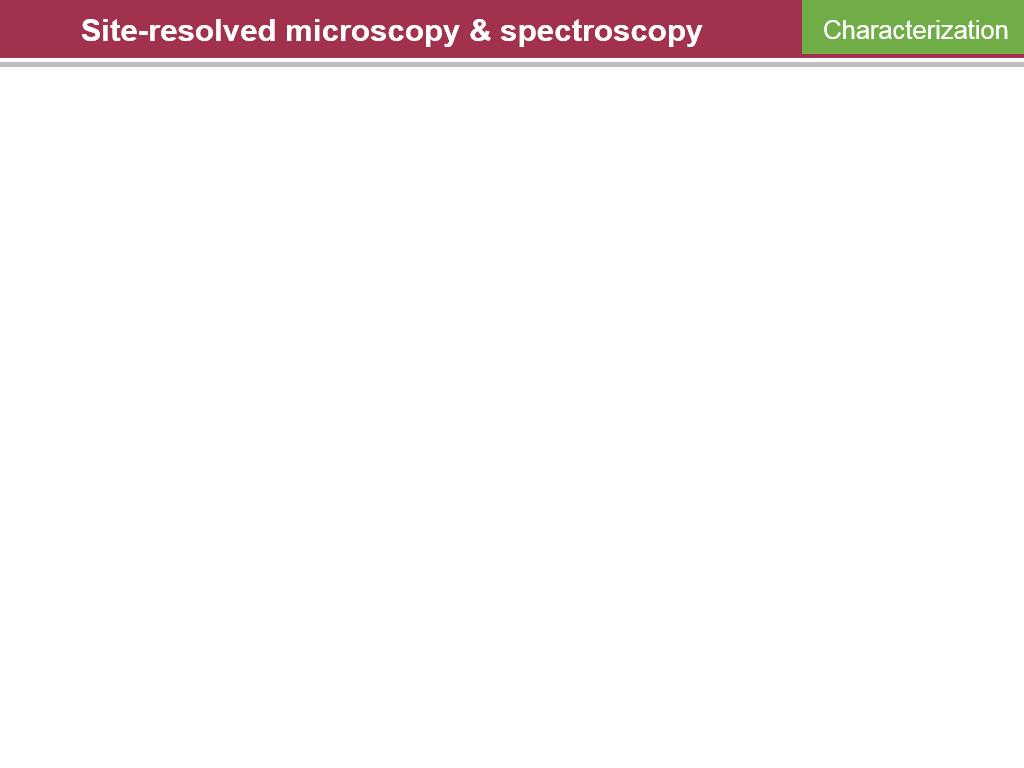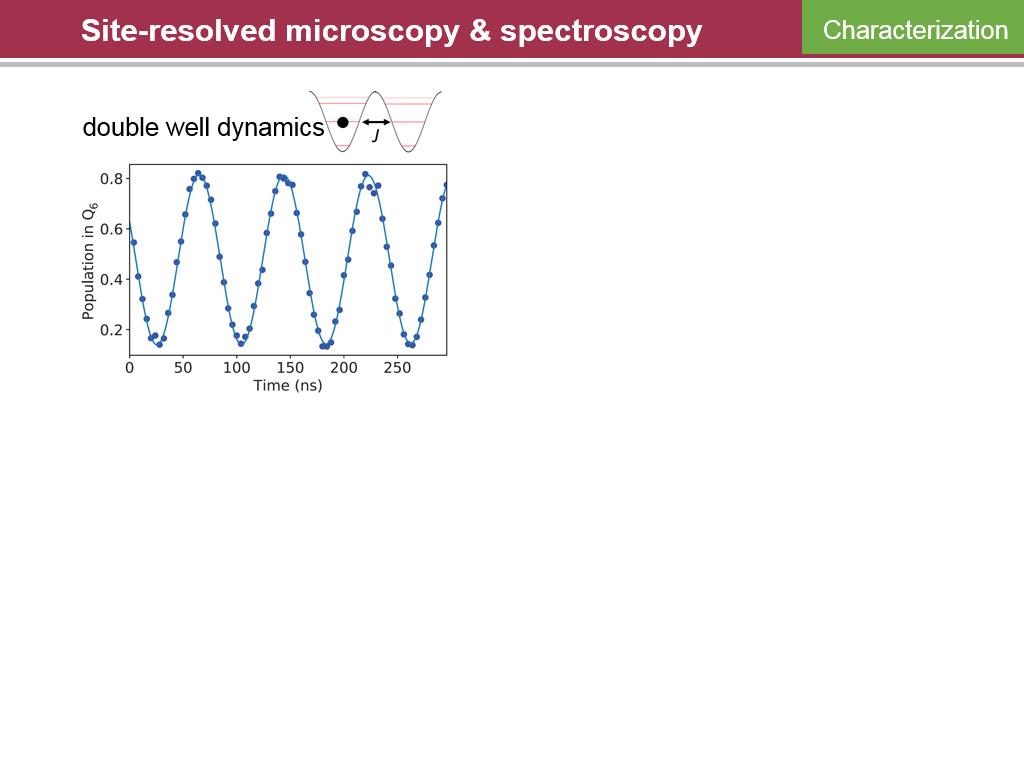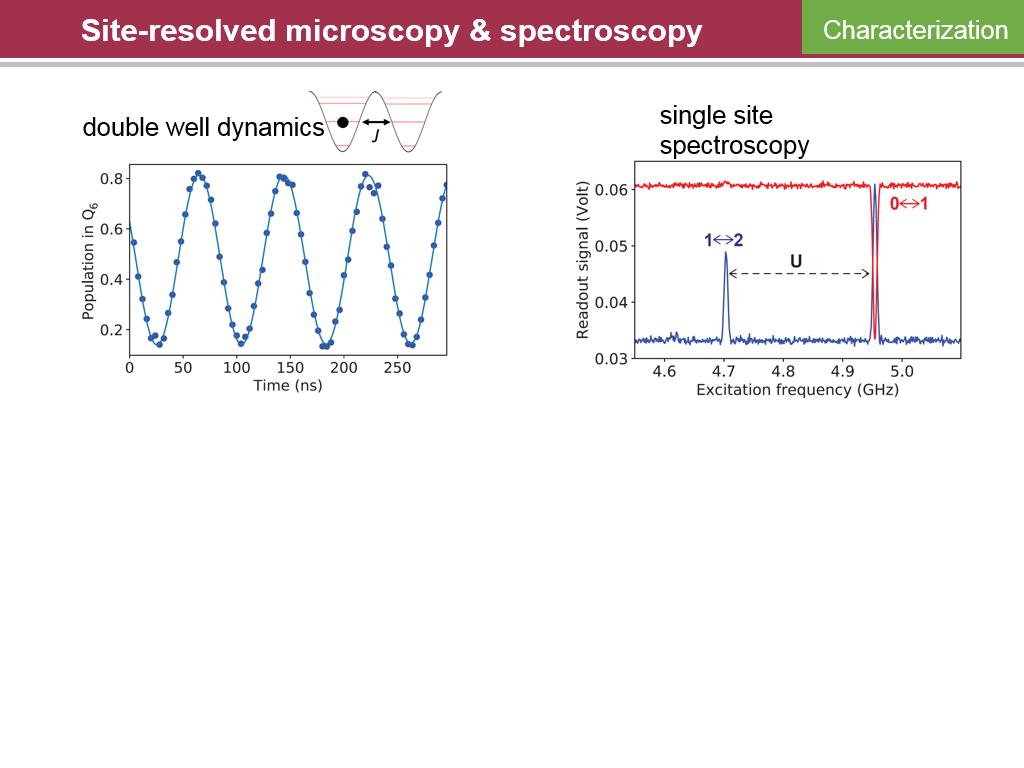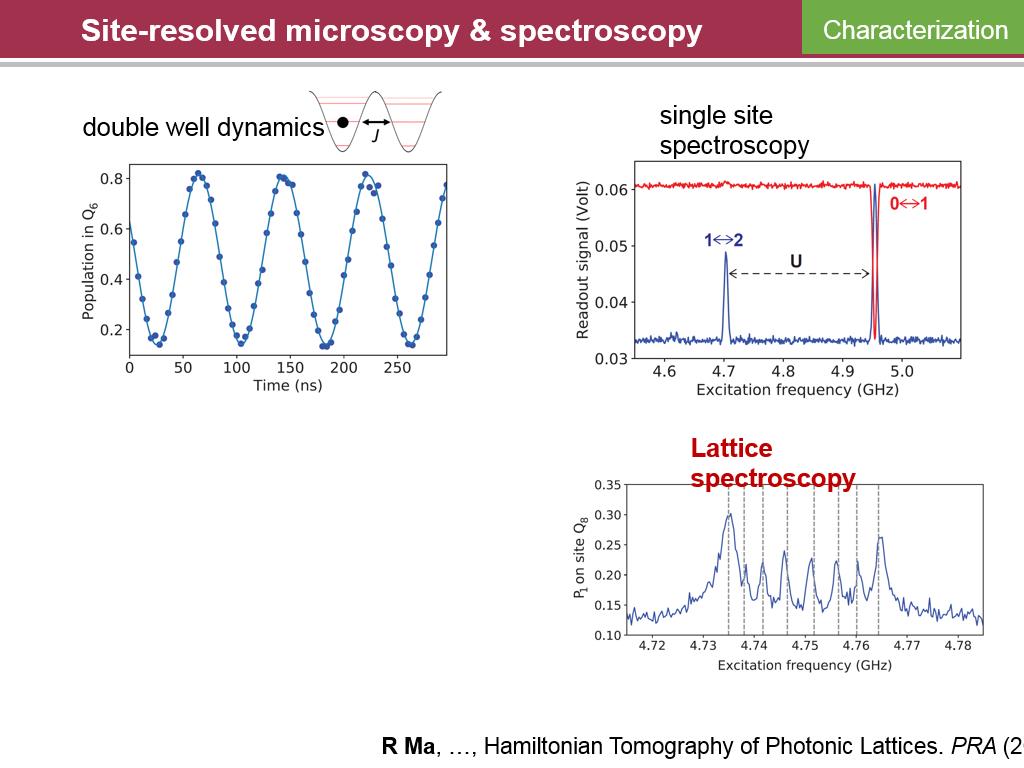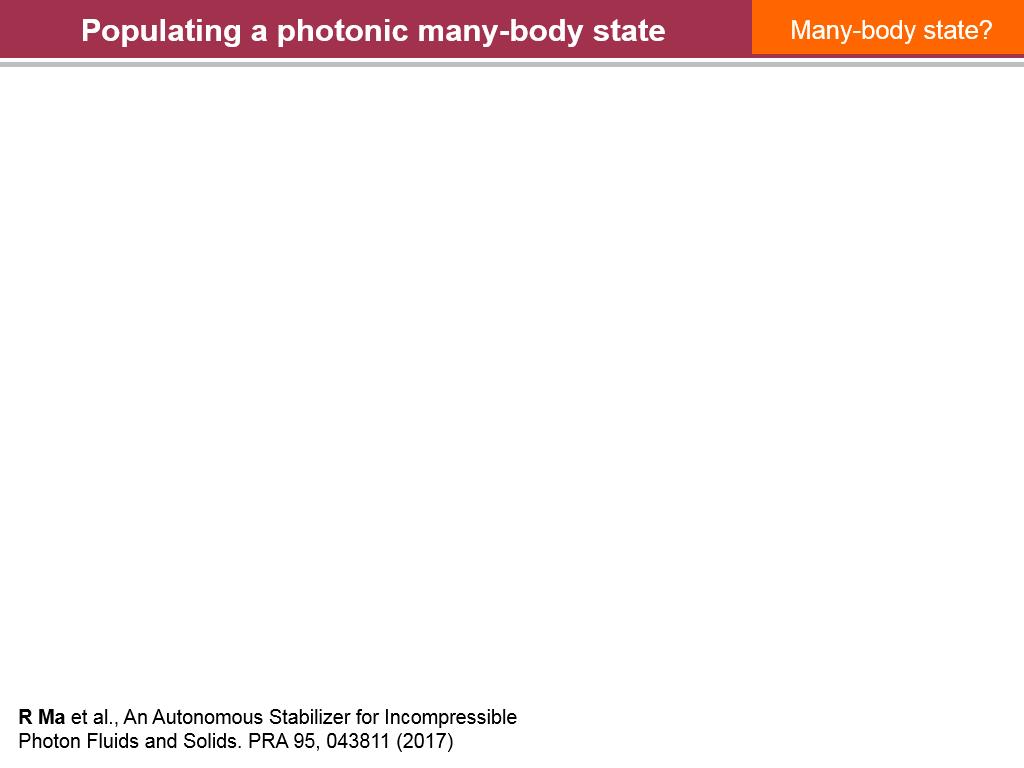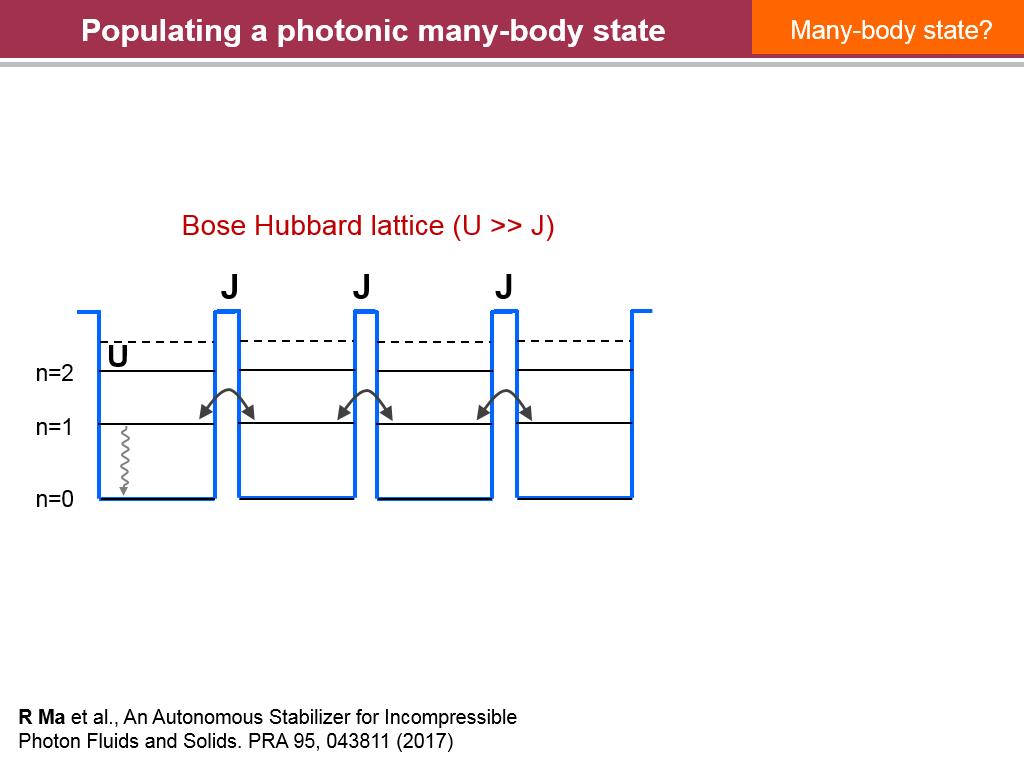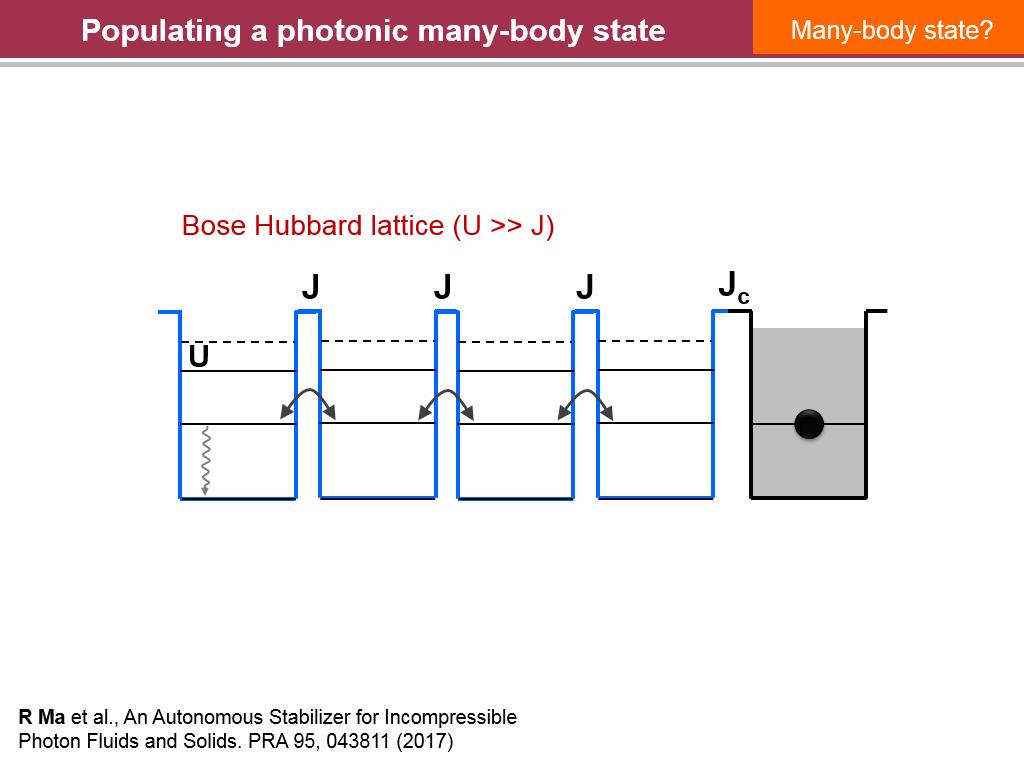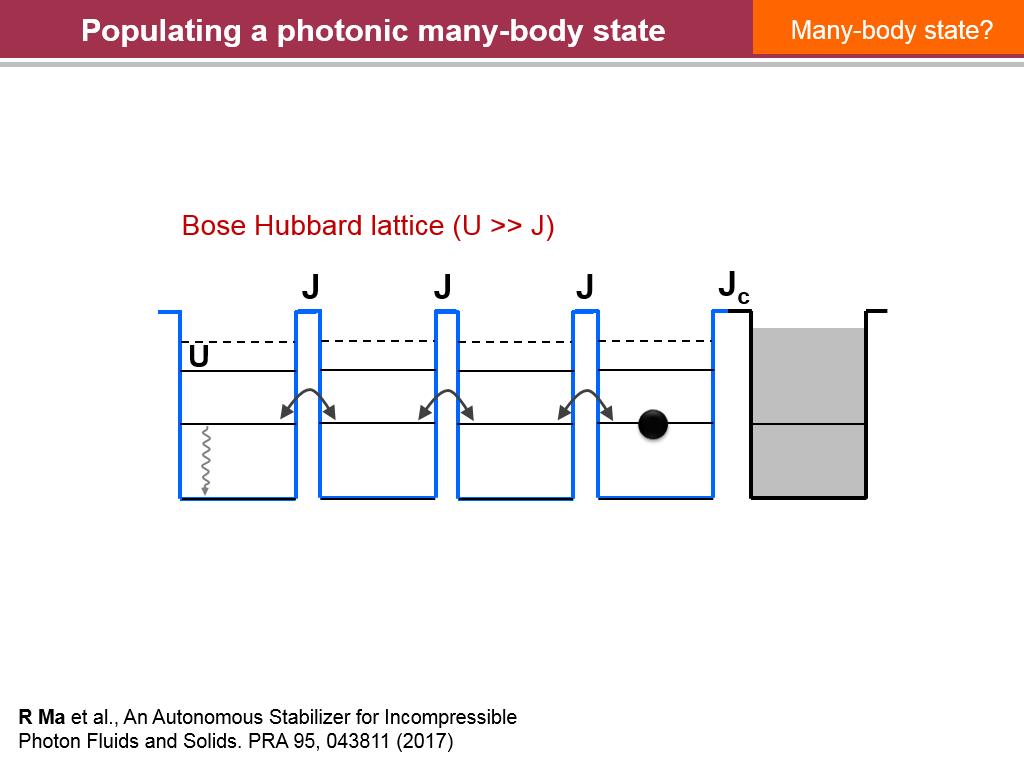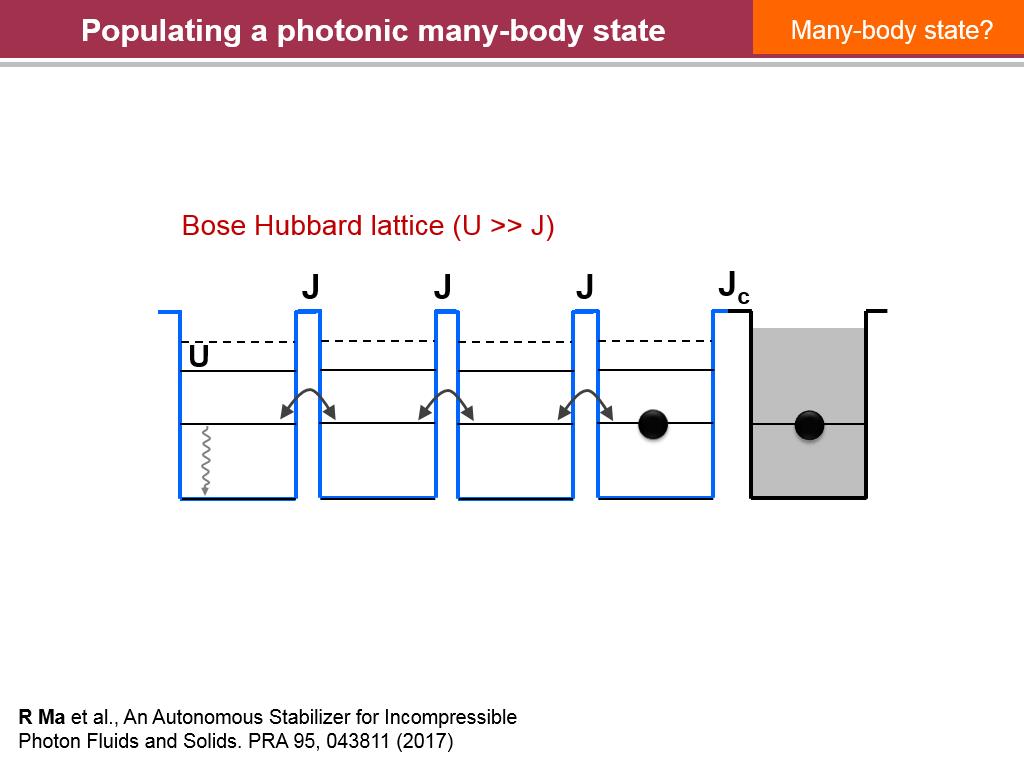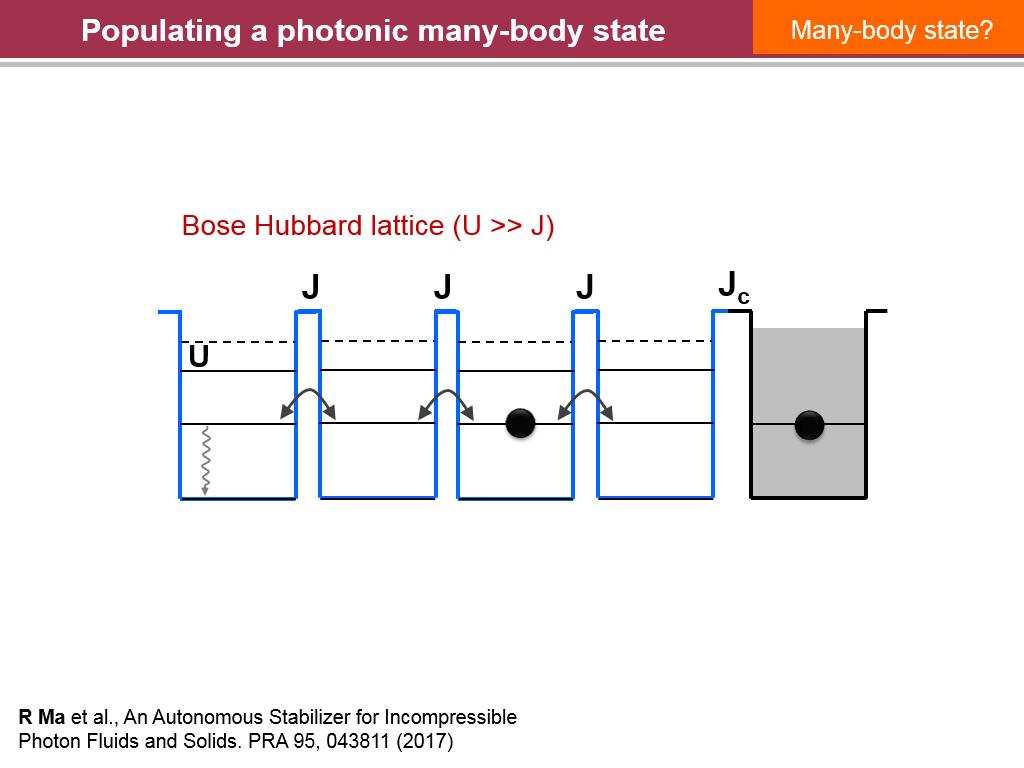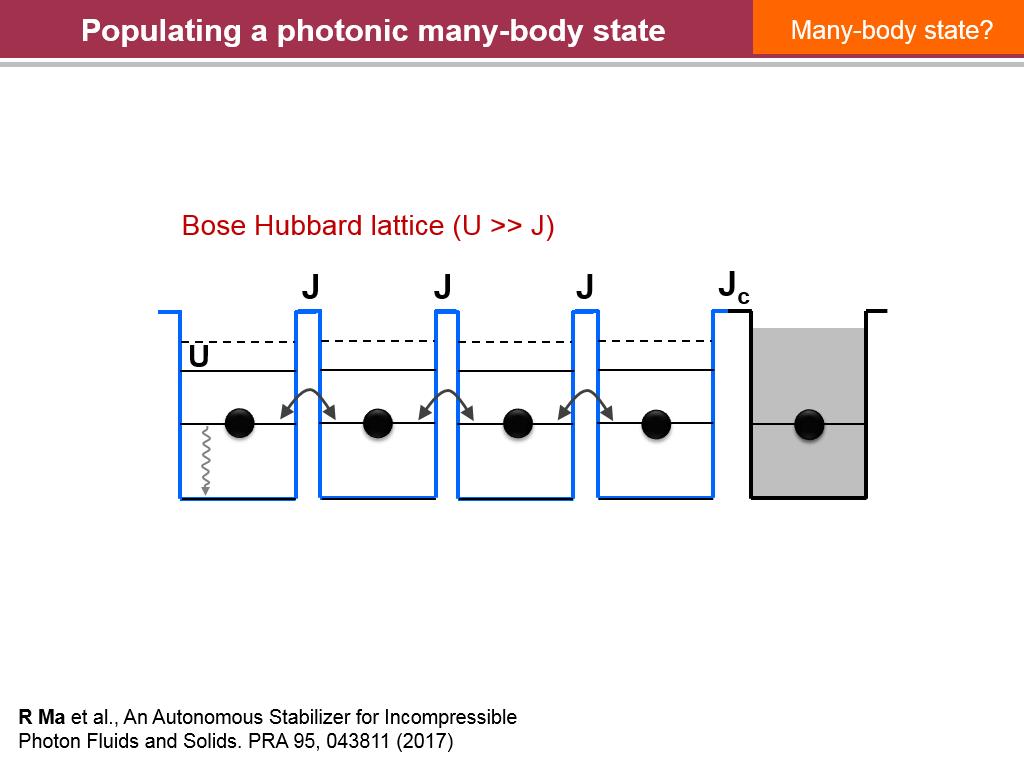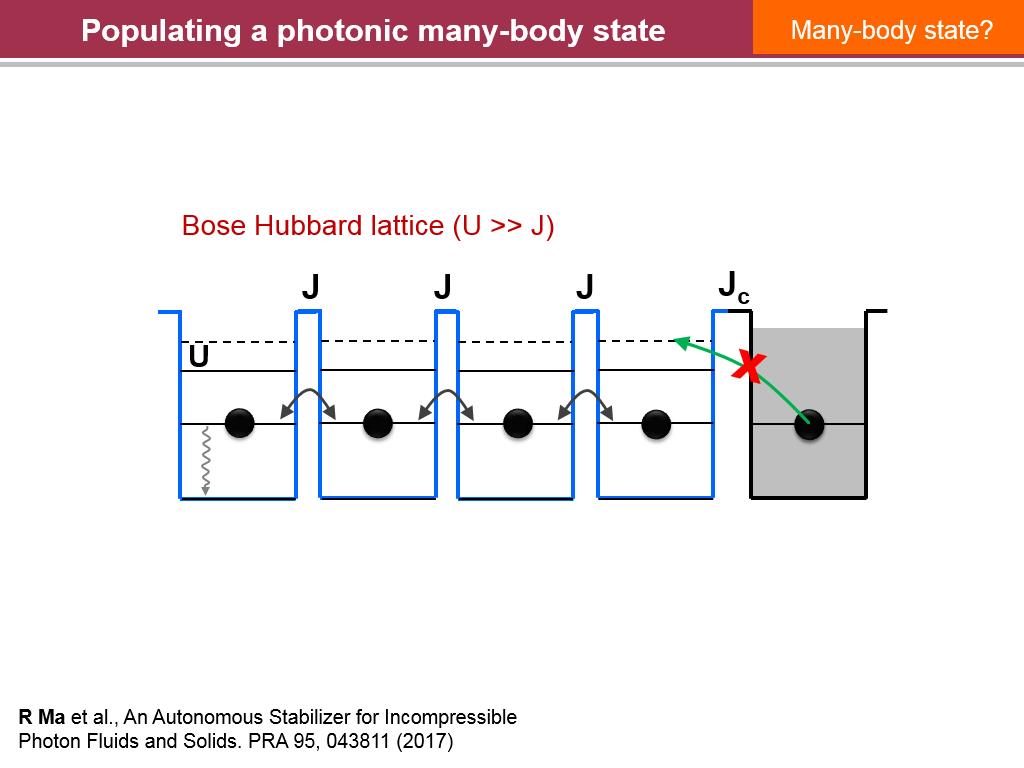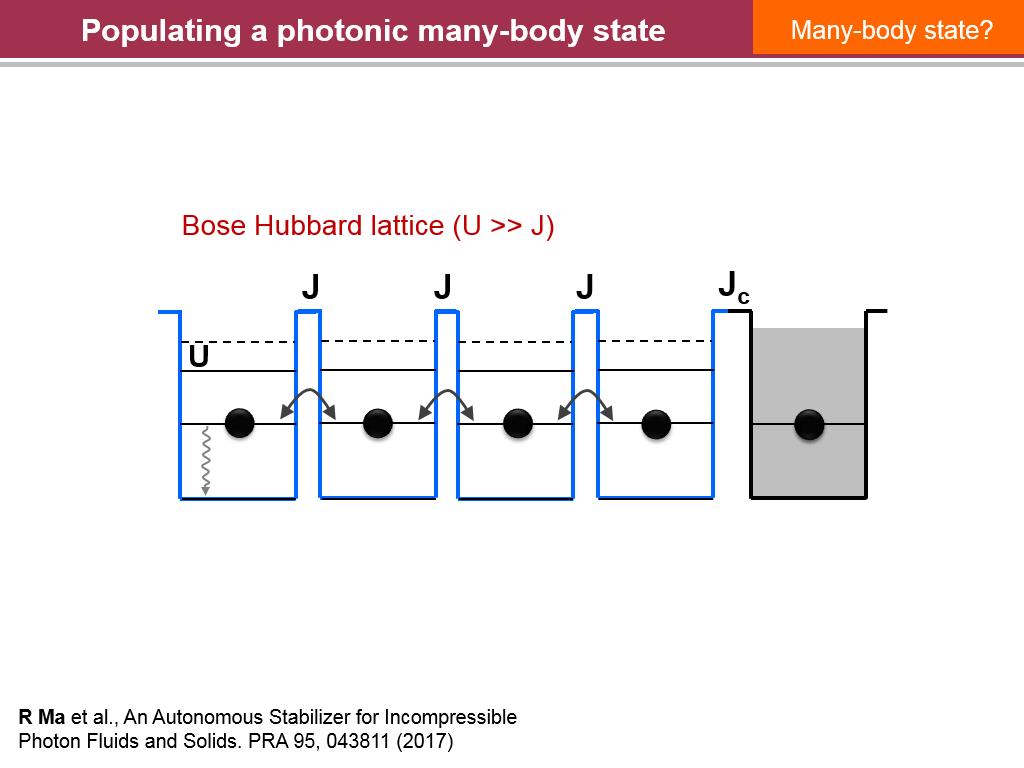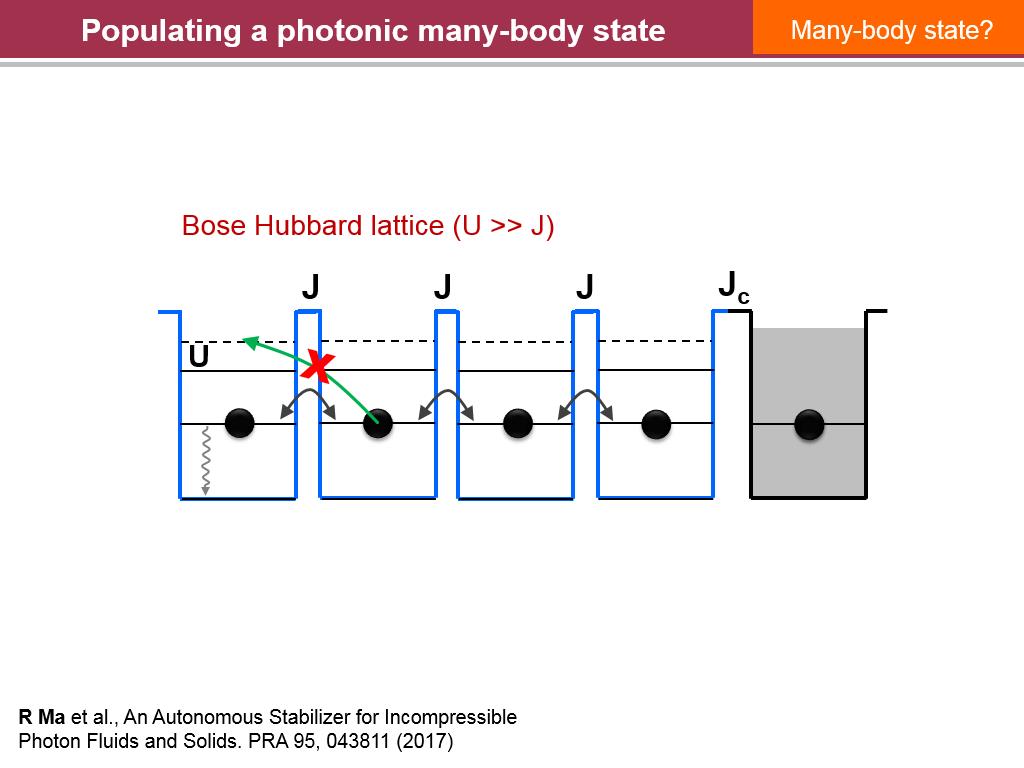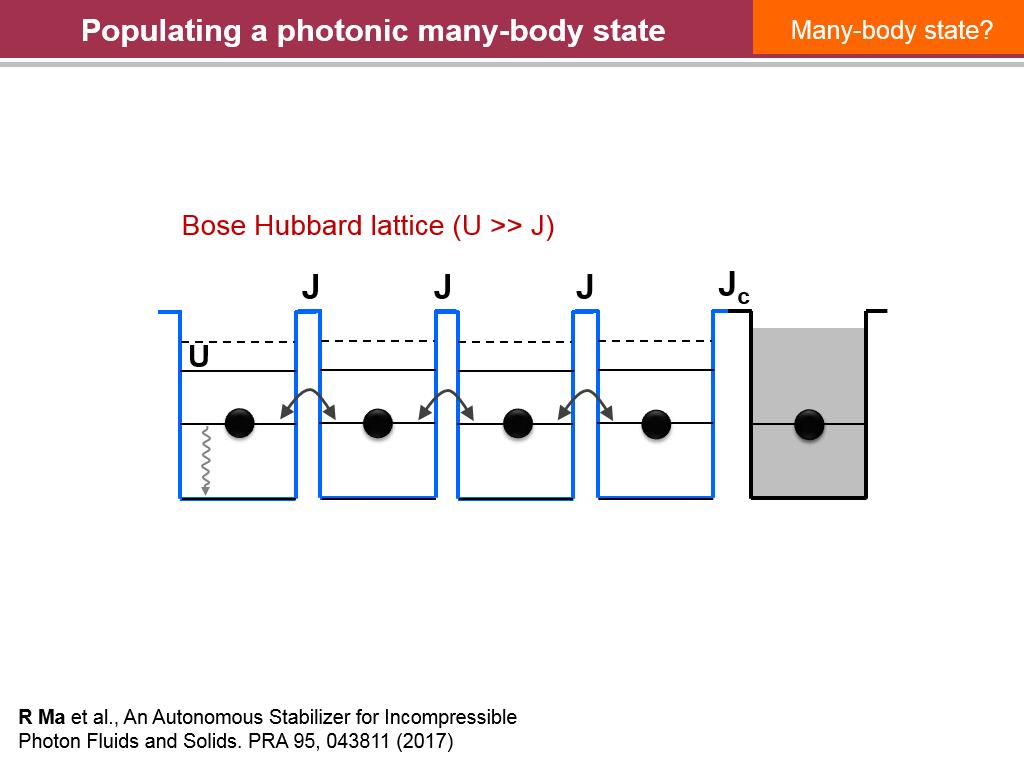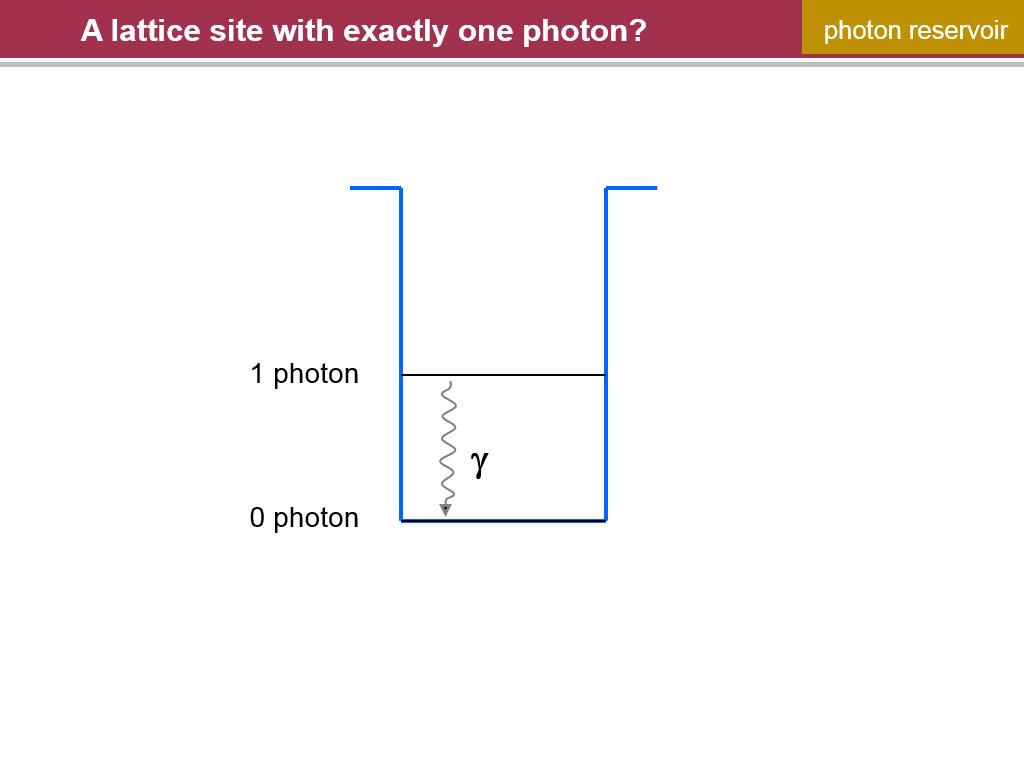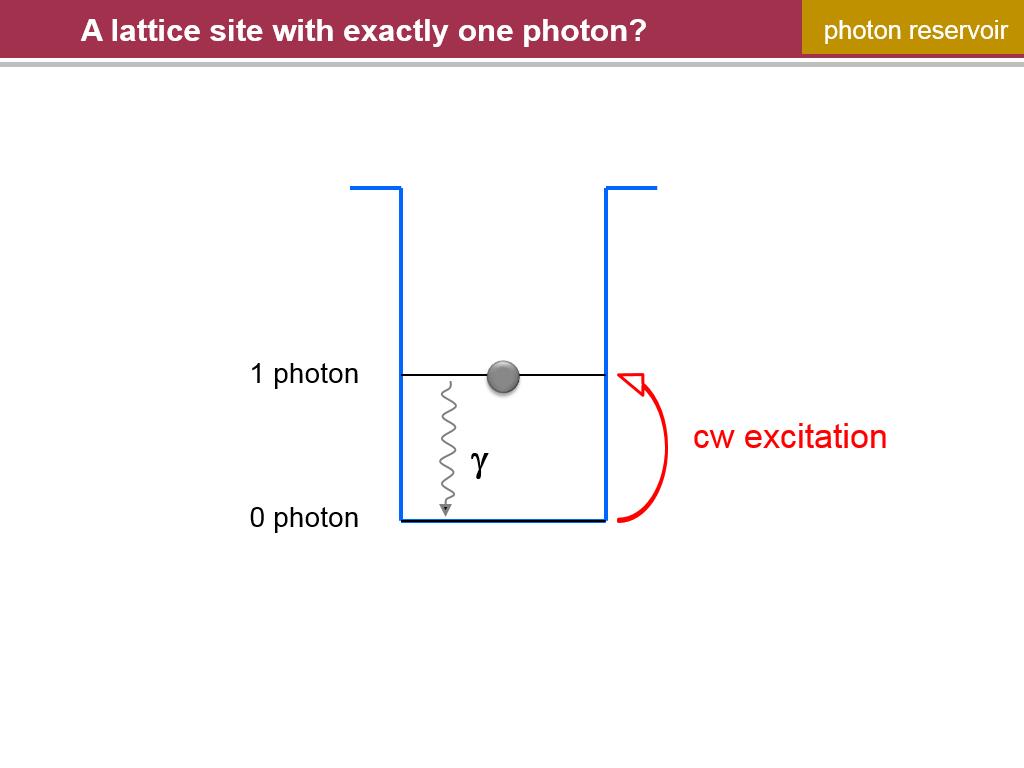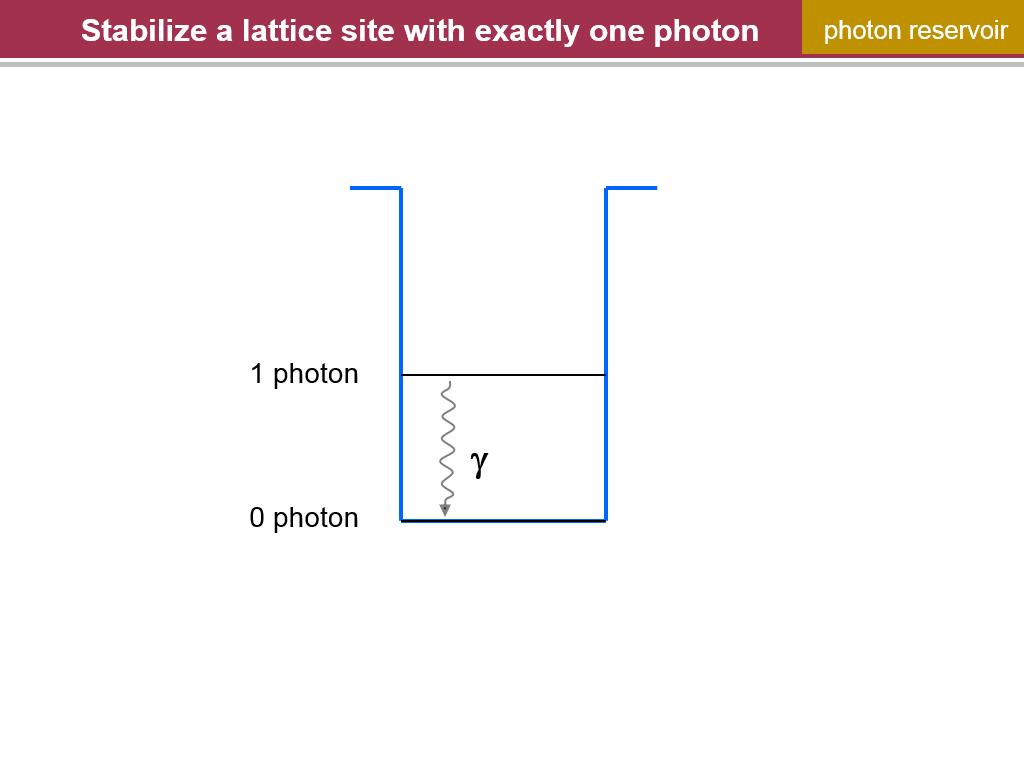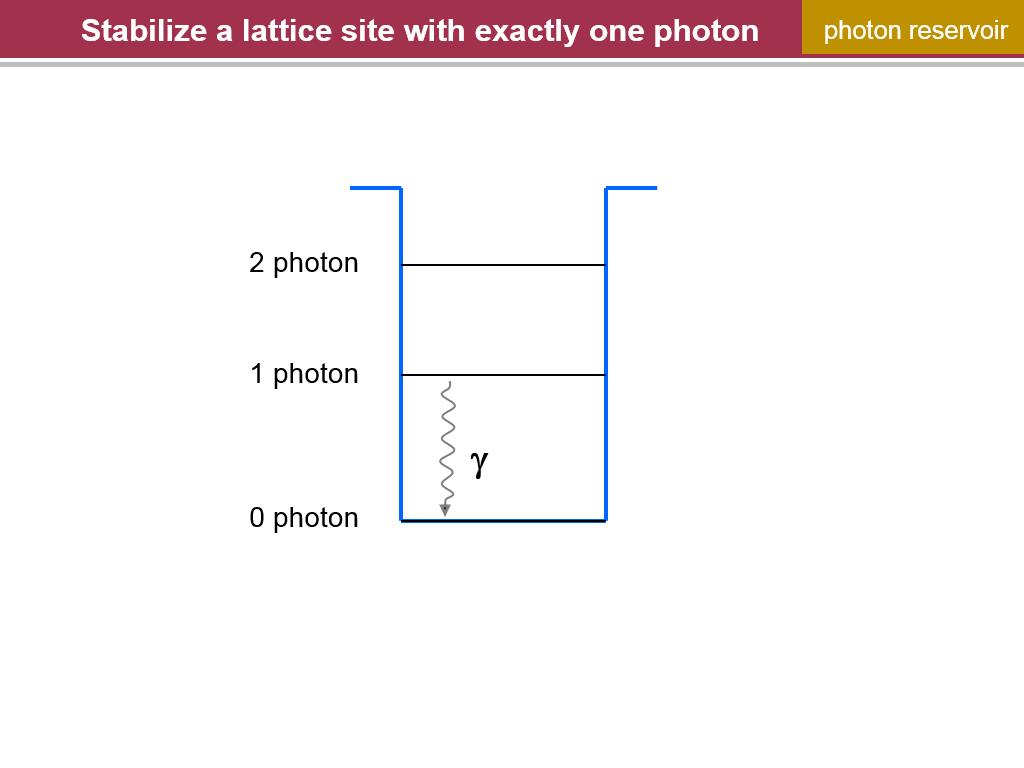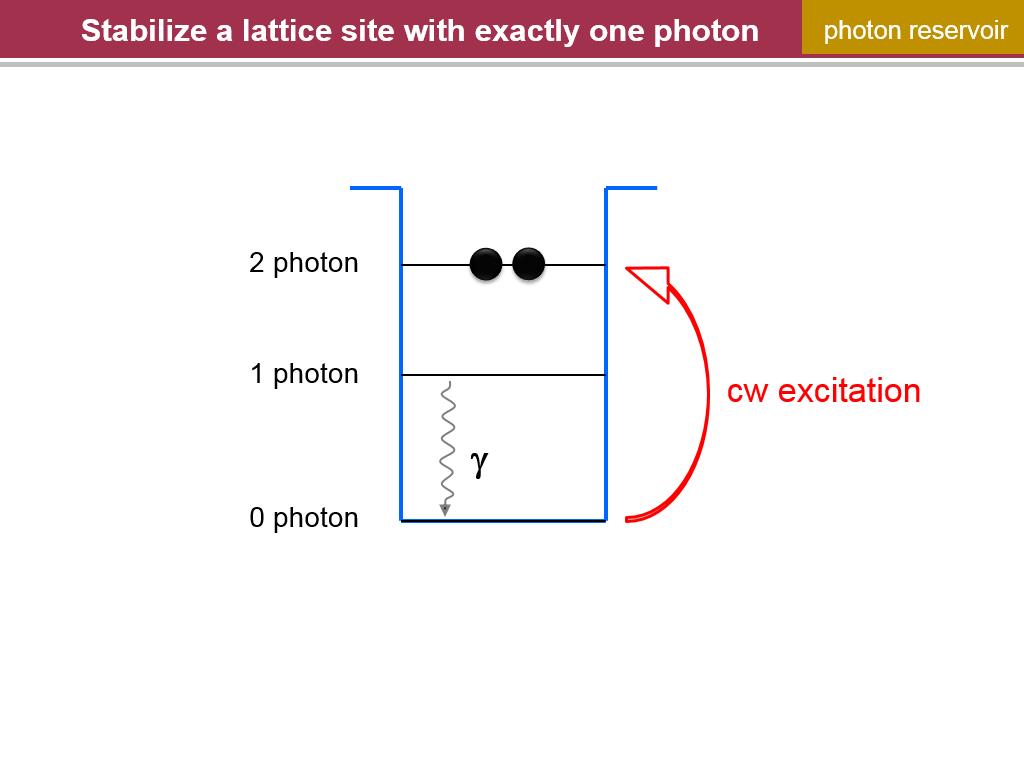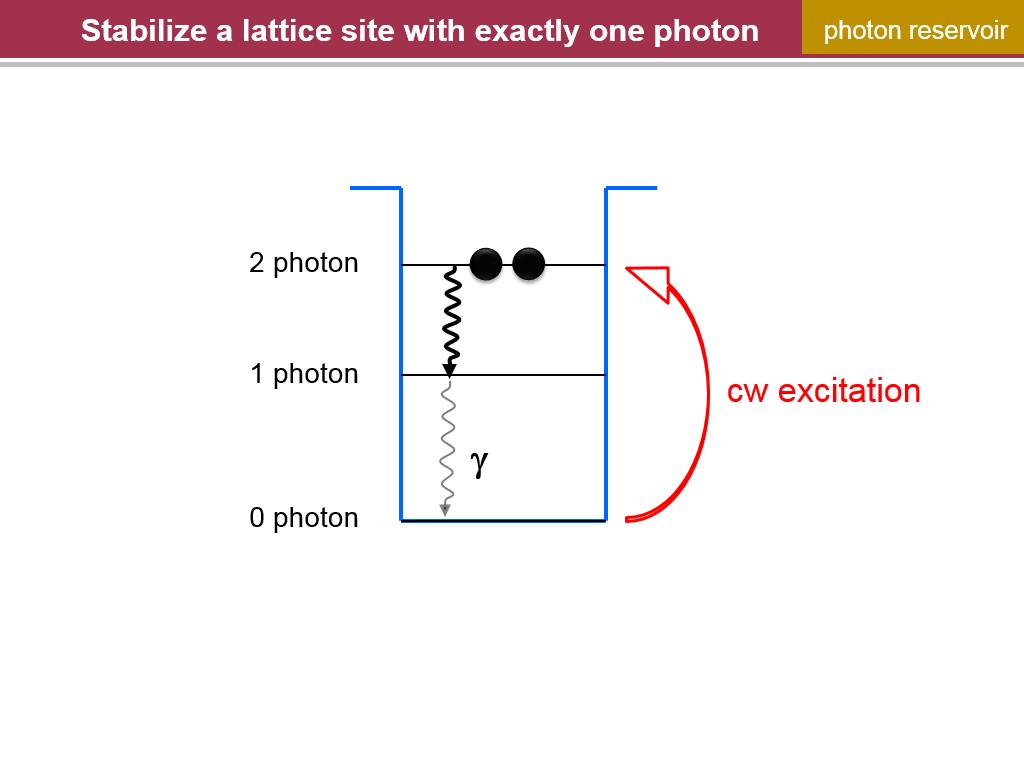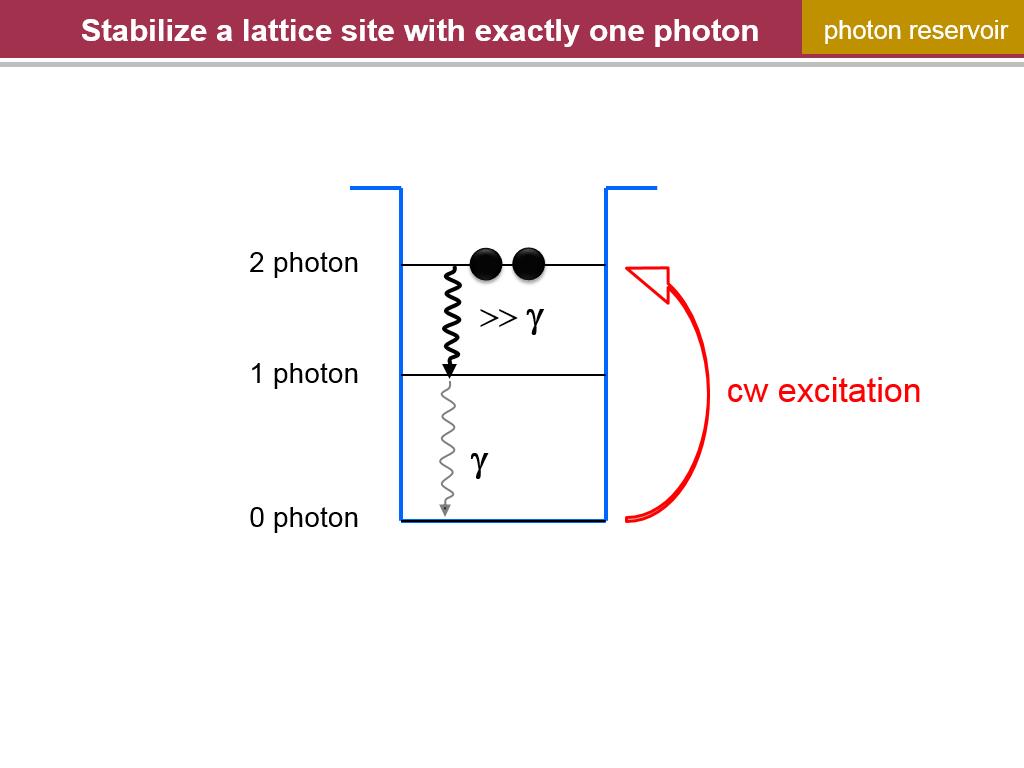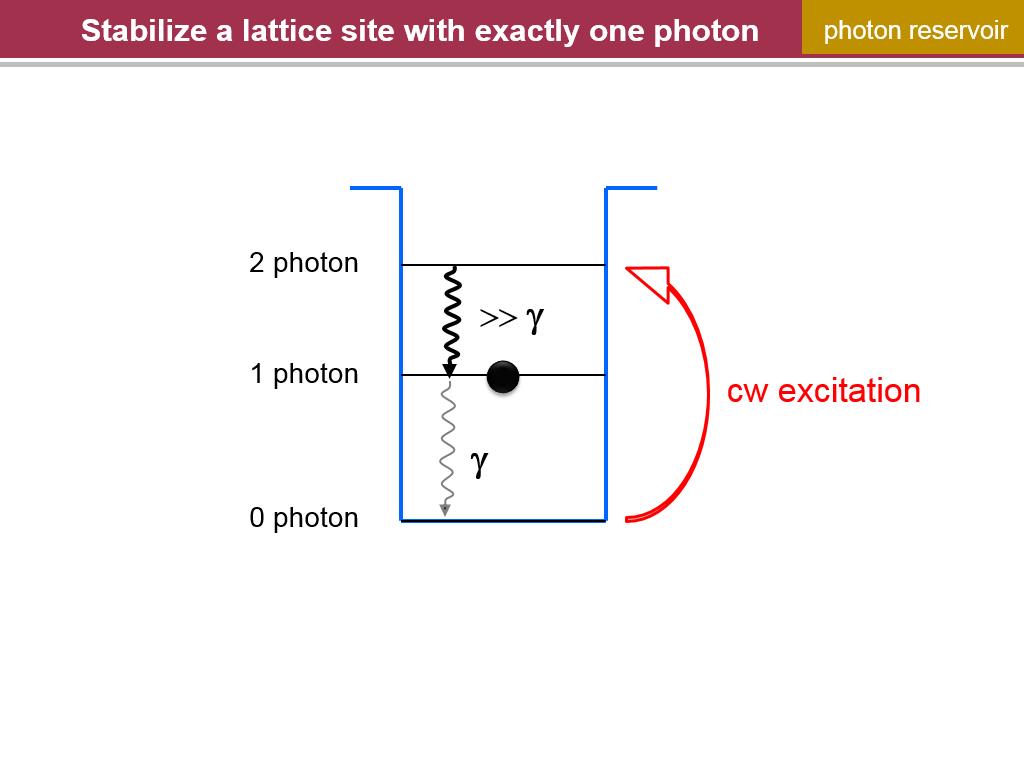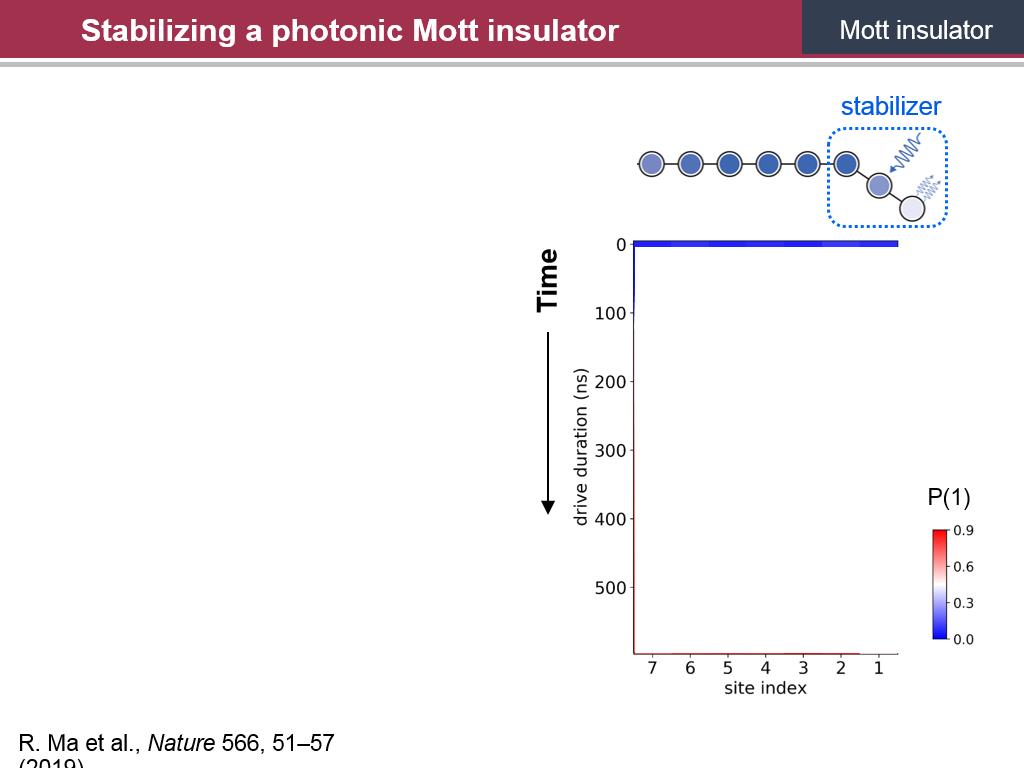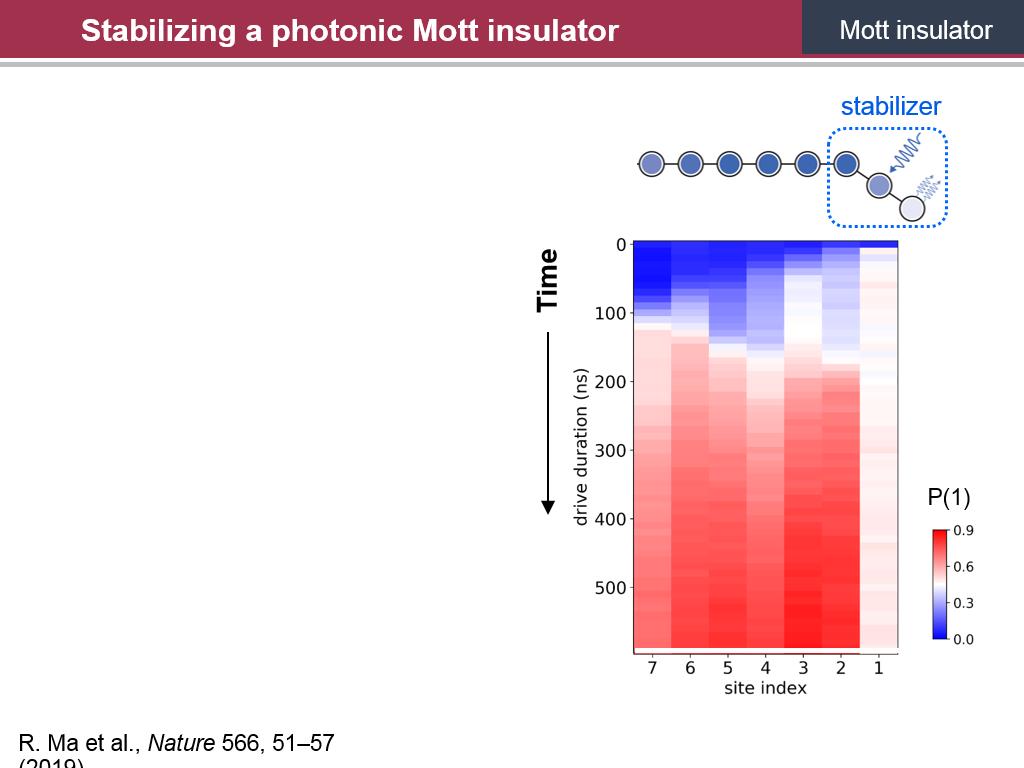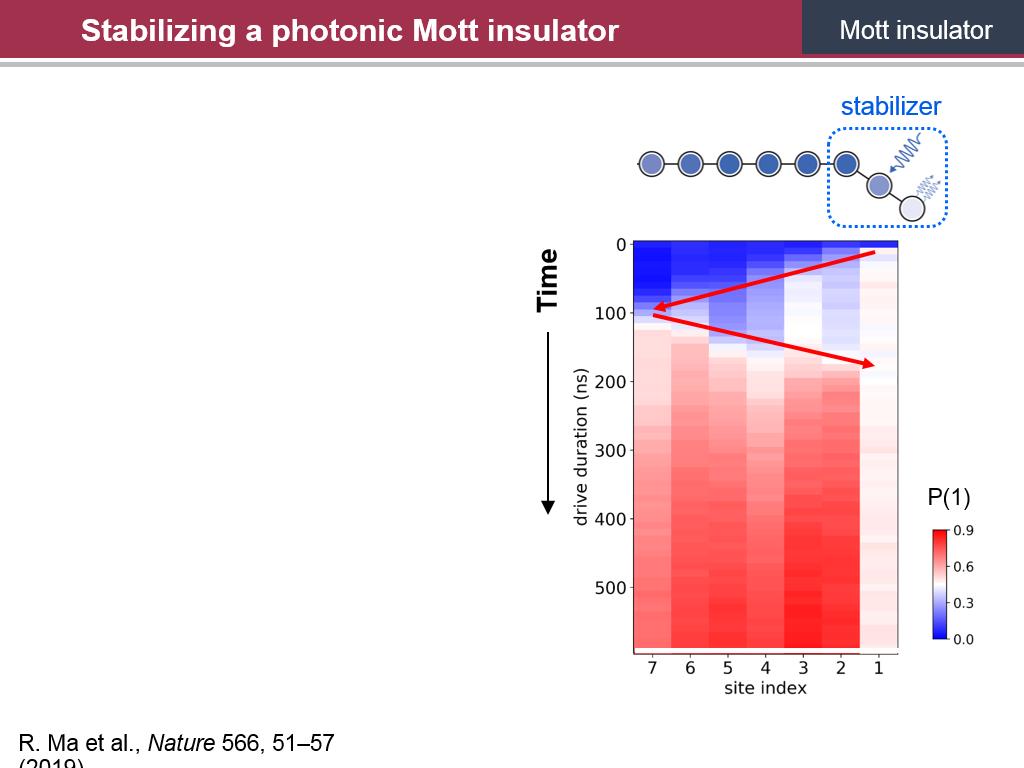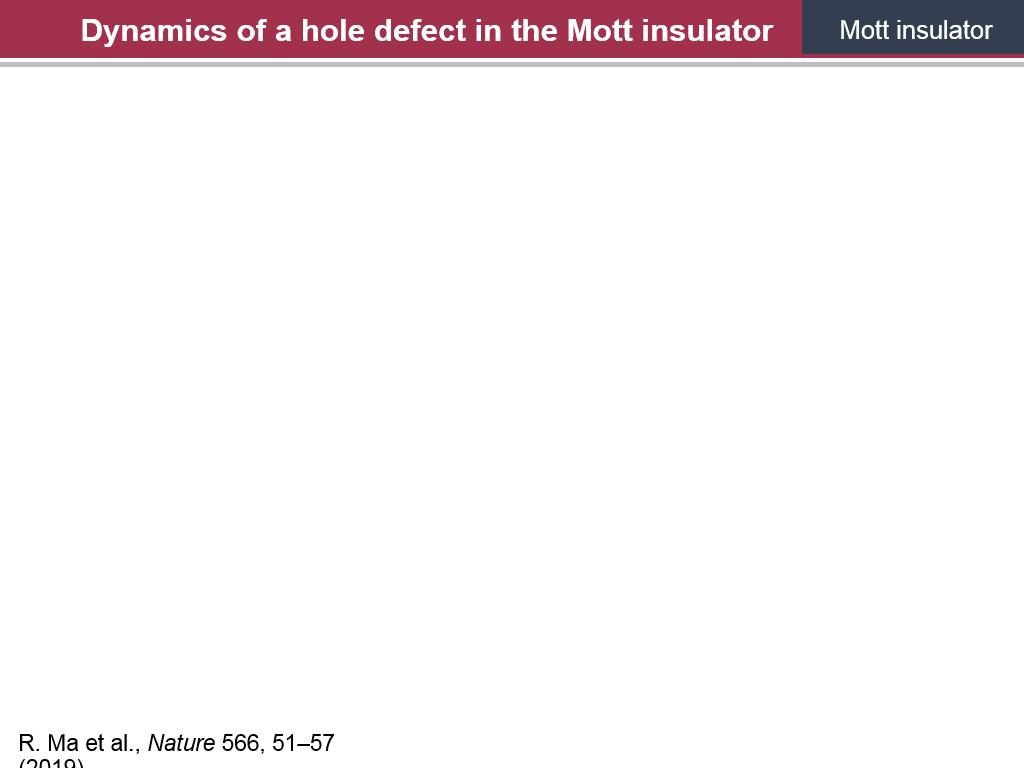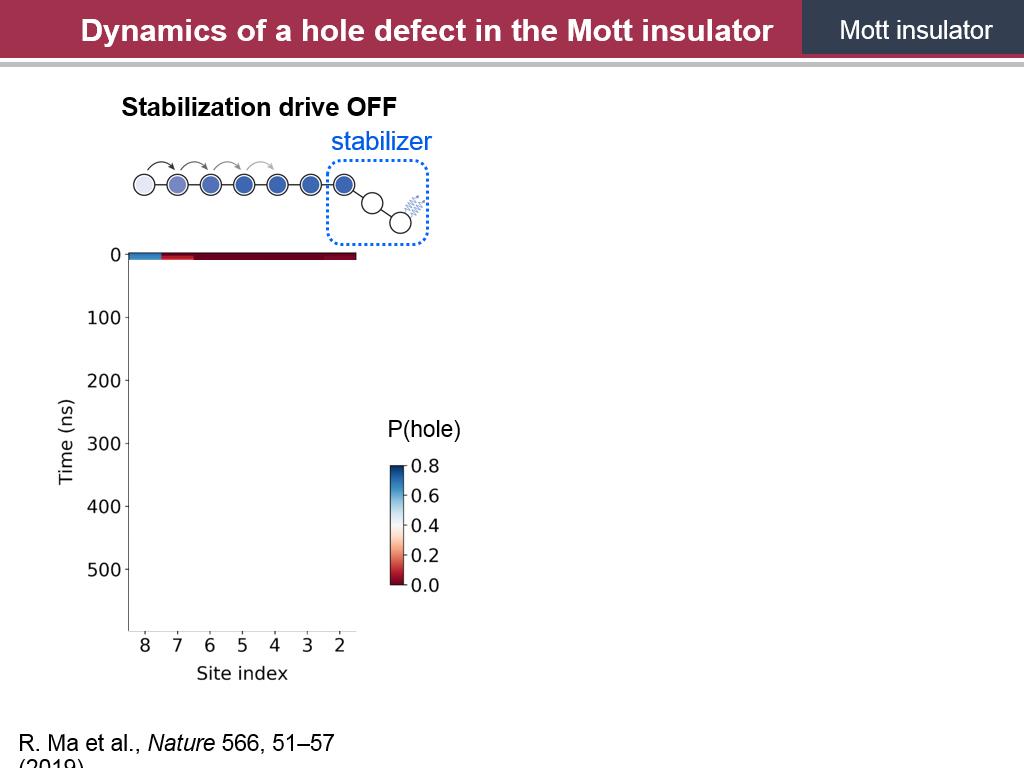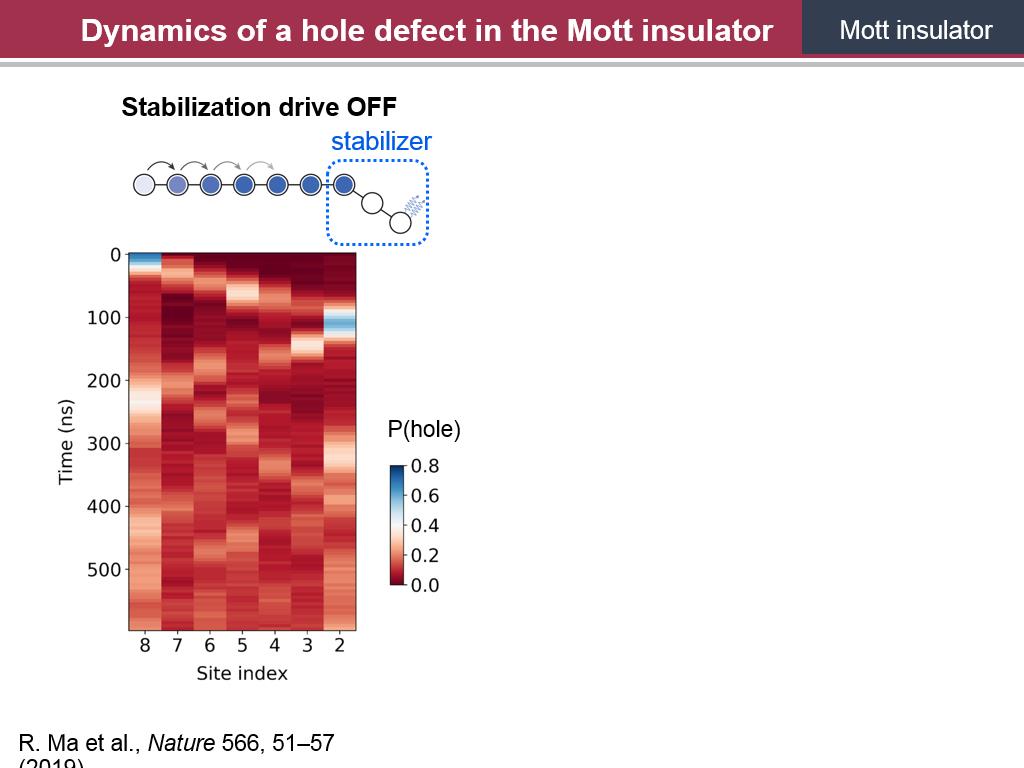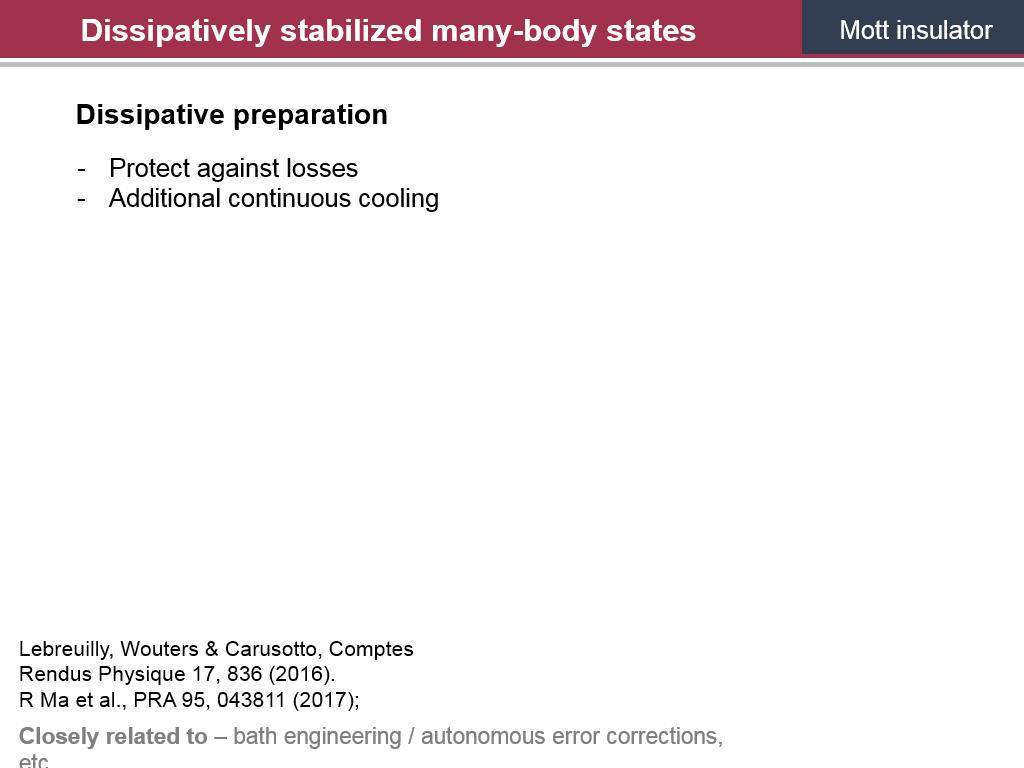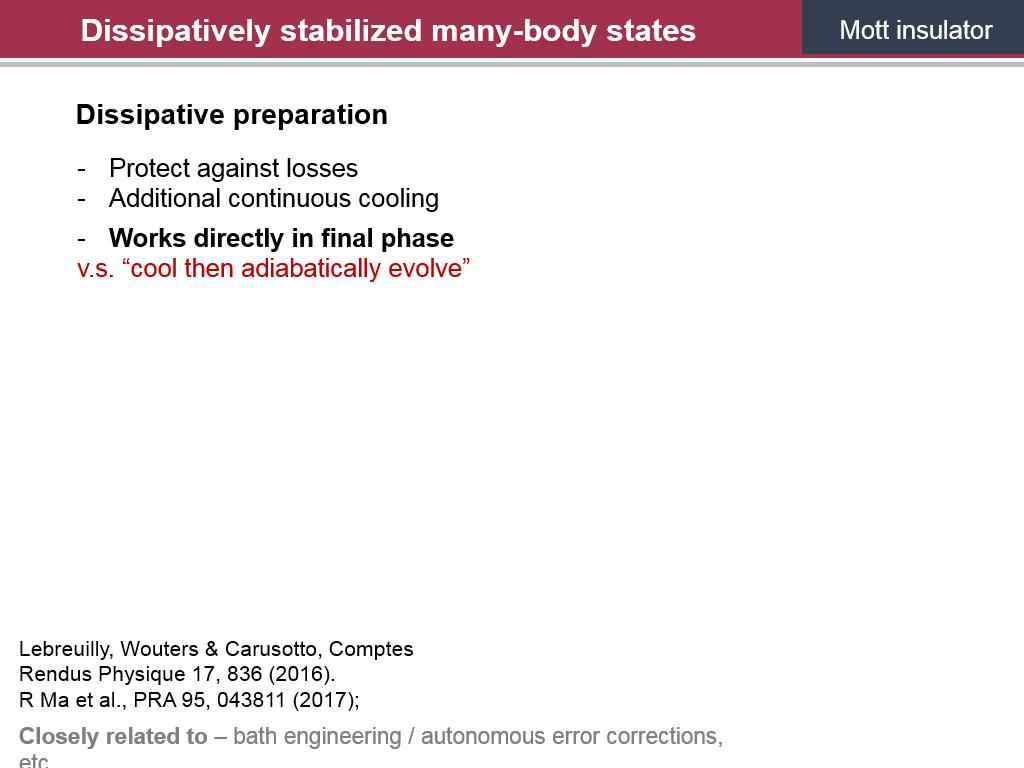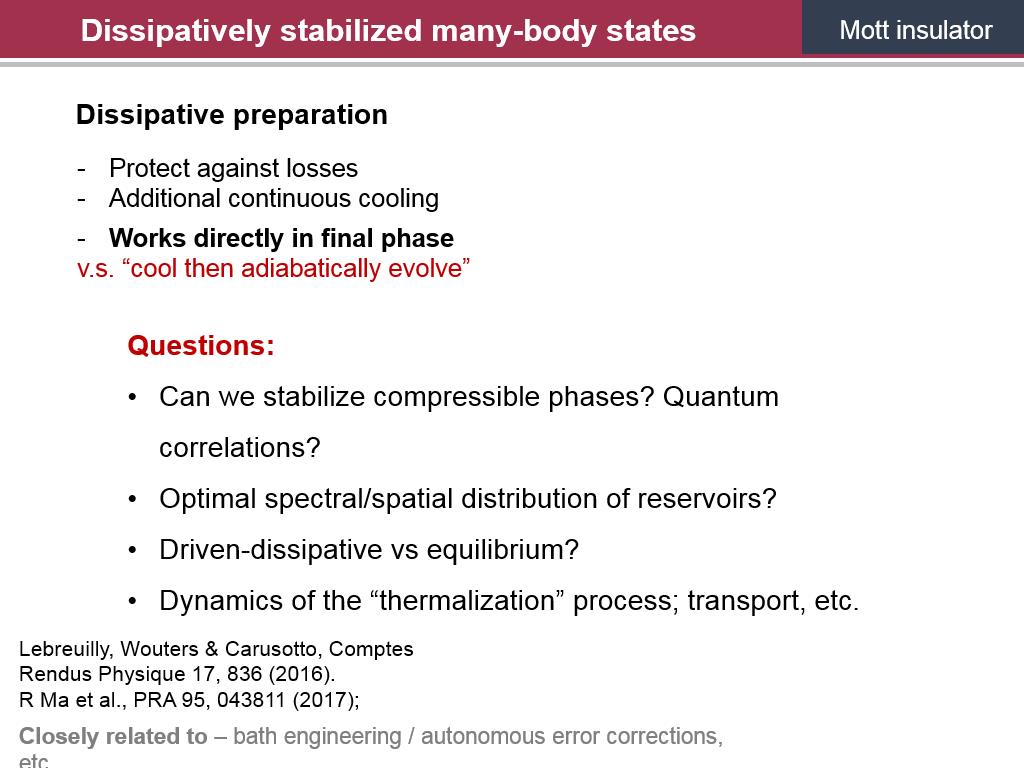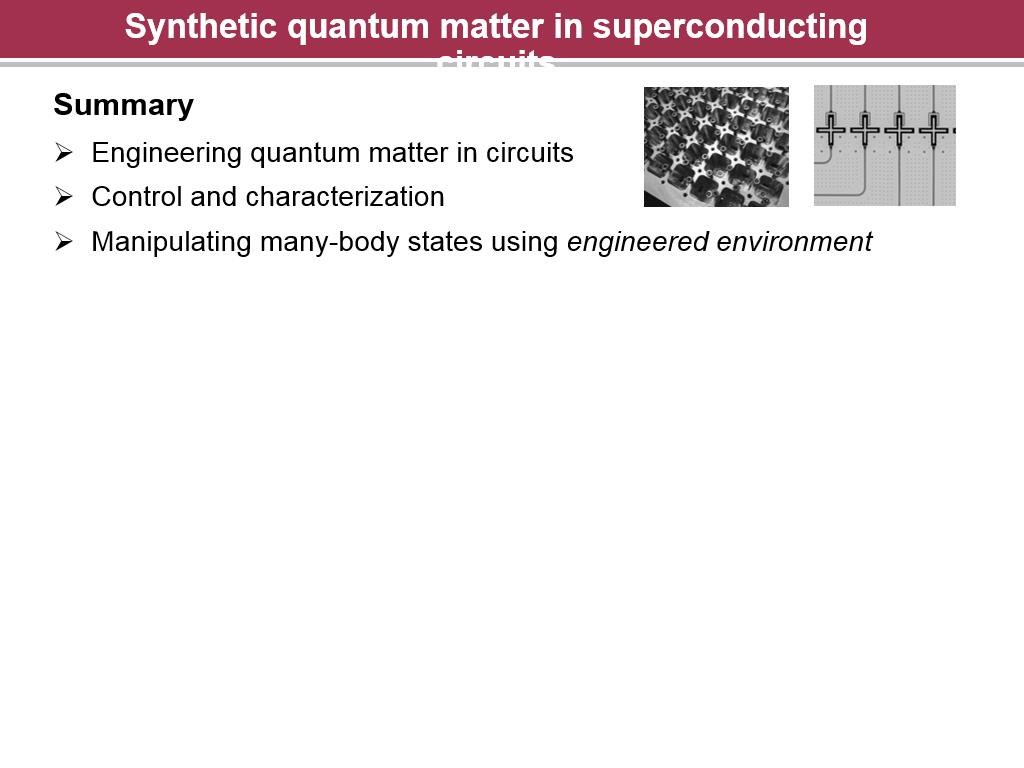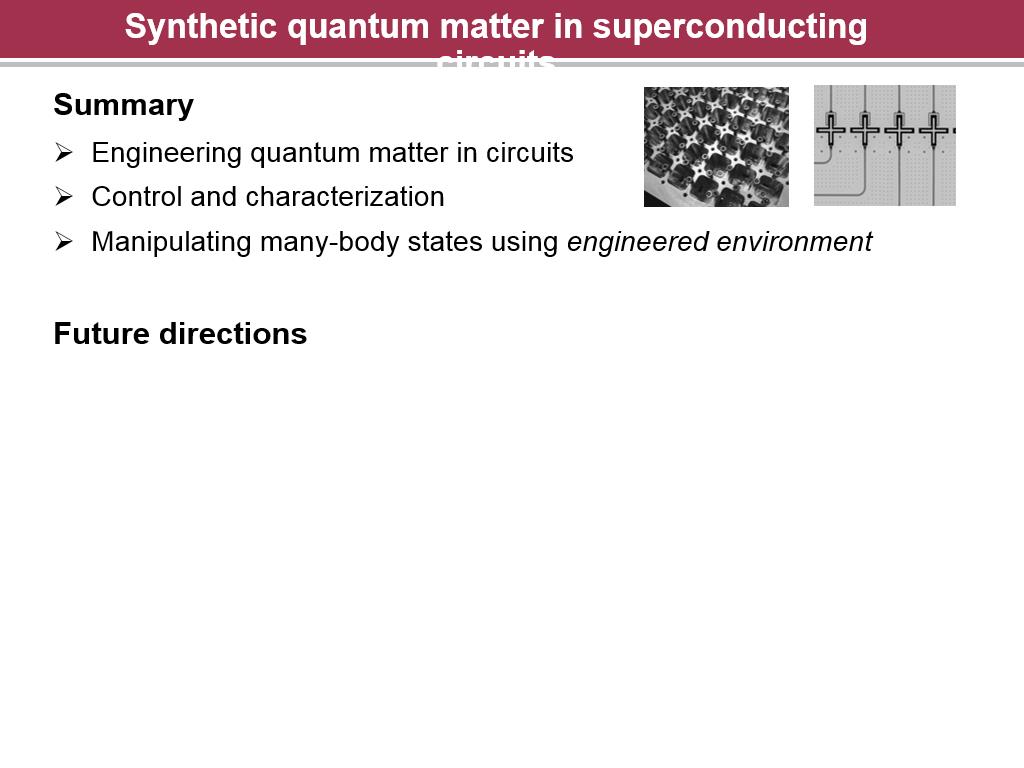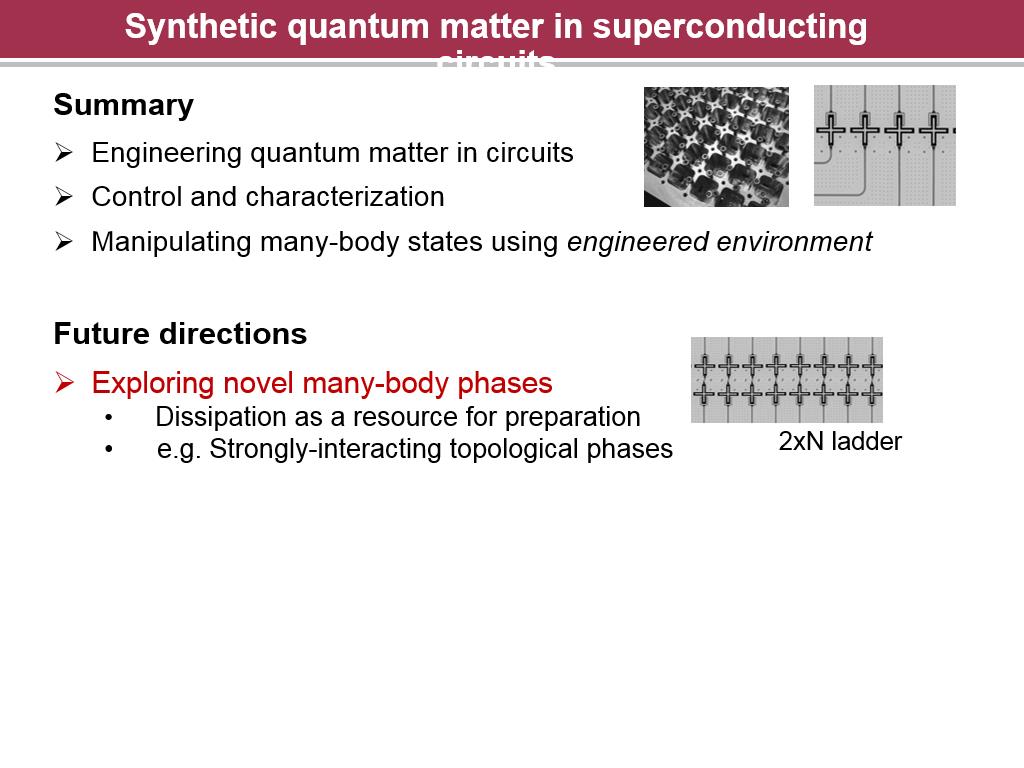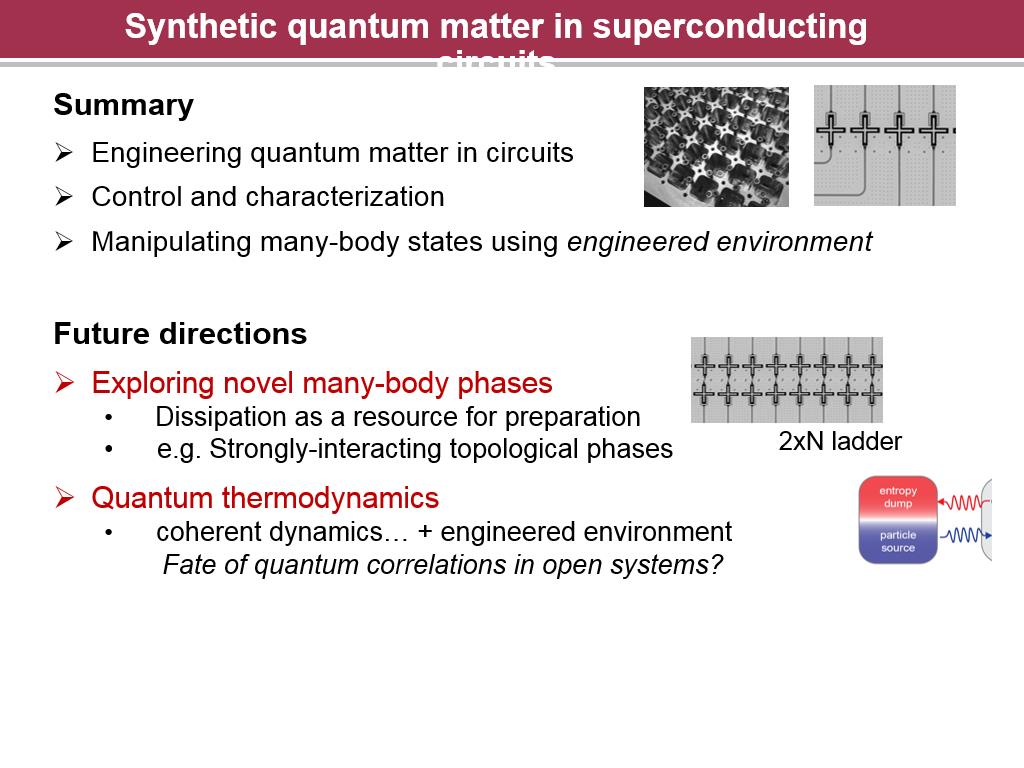Exploring Synthetic Quantum Materials in Superconducting Circuits
Exploring Synthetic Quantum Materials in Superconducting Circuits
-
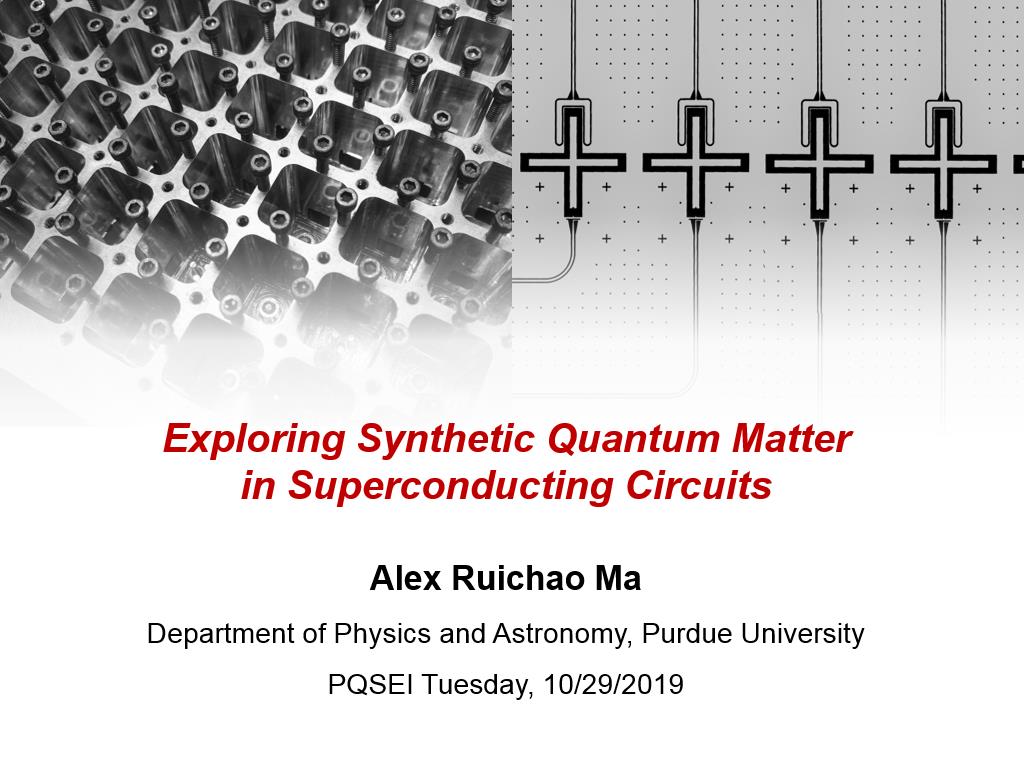 1. Exploring Synthetic Quantum Ma…
0
00:00/00:00
1. Exploring Synthetic Quantum Ma…
0
00:00/00:00 -
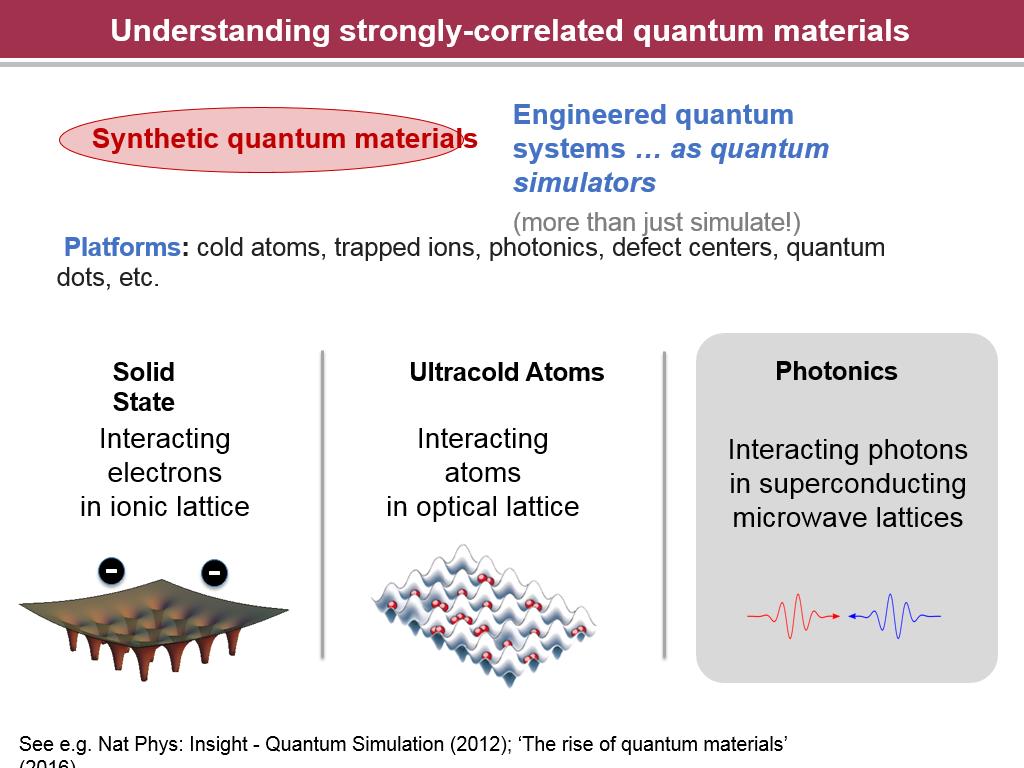 2. Understanding strongly-correla…
69.703036369703042
00:00/00:00
2. Understanding strongly-correla…
69.703036369703042
00:00/00:00 -
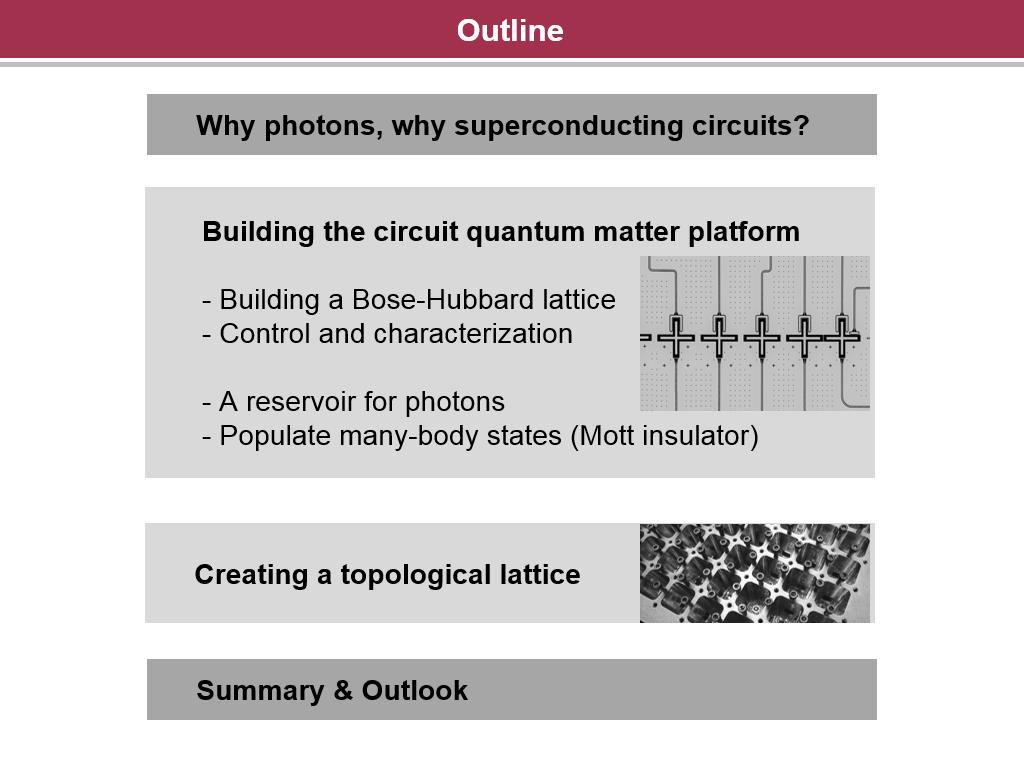 3. Outline
96.0960960960961
00:00/00:00
3. Outline
96.0960960960961
00:00/00:00 -
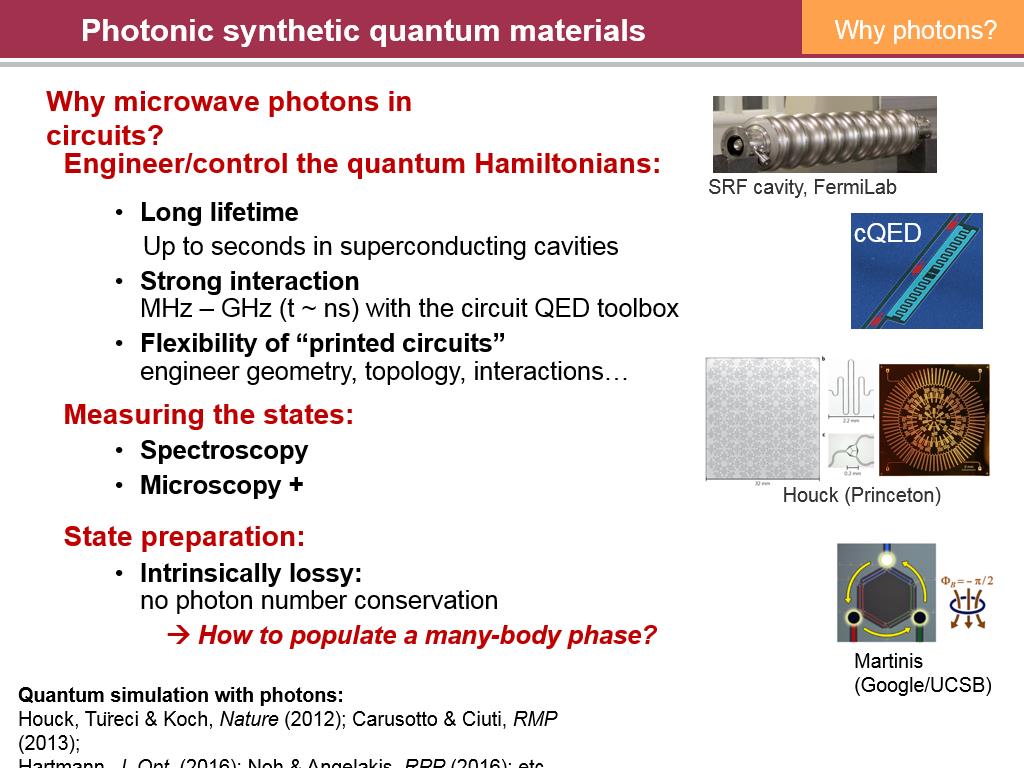 4. Photonic synthetic quantum mat…
119.55288621955289
00:00/00:00
4. Photonic synthetic quantum mat…
119.55288621955289
00:00/00:00 -
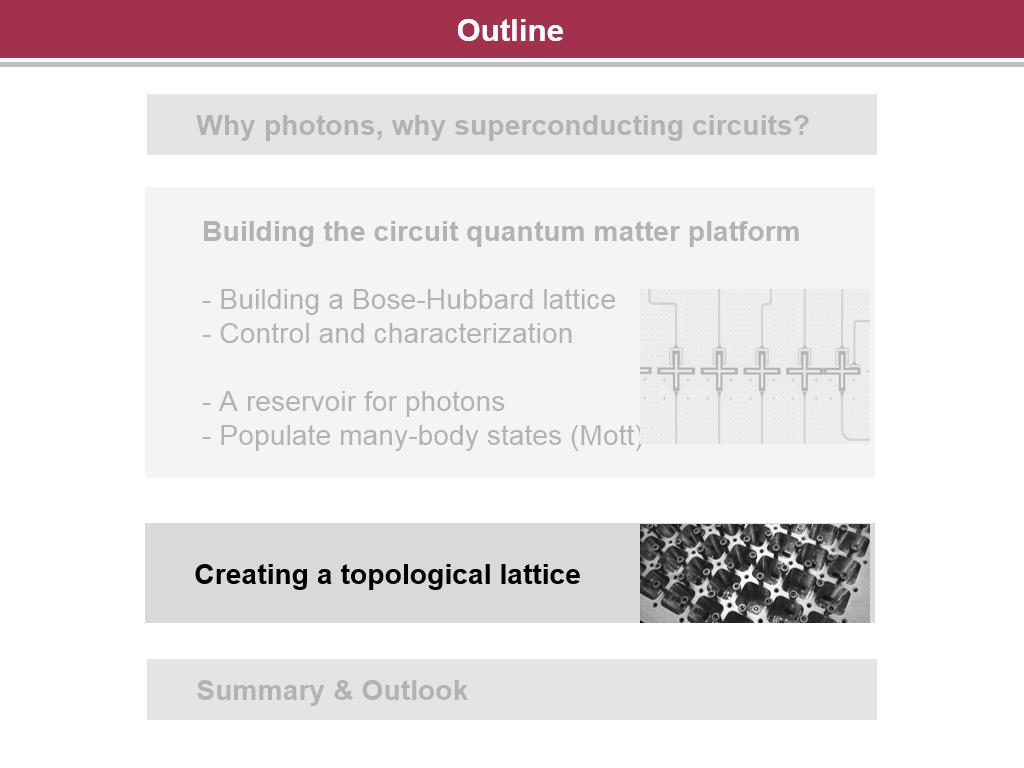 5. Outline
386.21955288621956
00:00/00:00
5. Outline
386.21955288621956
00:00/00:00 -
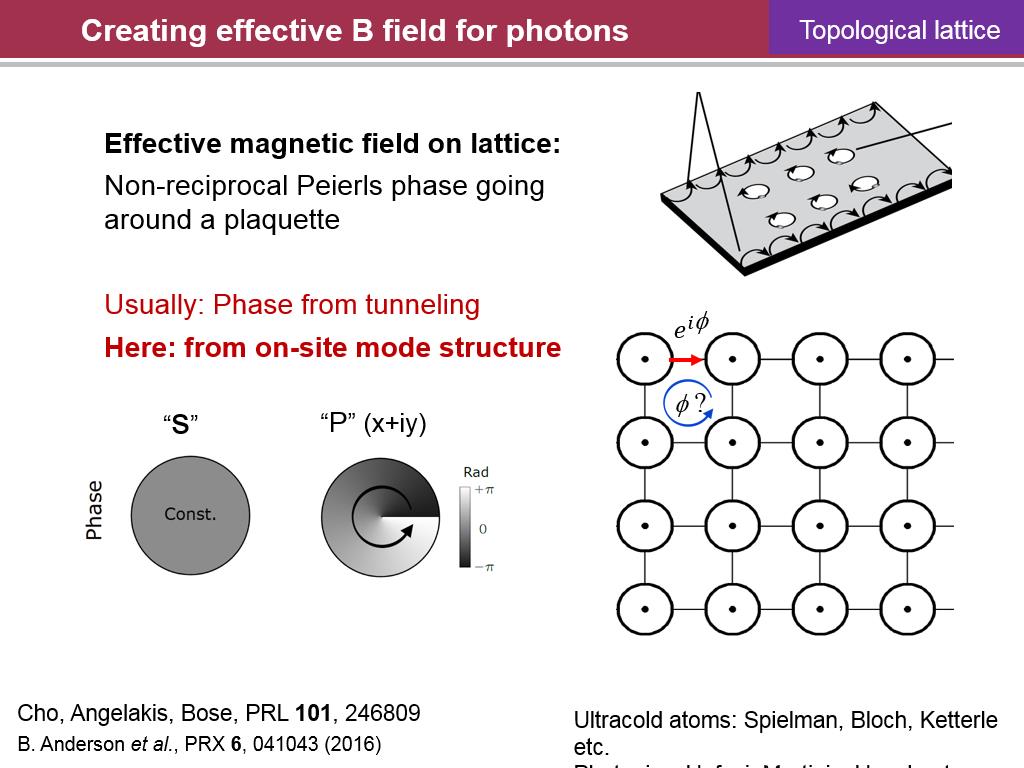 6. Creating effective B field for…
398.56523189856523
00:00/00:00
6. Creating effective B field for…
398.56523189856523
00:00/00:00 -
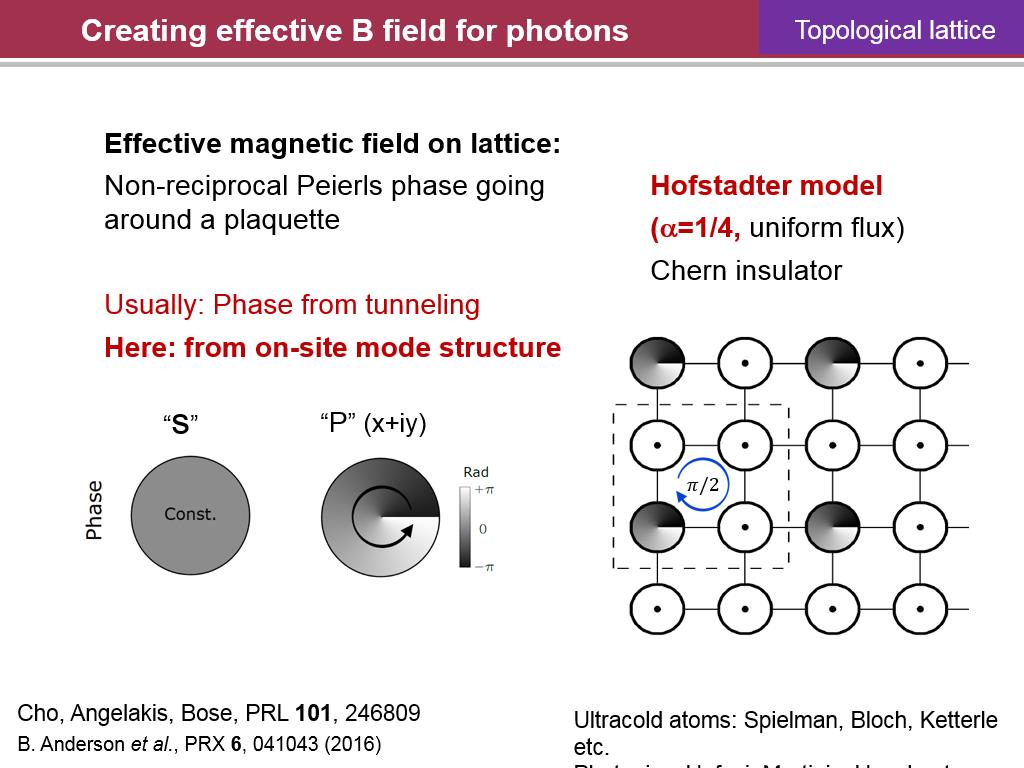 7. Creating effective B field for…
548.14814814814815
00:00/00:00
7. Creating effective B field for…
548.14814814814815
00:00/00:00 -
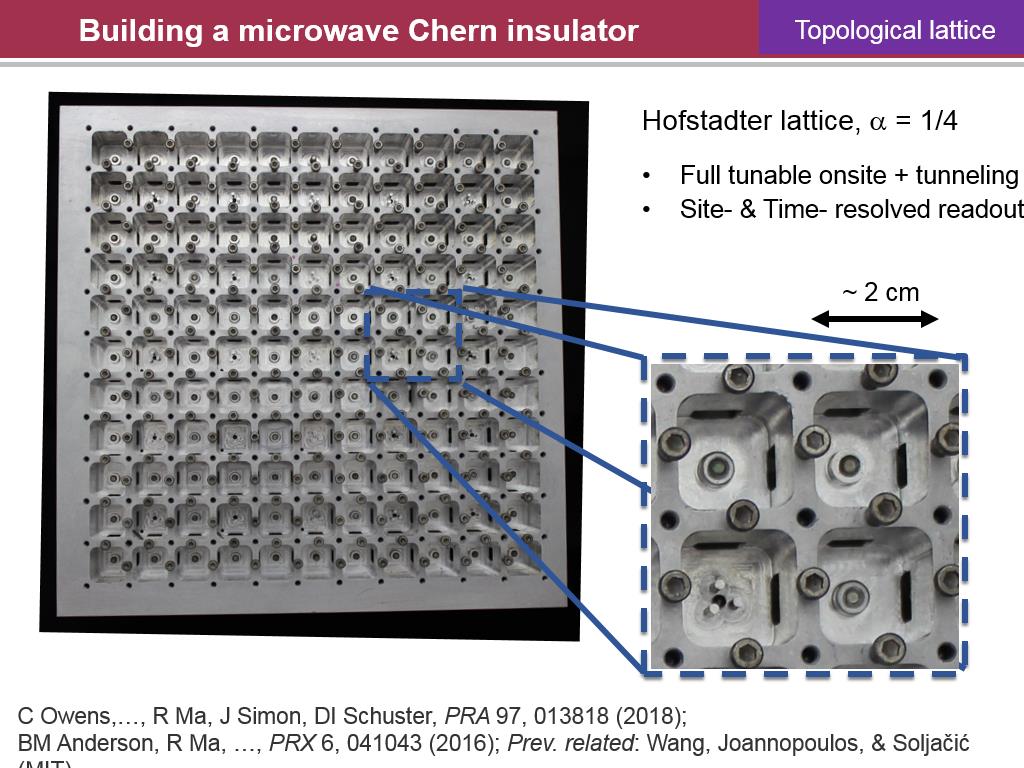 8. Building a microwave Chern ins…
605.23857190523859
00:00/00:00
8. Building a microwave Chern ins…
605.23857190523859
00:00/00:00 -
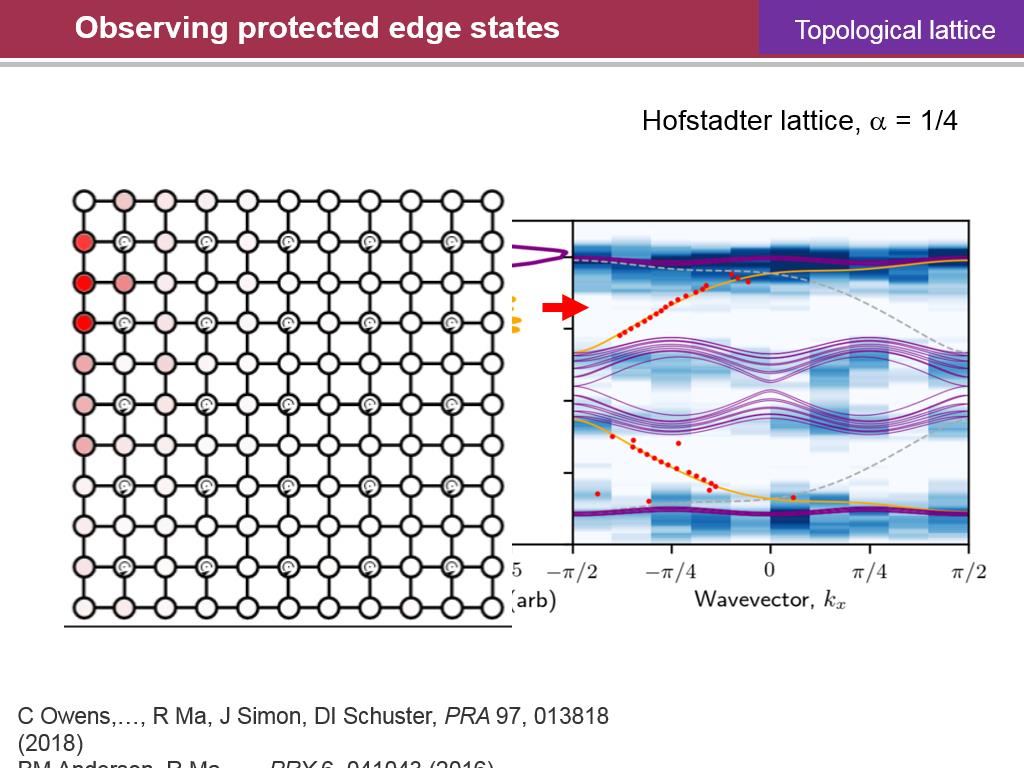 9. Observing protected edge state…
857.79112445779117
00:00/00:00
9. Observing protected edge state…
857.79112445779117
00:00/00:00 -
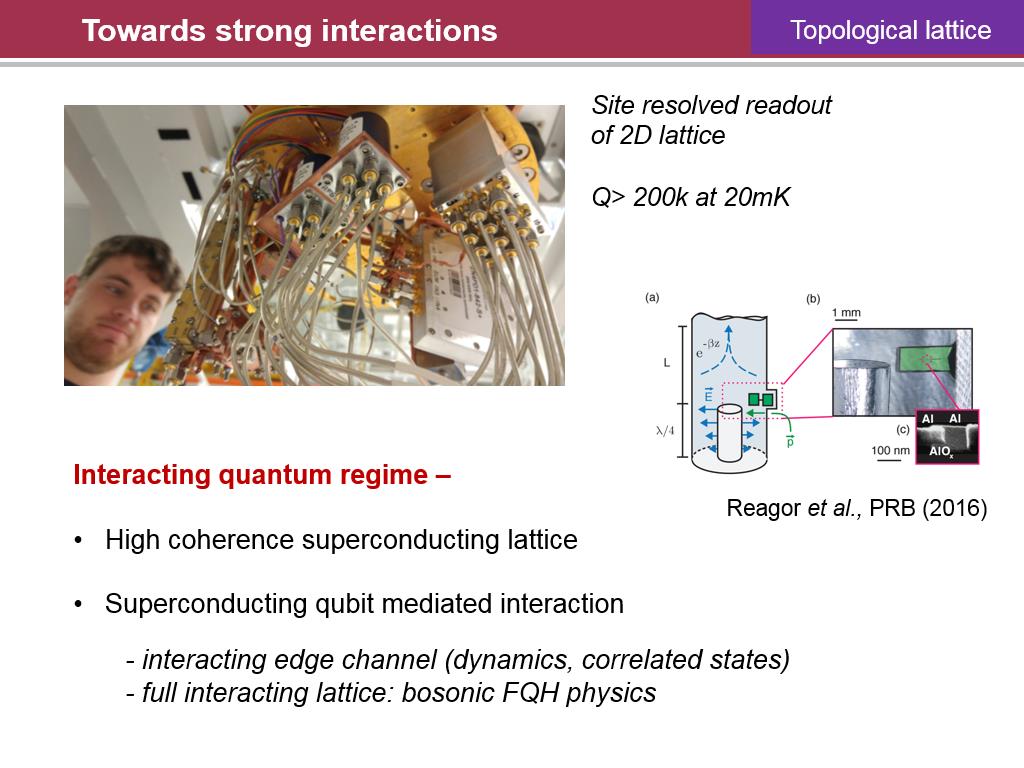 10. Towards strong interactions
1056.9903236569903
00:00/00:00
10. Towards strong interactions
1056.9903236569903
00:00/00:00 -
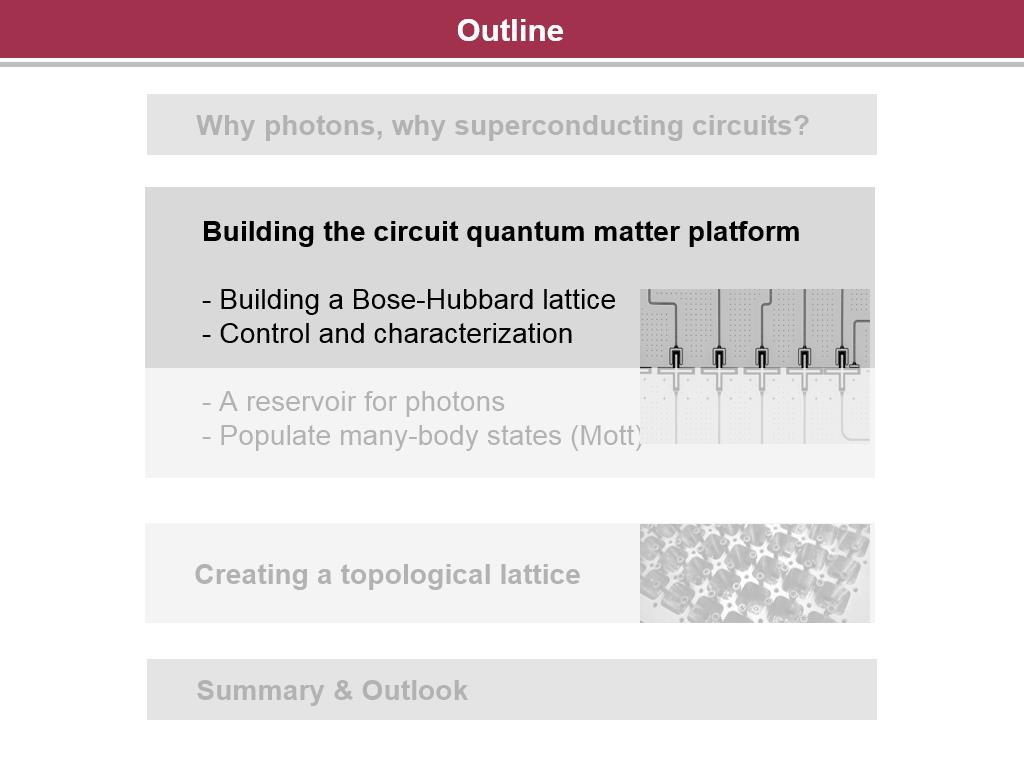 11. Outline
1112.3790457123791
00:00/00:00
11. Outline
1112.3790457123791
00:00/00:00 -
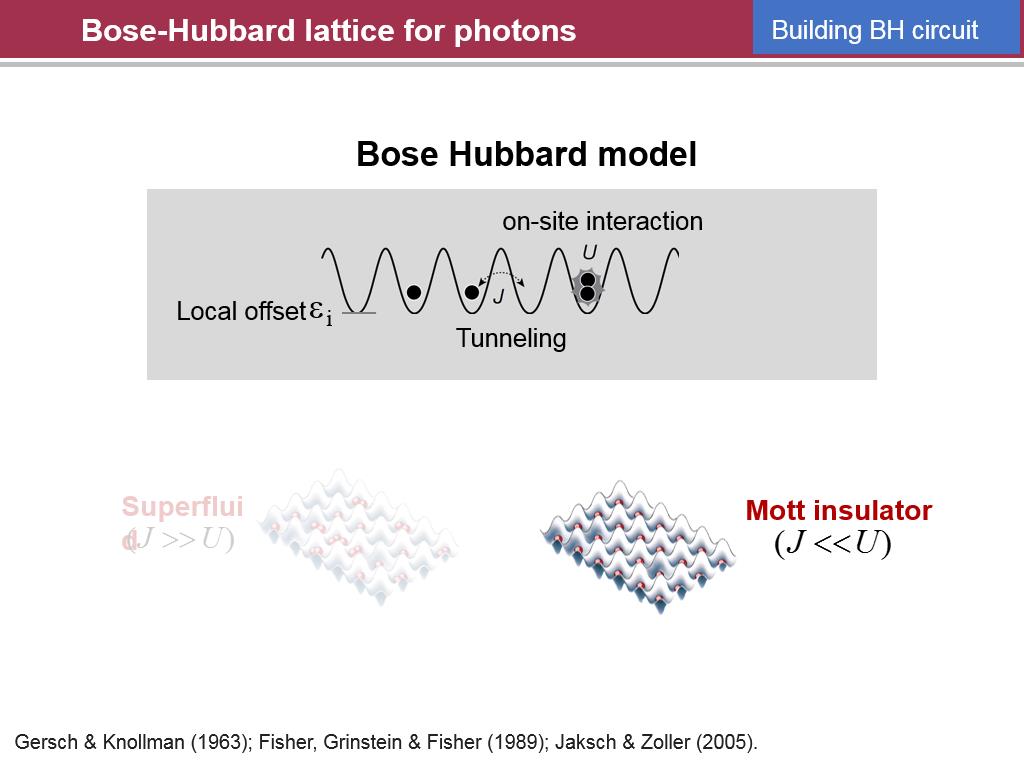 12. Bose-Hubbard lattice for photo…
1149.4160827494161
00:00/00:00
12. Bose-Hubbard lattice for photo…
1149.4160827494161
00:00/00:00 -
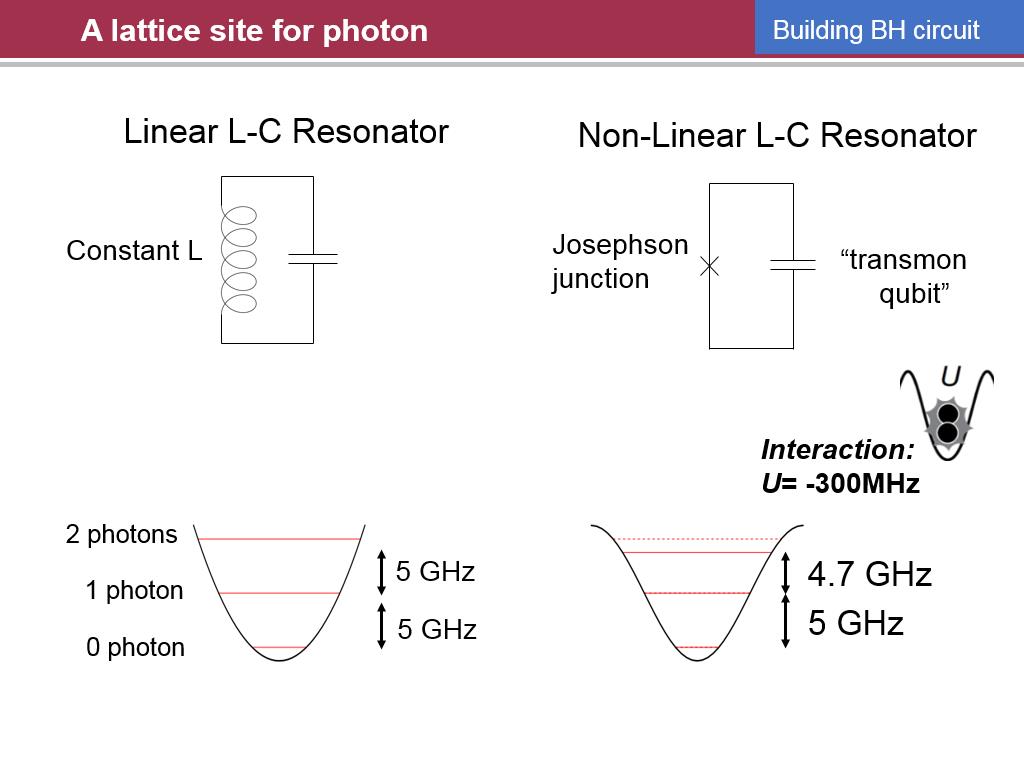 13. A lattice site for photon
1253.1531531531532
00:00/00:00
13. A lattice site for photon
1253.1531531531532
00:00/00:00 -
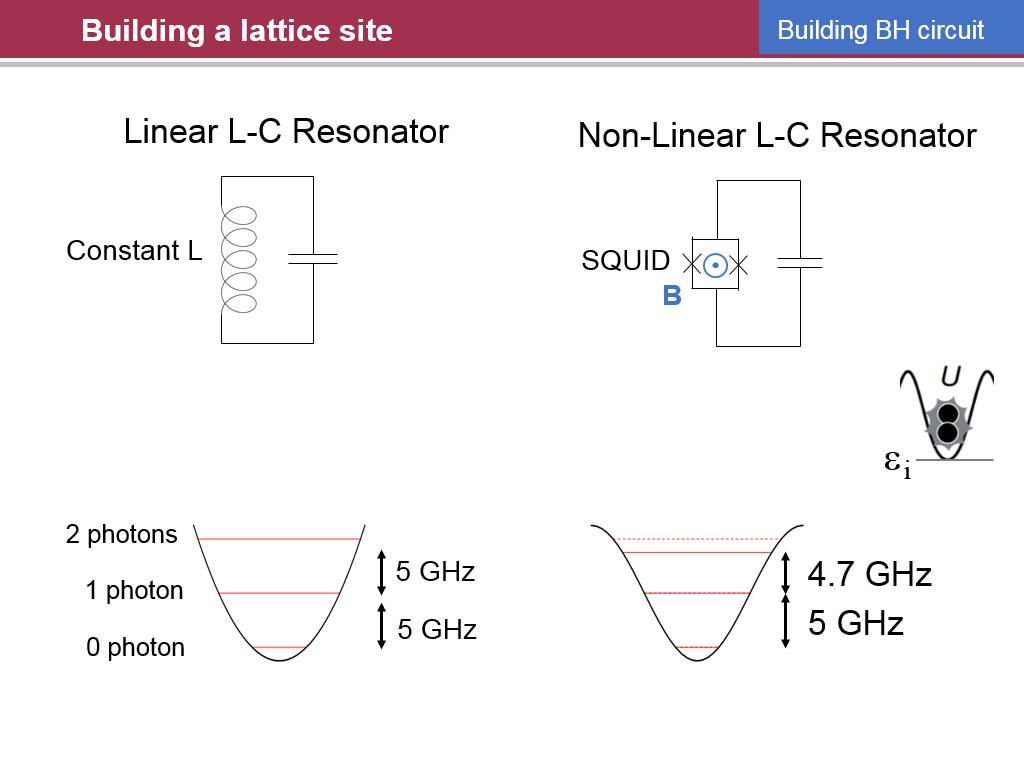 14. Building a lattice site
1395.5955955955956
00:00/00:00
14. Building a lattice site
1395.5955955955956
00:00/00:00 -
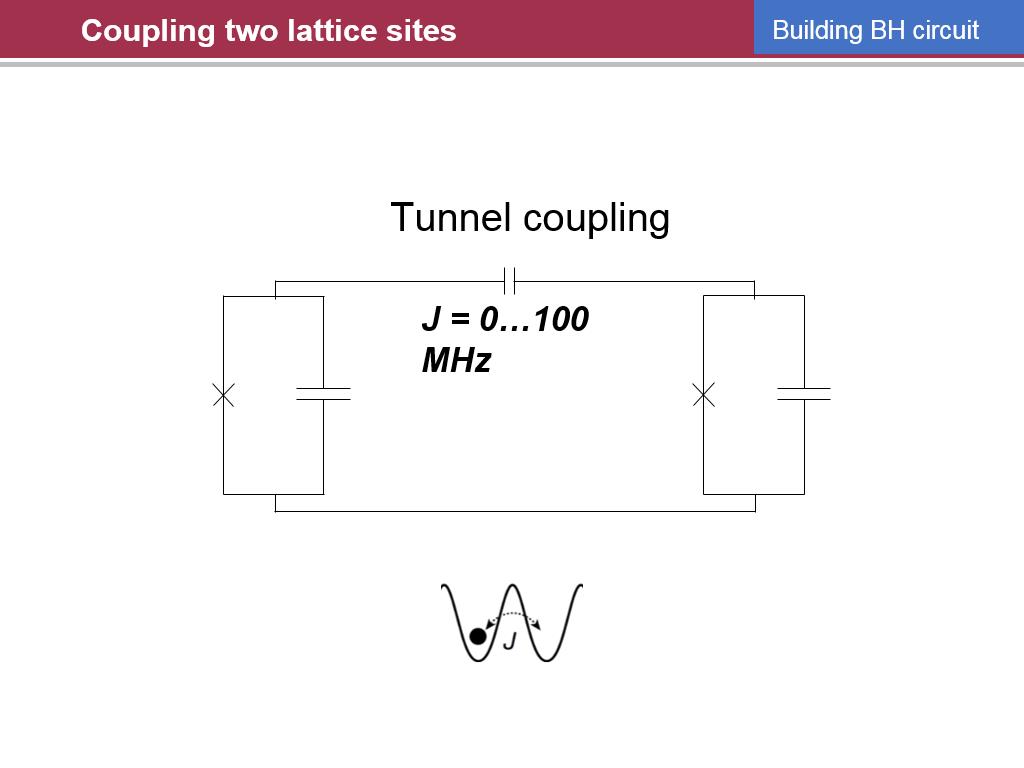 15. Coupling two lattice sites
1415.8158158158158
00:00/00:00
15. Coupling two lattice sites
1415.8158158158158
00:00/00:00 -
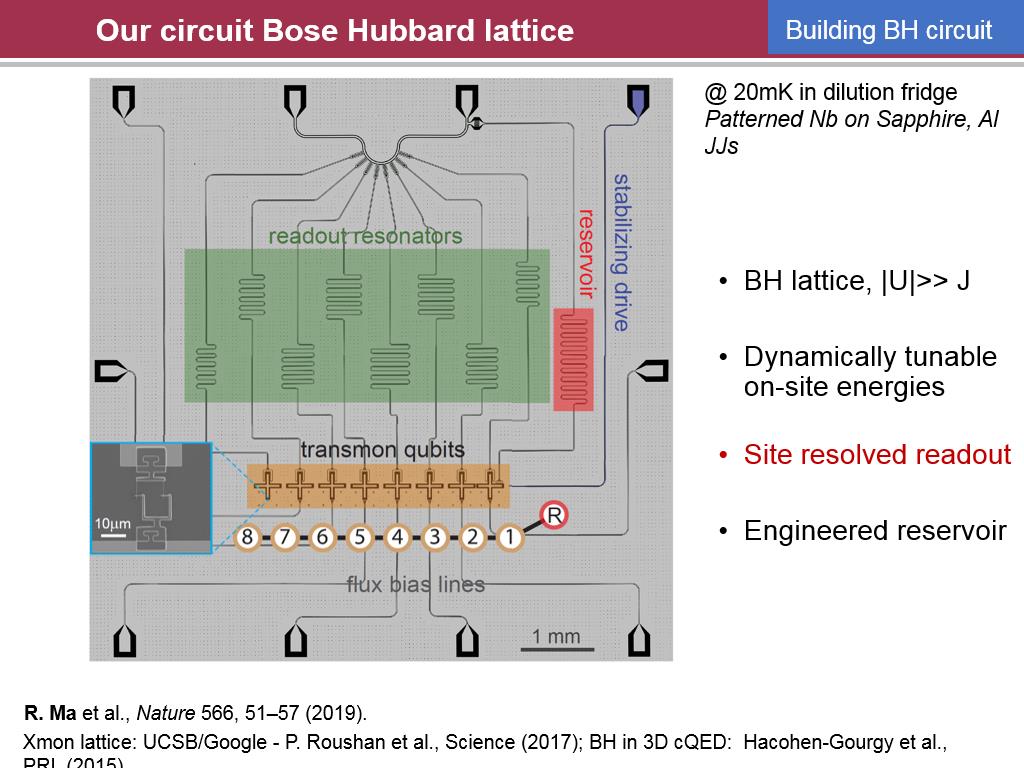 16. Our circuit Bose Hubbard latti…
1487.253920587254
00:00/00:00
16. Our circuit Bose Hubbard latti…
1487.253920587254
00:00/00:00 -
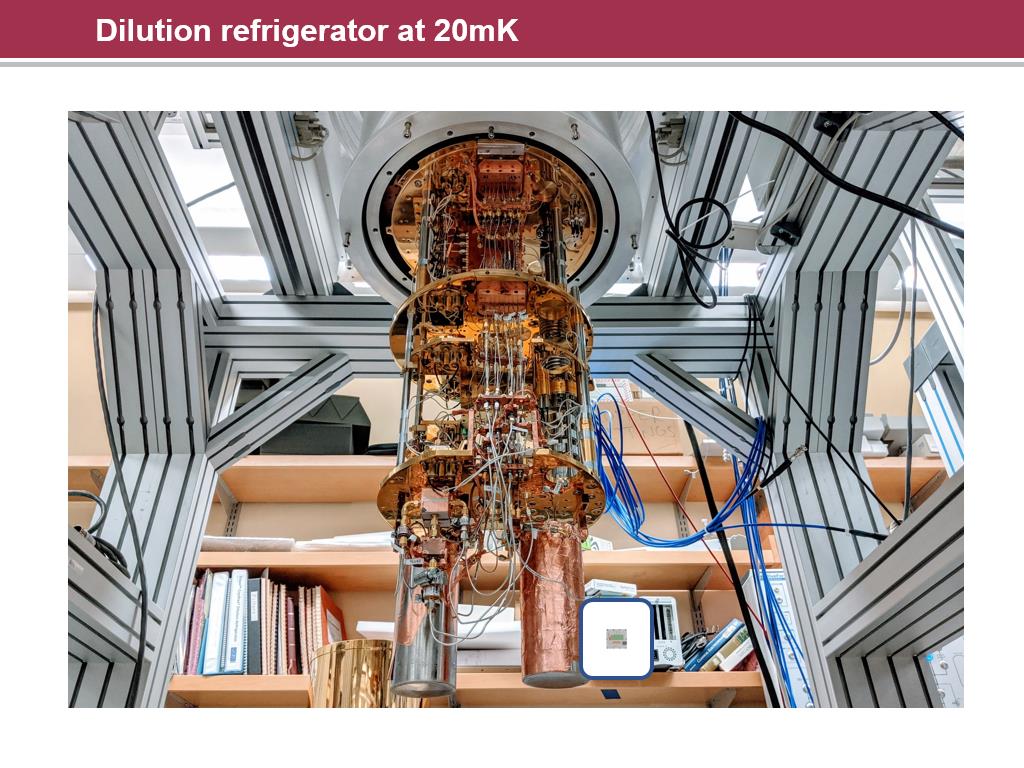 17. Dilution refrigerator at 20mK
1615.8825492158826
00:00/00:00
17. Dilution refrigerator at 20mK
1615.8825492158826
00:00/00:00 -
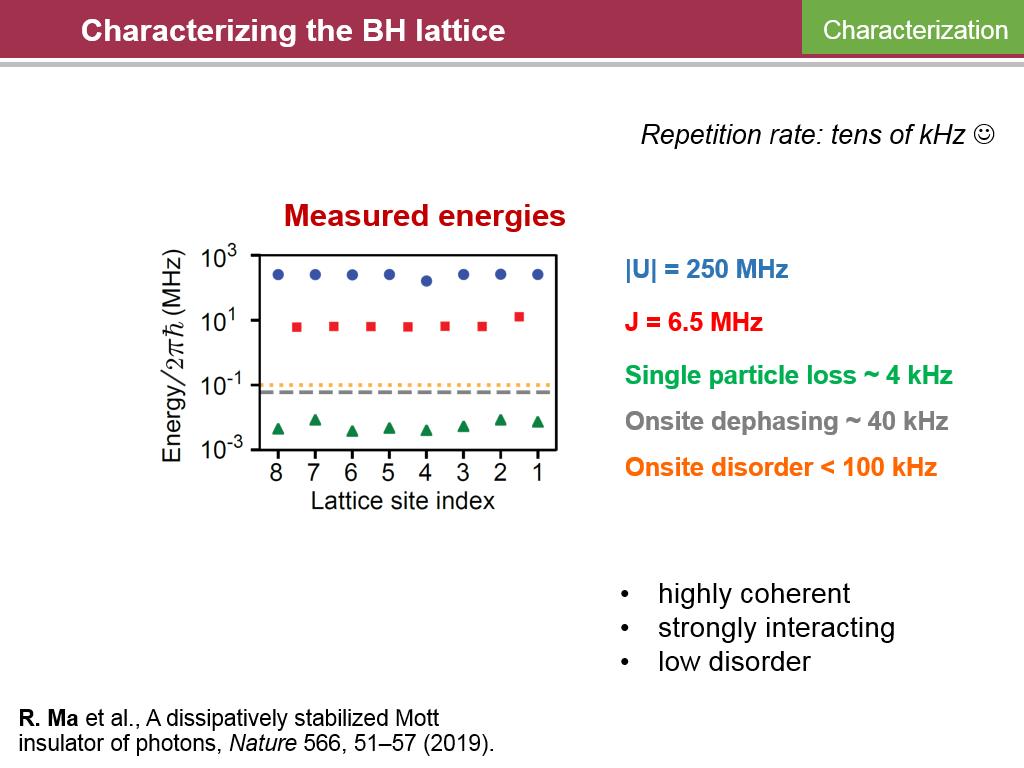 18. Characterizing the BH lattice
1628.4617951284617
00:00/00:00
18. Characterizing the BH lattice
1628.4617951284617
00:00/00:00 -
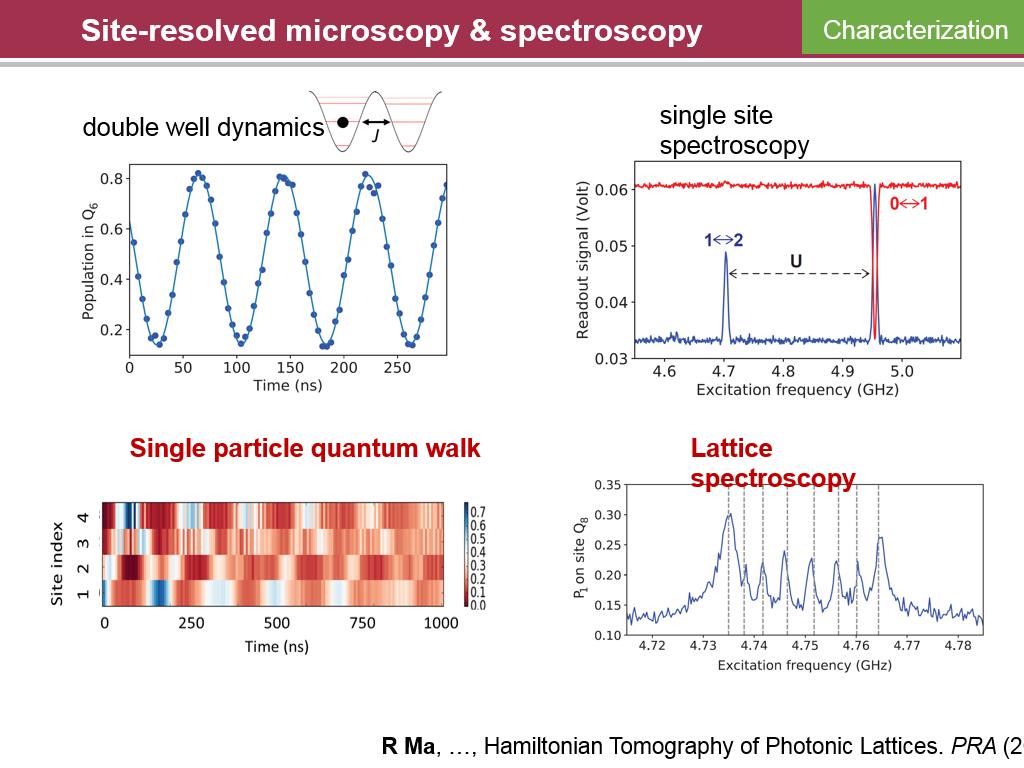 19. Site-resolved microscopy & spe…
1733.6002669336003
00:00/00:00
19. Site-resolved microscopy & spe…
1733.6002669336003
00:00/00:00 -
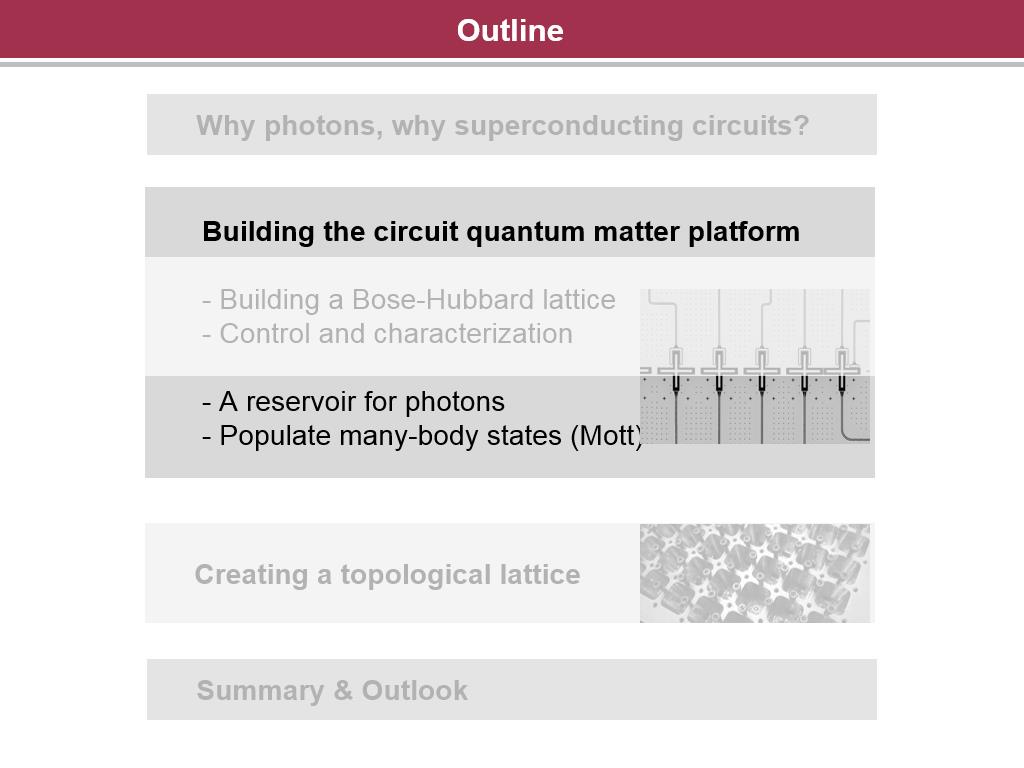 20. Outline
1907.6743410076745
00:00/00:00
20. Outline
1907.6743410076745
00:00/00:00 -
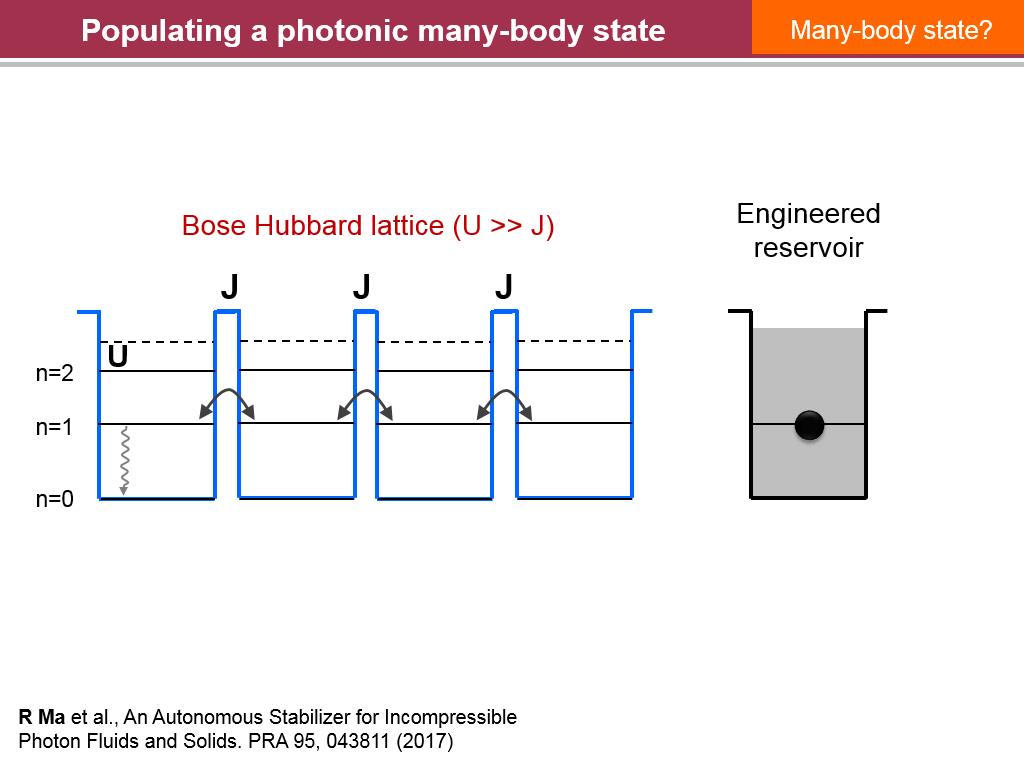 21. Populating a photonic many-bod…
1960.8942275608943
00:00/00:00
21. Populating a photonic many-bod…
1960.8942275608943
00:00/00:00 -
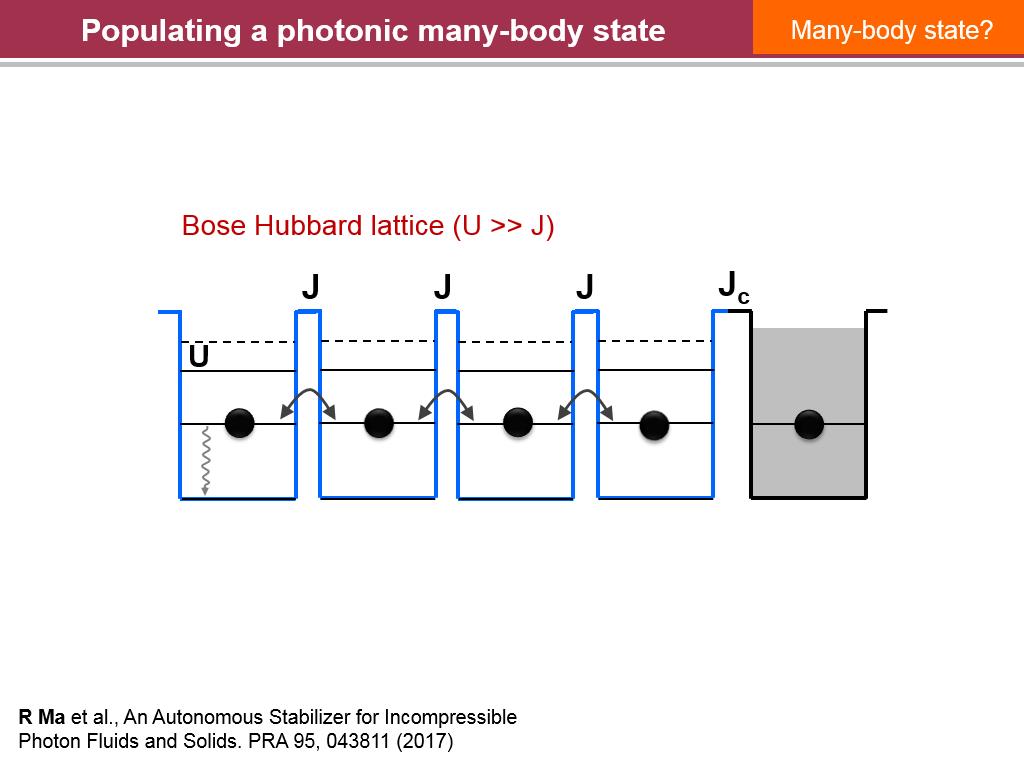 22. Populating a photonic many-bod…
1997.1638304971639
00:00/00:00
22. Populating a photonic many-bod…
1997.1638304971639
00:00/00:00 -
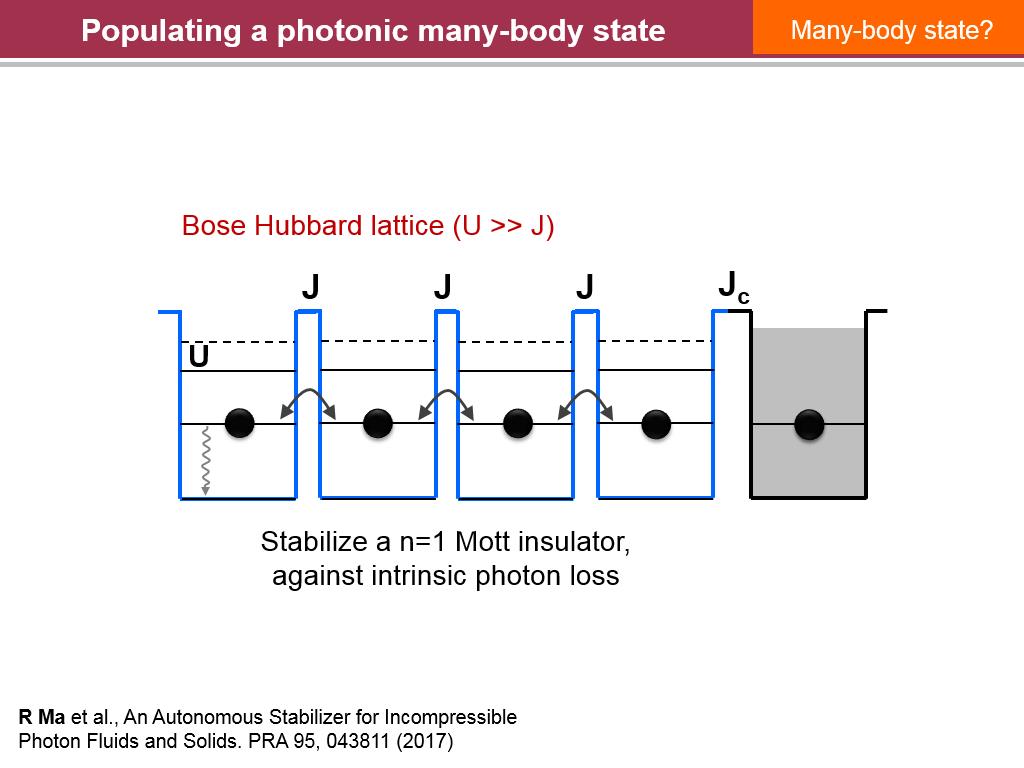 23. Populating a photonic many-bod…
2016.1494828161497
00:00/00:00
23. Populating a photonic many-bod…
2016.1494828161497
00:00/00:00 -
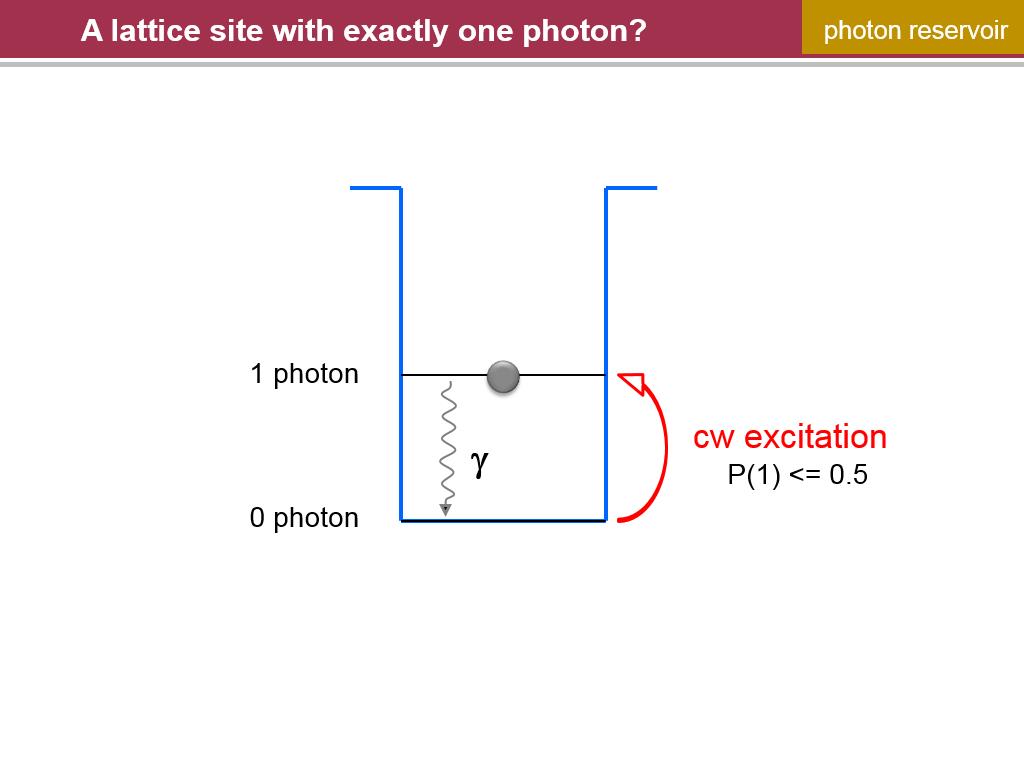 24. A lattice site with exactly on…
2150.6506506506507
00:00/00:00
24. A lattice site with exactly on…
2150.6506506506507
00:00/00:00 -
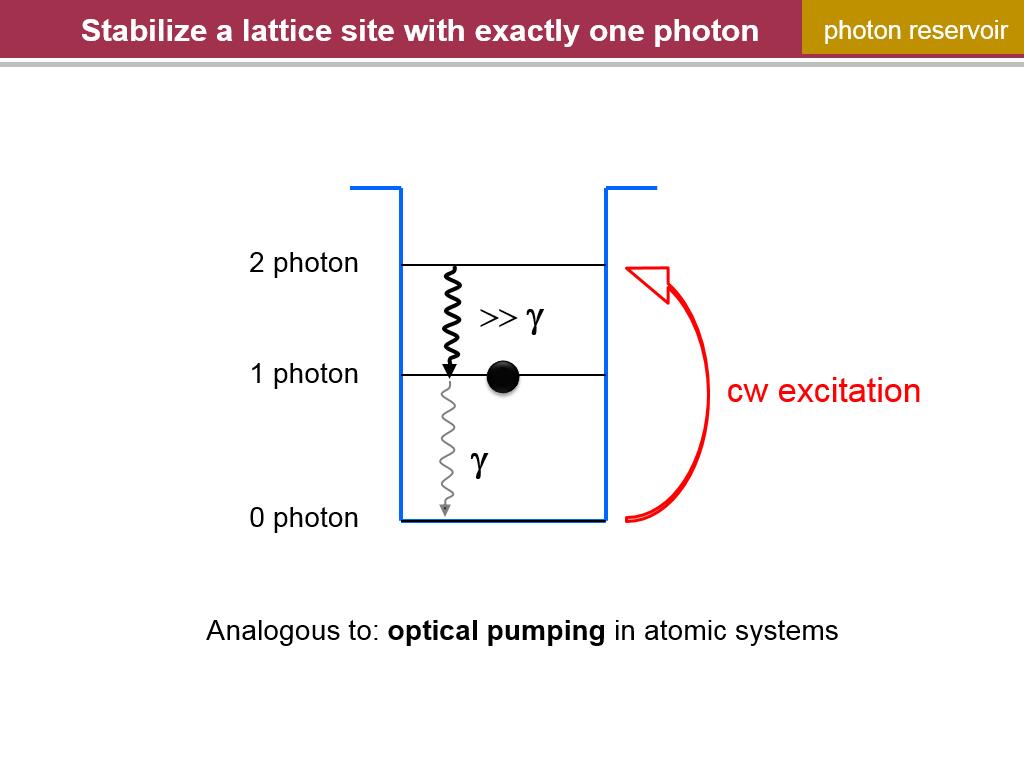 25. Stabilize a lattice site with …
2183.7170503837169
00:00/00:00
25. Stabilize a lattice site with …
2183.7170503837169
00:00/00:00 -
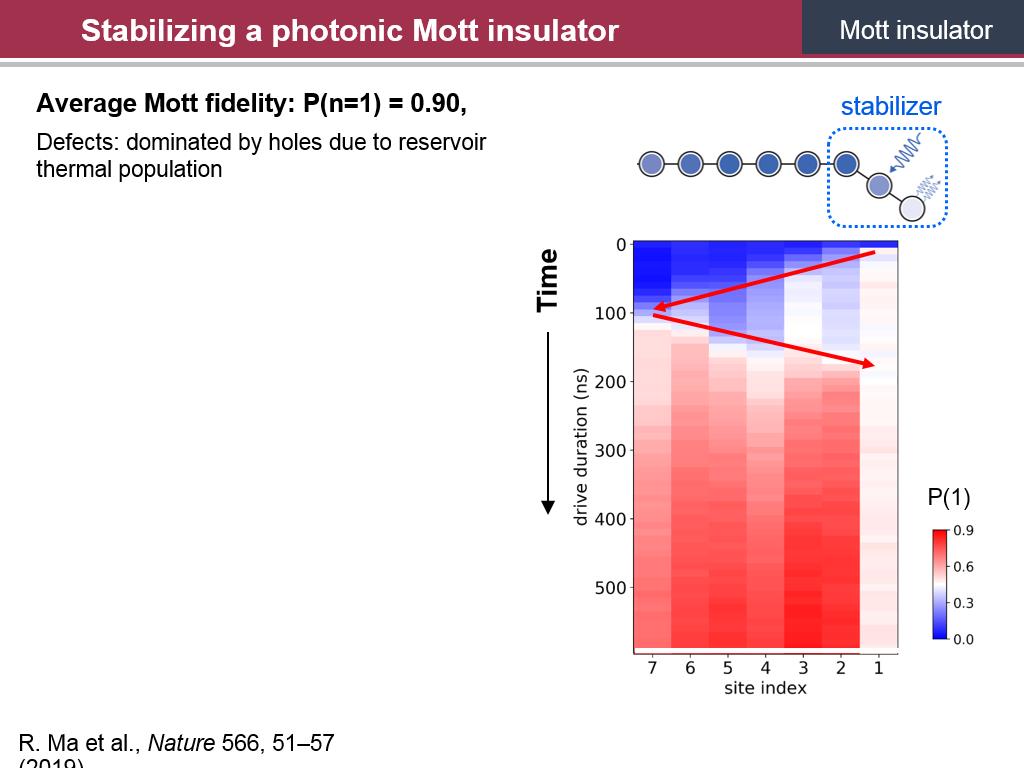 26. Stabilizing a photonic Mott in…
2245.9125792459126
00:00/00:00
26. Stabilizing a photonic Mott in…
2245.9125792459126
00:00/00:00 -
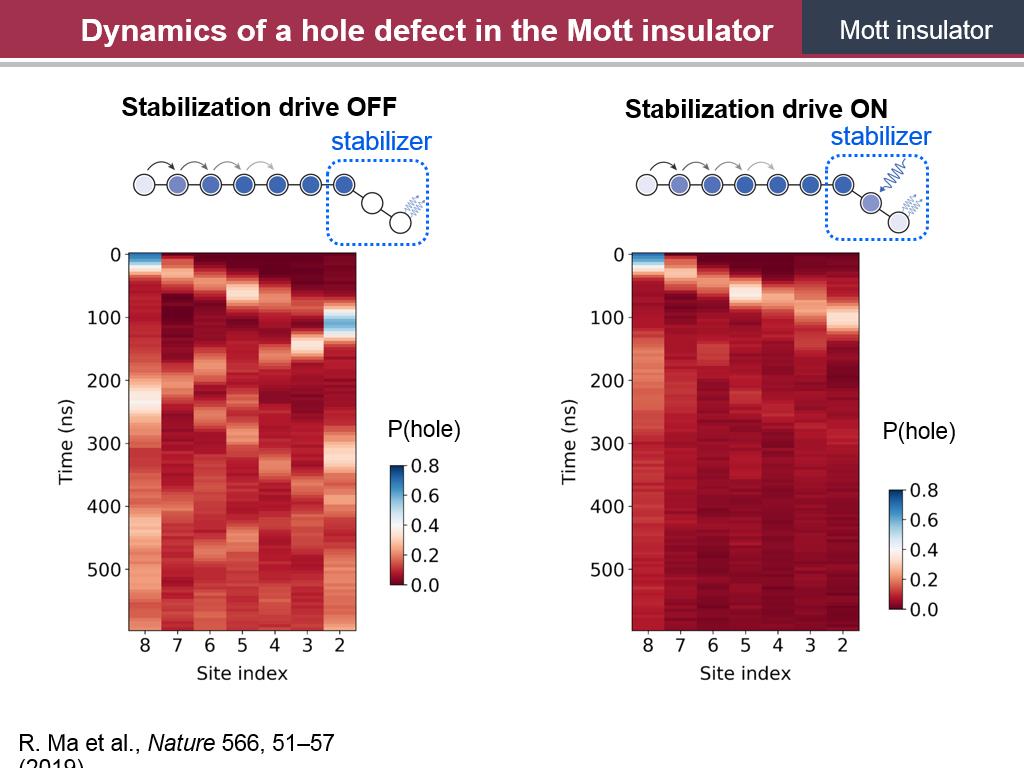 27. Dynamics of a hole defect in t…
2572.8395061728397
00:00/00:00
27. Dynamics of a hole defect in t…
2572.8395061728397
00:00/00:00 -
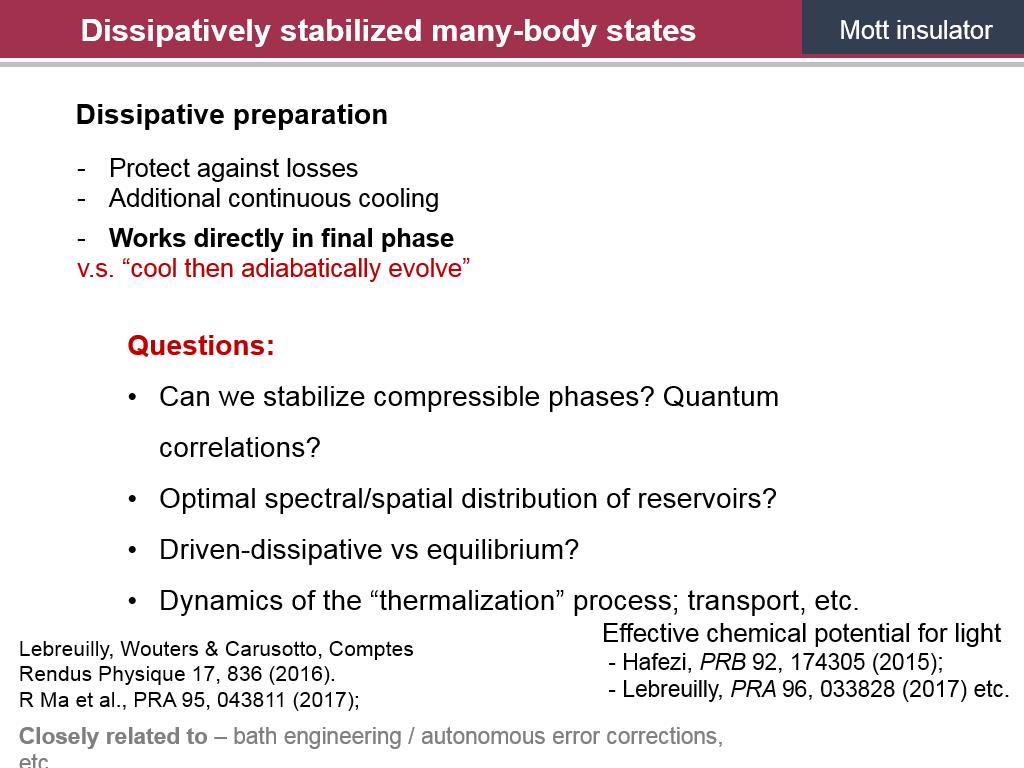 28. Dissipatively stabilized many-…
2744.4110777444112
00:00/00:00
28. Dissipatively stabilized many-…
2744.4110777444112
00:00/00:00 -
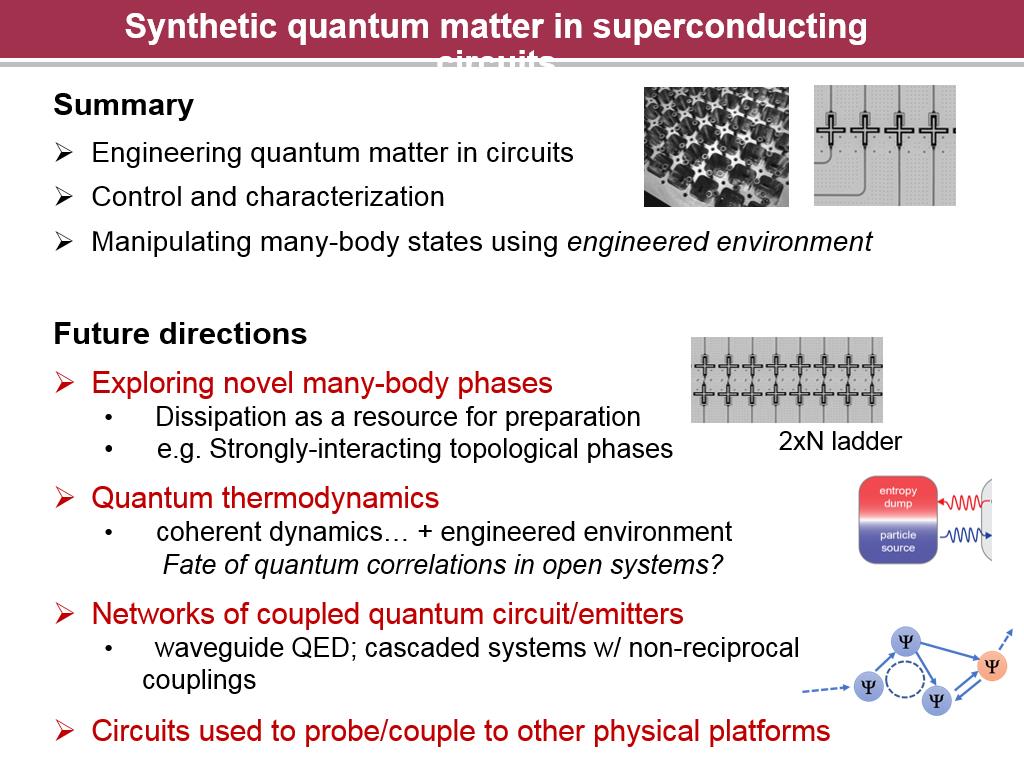 29. Synthetic quantum matter in su…
2858.2916249582918
00:00/00:00
29. Synthetic quantum matter in su…
2858.2916249582918
00:00/00:00 -
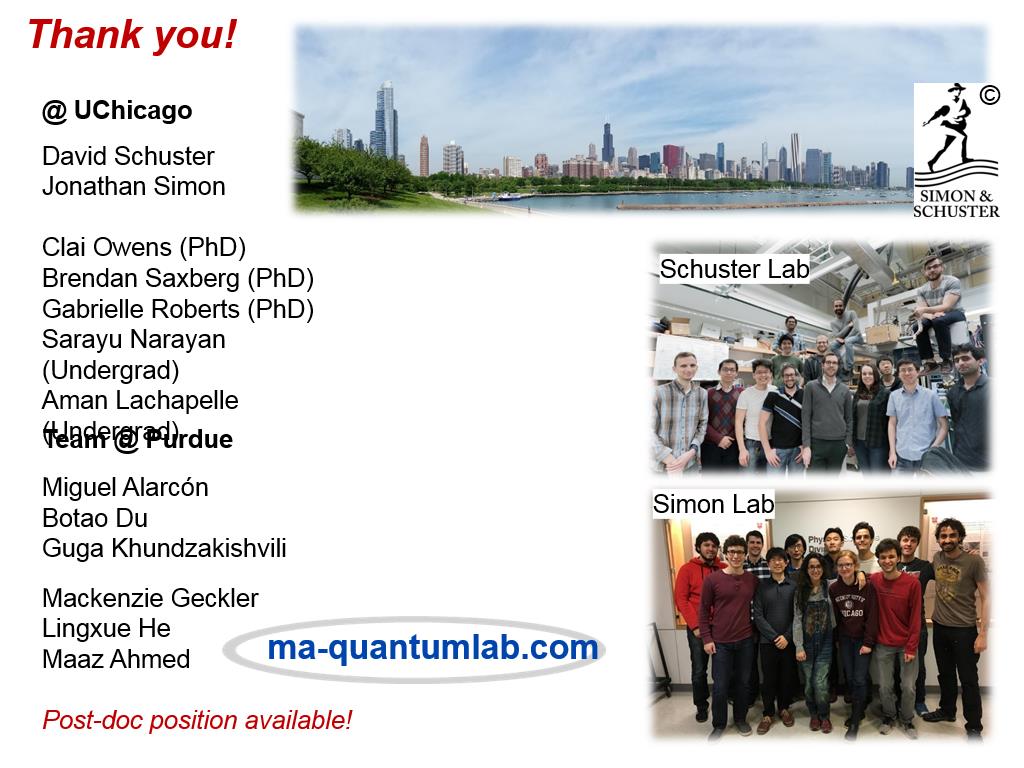 30. Thank you!
2977.5775775775778
00:00/00:00
30. Thank you!
2977.5775775775778
00:00/00:00
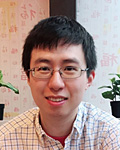 Alex Ruichao Ma, Assistant Professor of Physics and Astronomy, Purdue University. Prof. Ma received his B.Sc in Physics from Nanyang Technological University, Singapore in 2009. He received his Ph.D. in Physics from Harvard University in 2014, studying strongly-correlated phases of ultracold atoms in optical lattices, in the group of Markus Greiner. He was a Postdoc at the Harvard/MIT Center for Ultracold Atoms from 2014-2015 and at the James Frank Institute, University of Chicago from 2015-2019. At Chicago, he worked on creating synthetic quantum materials in superconducting circuits, in the groups of David Schuster and Jonathan Simon. Alex joined Purdue University as an Assistant Professor in the Department of Physics and Astronomy in August 2019. His experimental group focuses on quantum many- body physics and quantum information using superconducting circuits, with research interests that remain at the intersection between condensed matter, AMO, and quantum information sciences.
Alex Ruichao Ma, Assistant Professor of Physics and Astronomy, Purdue University. Prof. Ma received his B.Sc in Physics from Nanyang Technological University, Singapore in 2009. He received his Ph.D. in Physics from Harvard University in 2014, studying strongly-correlated phases of ultracold atoms in optical lattices, in the group of Markus Greiner. He was a Postdoc at the Harvard/MIT Center for Ultracold Atoms from 2014-2015 and at the James Frank Institute, University of Chicago from 2015-2019. At Chicago, he worked on creating synthetic quantum materials in superconducting circuits, in the groups of David Schuster and Jonathan Simon. Alex joined Purdue University as an Assistant Professor in the Department of Physics and Astronomy in August 2019. His experimental group focuses on quantum many- body physics and quantum information using superconducting circuits, with research interests that remain at the intersection between condensed matter, AMO, and quantum information sciences.